My name is Vadim Luppo. As of 2024, I have visited 24 countries: some by sailboat, others by land.
I have been on continuous travels for over 8 years.
Something that will help make your dream of a sailboat come true very soon!
Please take this seriously and read carefully from beginning to end. Thank you!


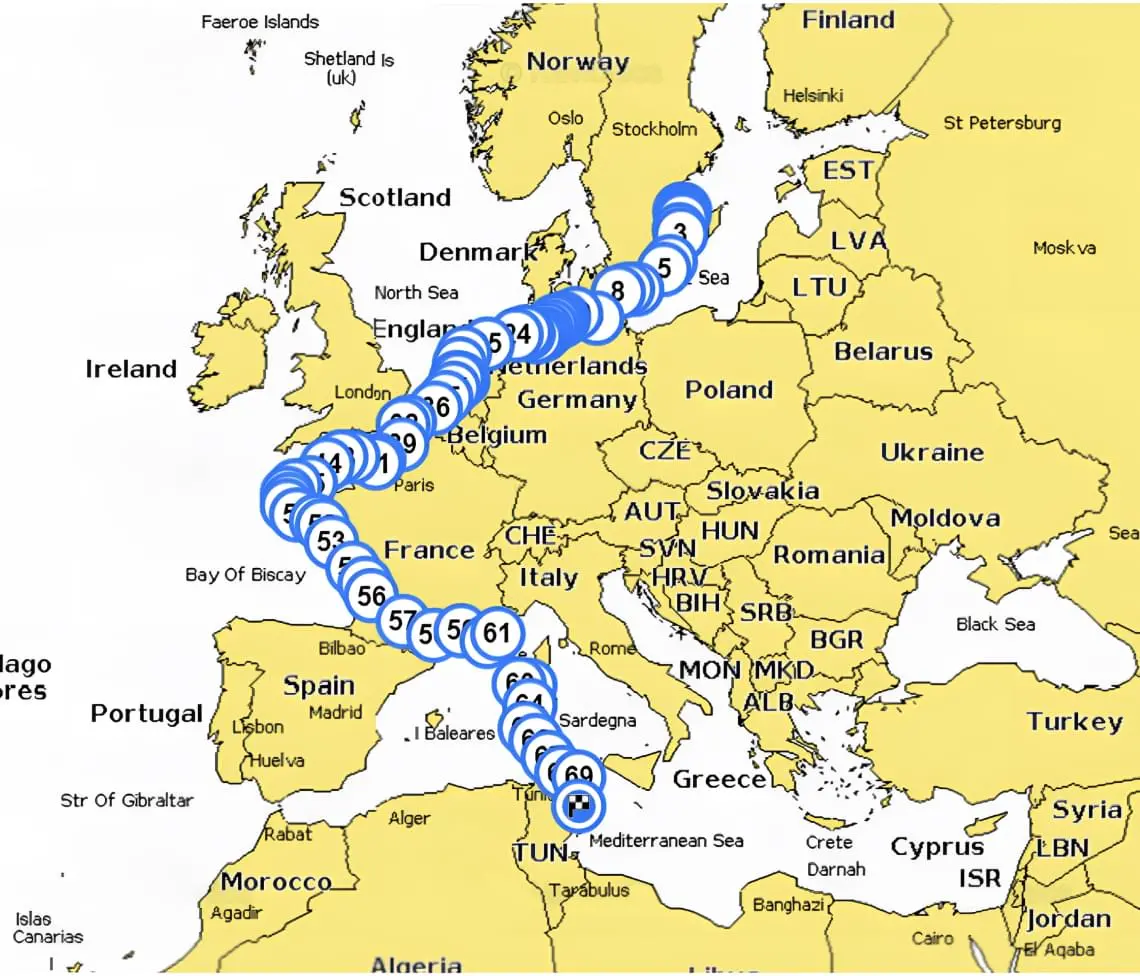
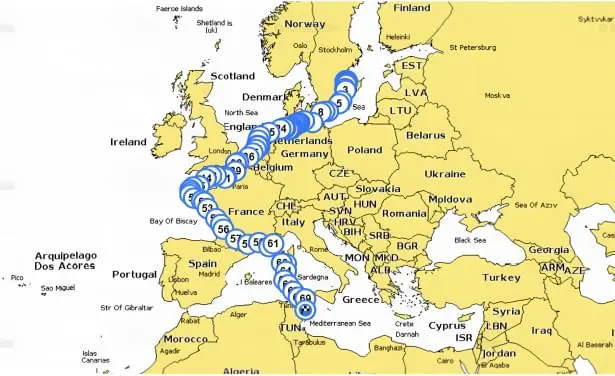
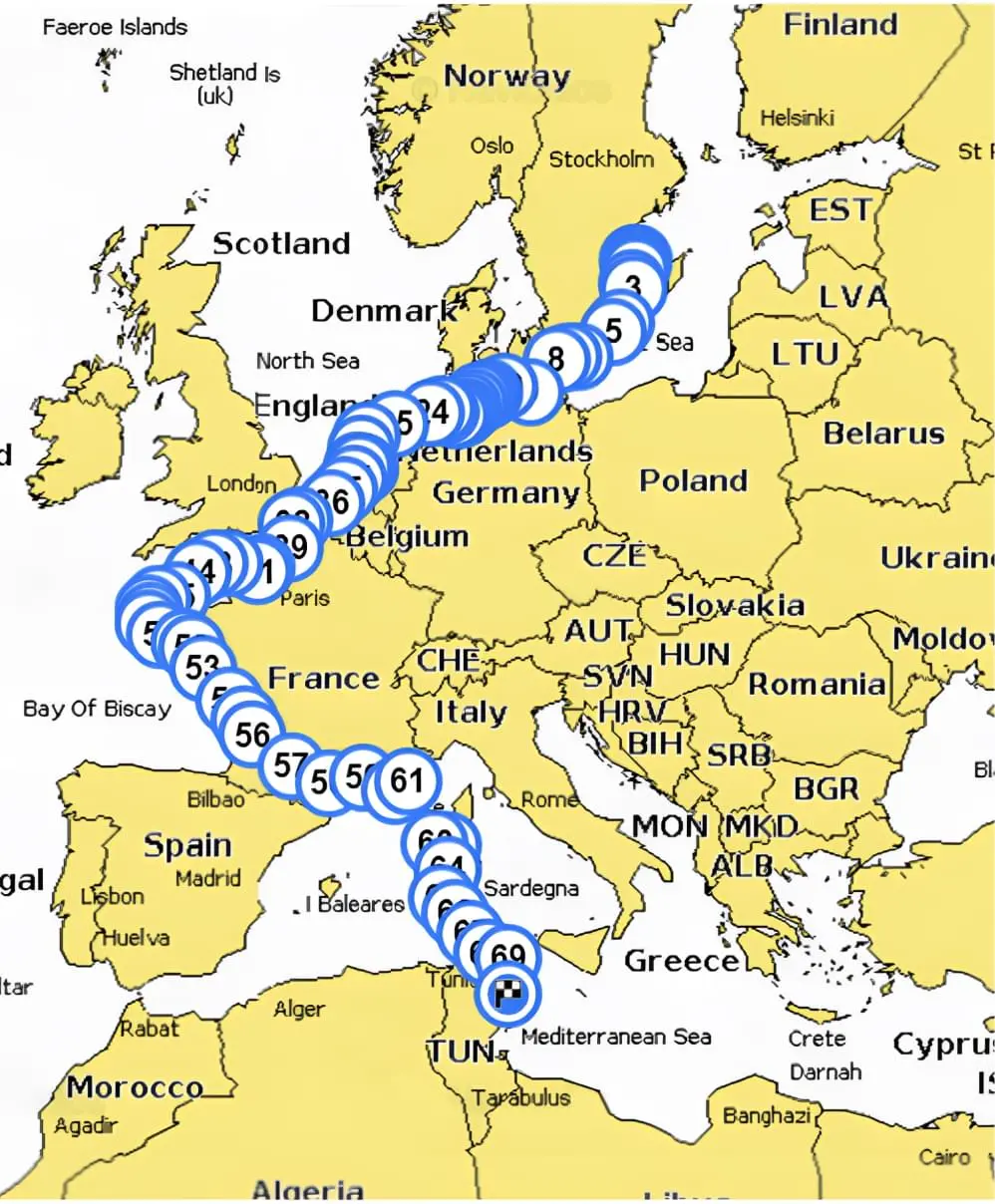
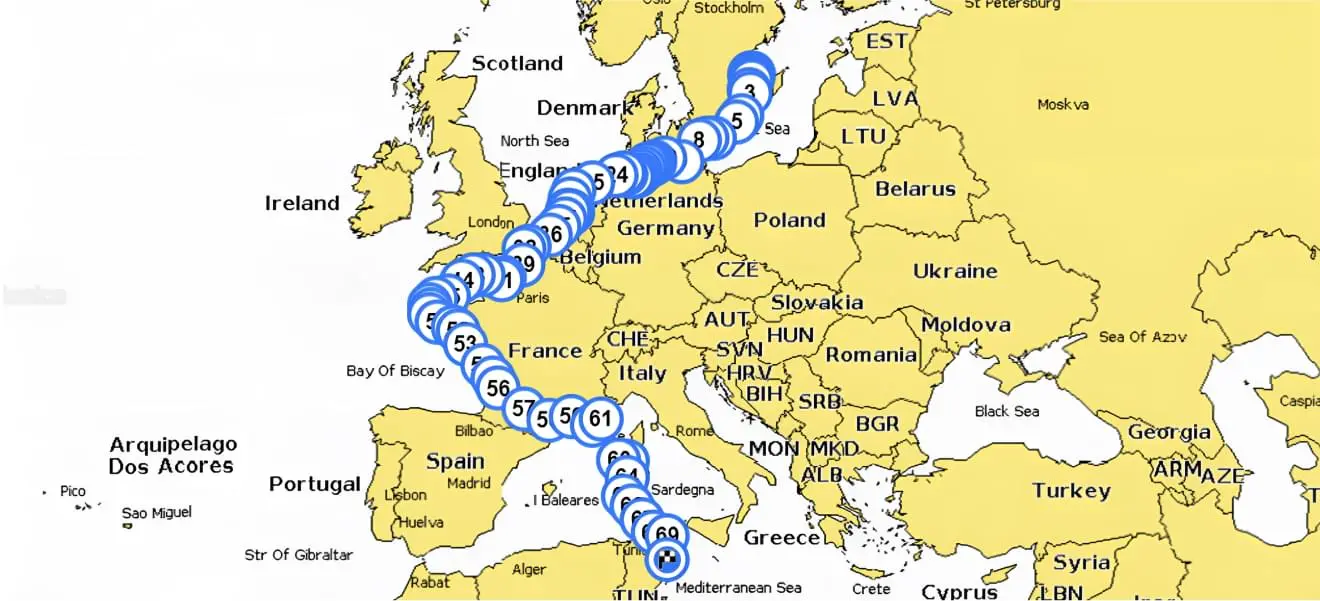

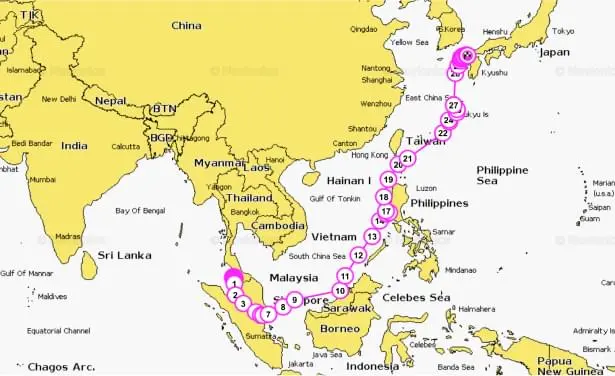
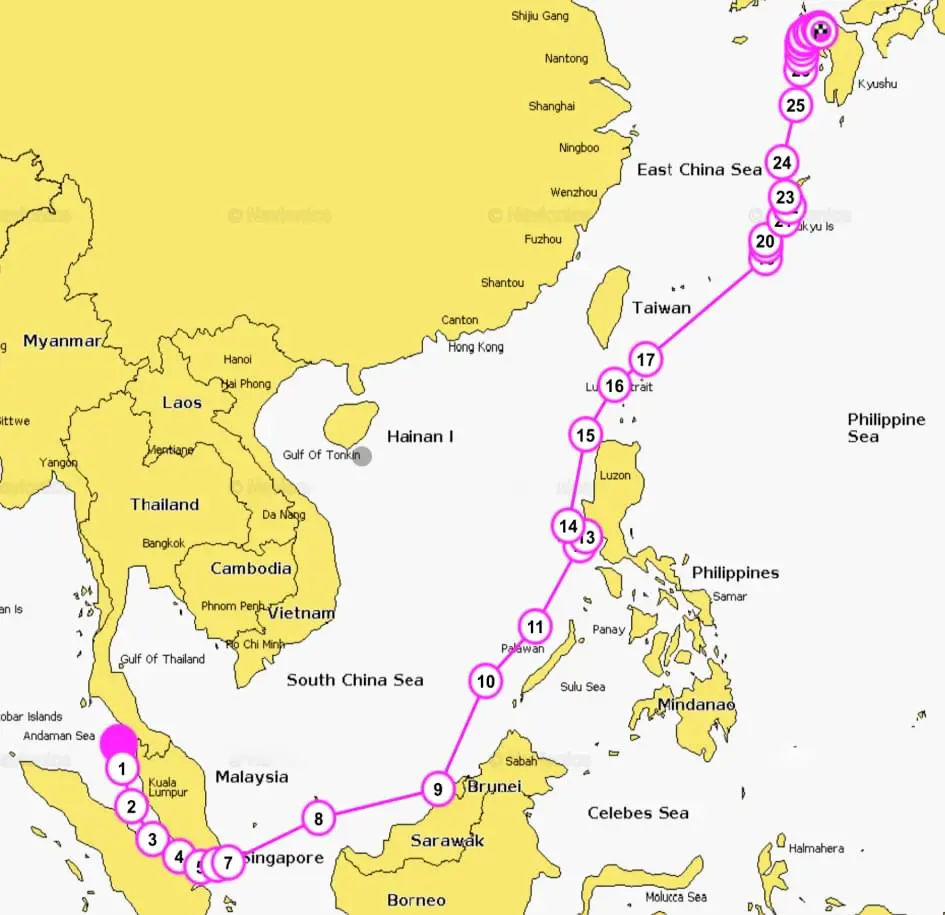




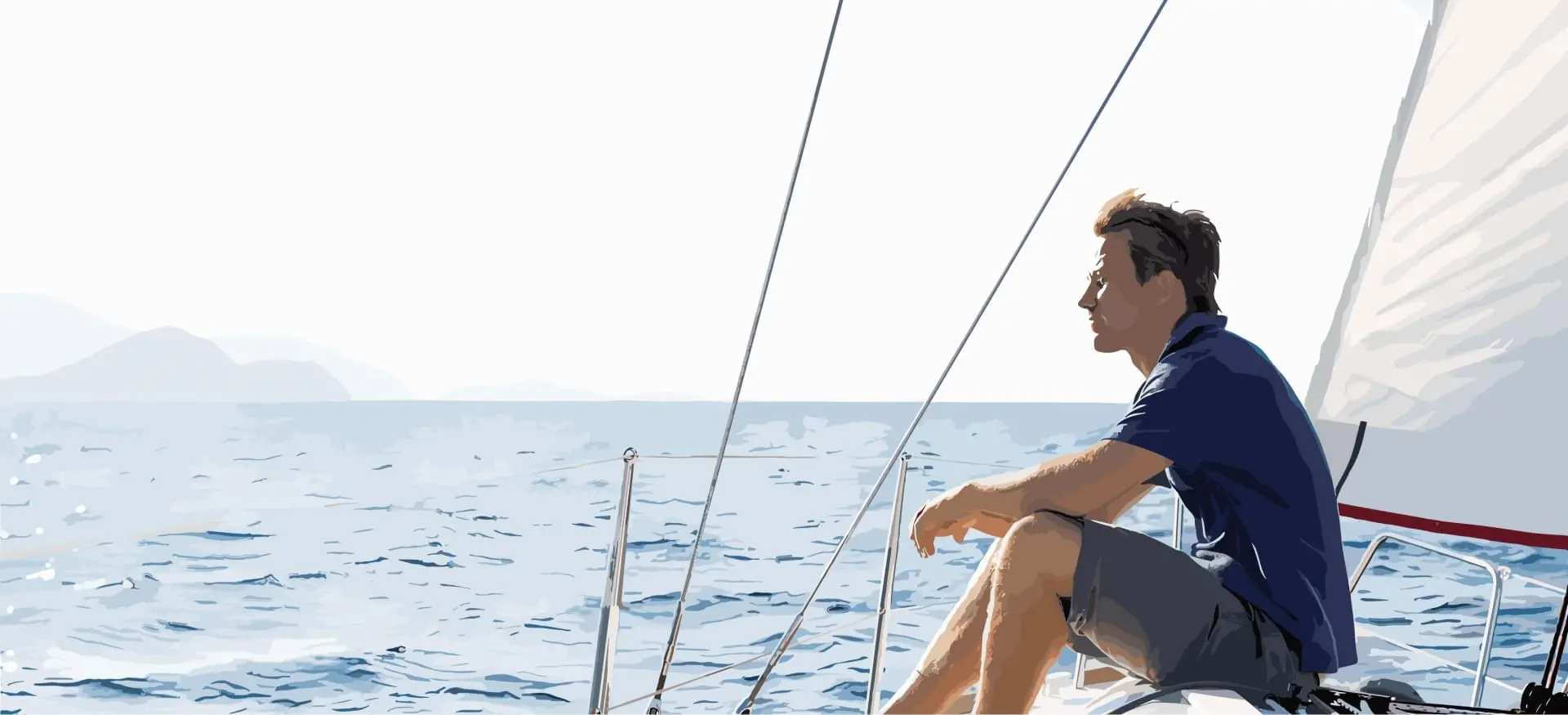
My team and I have made a complete video course that will help you become a true captain of your OWN yacht.
So many schools and courses prepare people to charter modern mainstream yachts.
Our video course is oriented to DIFFERENT SIZES of cruising sailboats, to OWNING a sailboat, to buying YOUR OWN SAILBOAT.


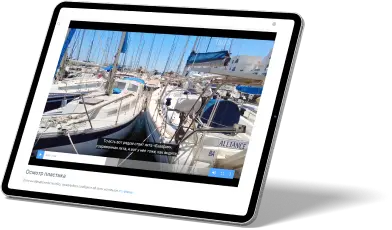

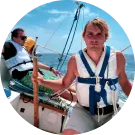
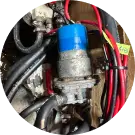

Coastal travel, sea crossings up to 200 miles away from the coast.
Sea crossings with a distance of up to 1000 miles and autonomy of up to 7-10 days.
Ocean crossings without restrictions and autonomy of up to 100 days.

I've sold all my boats at a profit. With the help of friends, we've developed various concepts for buying and selling. I'll tell you how to always stay in plus.
When sailing does not take money from the family budget, and sometimes even gives a little, it is doubly pleasant.
We're not talking about business, but about optimization where sailing doesn't lead to losses. It remains a hobby, but becomes a profitable hobby.
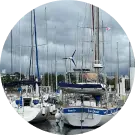
The complexity of systems depending on the size and budget of the yacht.
We analyze all the systems, how it works, how to maintain it, how much it costs, how to install, etc.
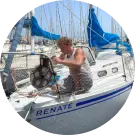
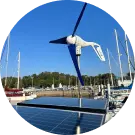






Using this sailboat Albin Vega as an example, I will show how easy it is to operate a small yacht. Arrange comfortable living, choose and buy it.
I will show all the technological solutions (they differ from large yachts). I will show how to maintain such a yacht for 100-150 euros in month (including the mooring fee).





Using this Marieholm 32E sailboat as an example, I'll show you how it differs from smaller sailboats. I'll show how to dock it, guide you through choosing and buying one, and reveal all the technical solutions (which are different from larger sailboats).
I'll also explain how to maintain such a sailboat on a budget of 150-200 euros per month, including mooring fees.






Because we've covered all segments, no matter which sailboat you want to buy for yourself. You'll have examples of what to deal with and how to handle it.
You'll have video examples for possible real-life situations in sailing or an understanding of how to find a solution.

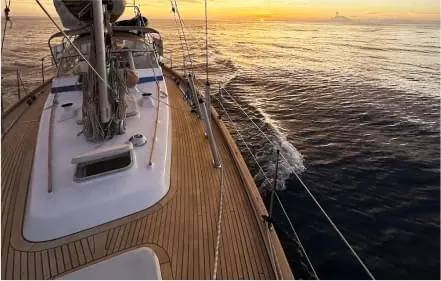
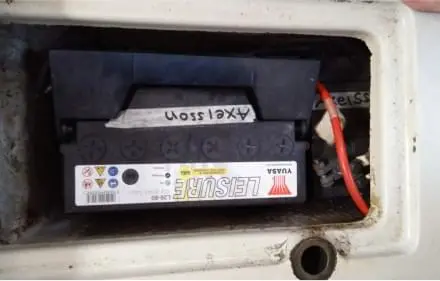
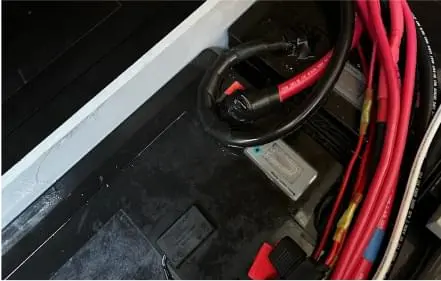
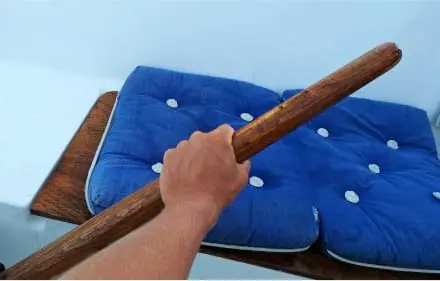

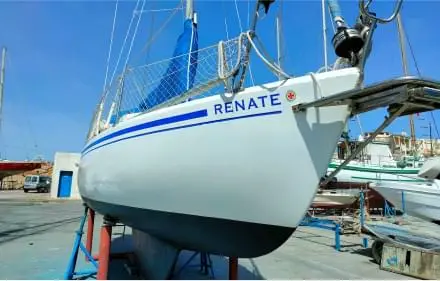
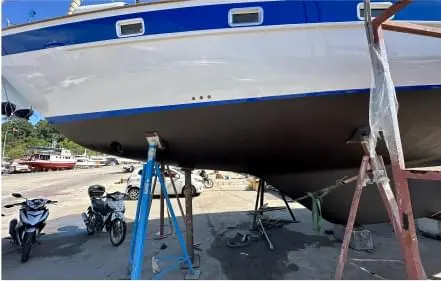


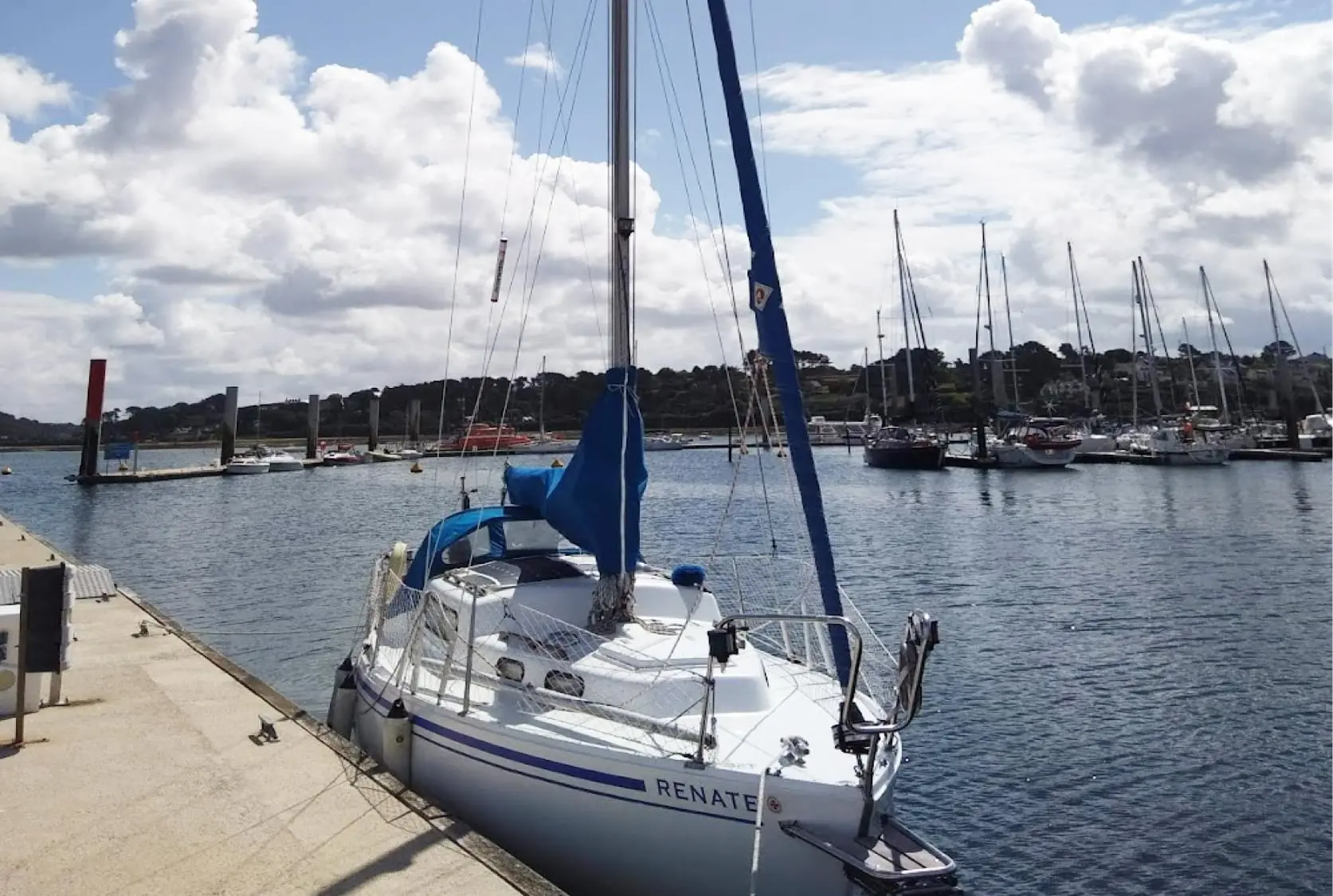

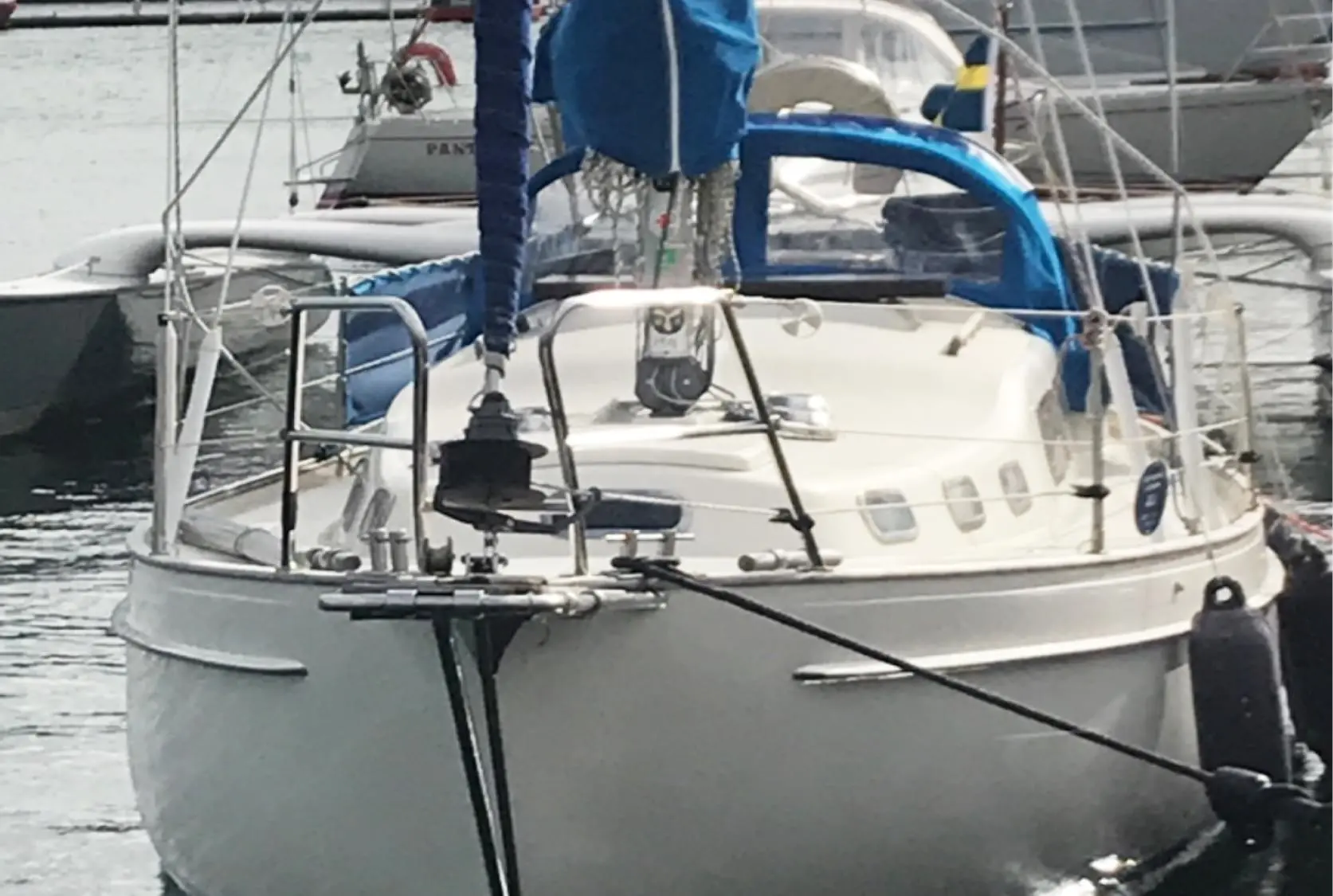



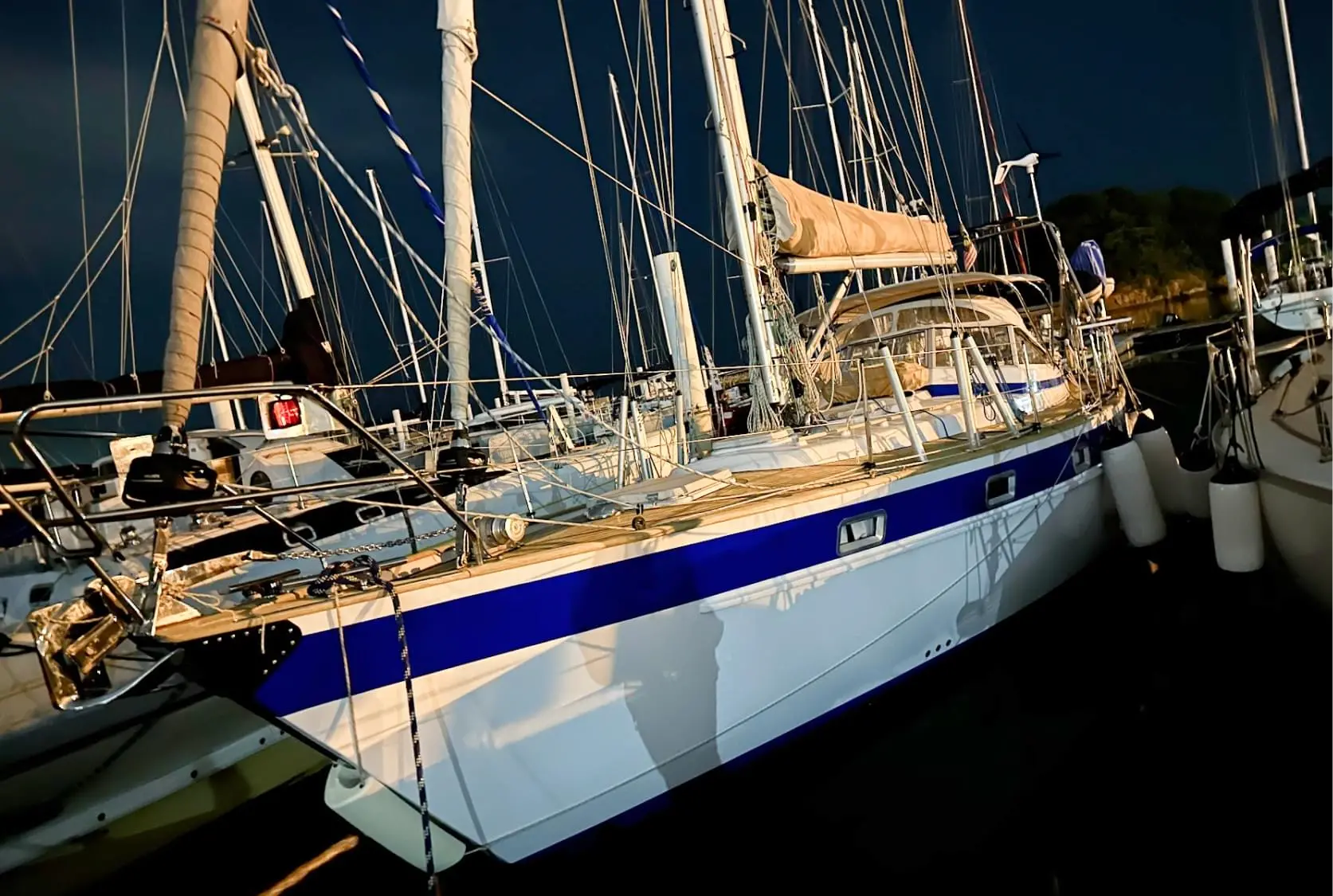



The high price of a sailboat doesn't mean it won't have issues. I've seen sailboats for €200,000 and €300,000 with big problems. Sometimes these problems are hidden, and when you buy such a sailboat, you might need to invest an additional €50,000 - €100,000 to turn it into a really good boat that can sail safely.
Moreover, often solving these problems does not increase the value of the boat, that is, it is really a loss of a lot of money due to lack of knowledge.
Hull deformation, hull delamination, osmosis, engine replacement, bad teak that can't be sanded, faulty seacocks, old rigging, portholes and hatches, bad mast, worn sails, outdated electronics with issues, old electrical system with problems, old plumbing with issues.




Let's say you have between 3,000 and 10,000 euros, you are a beginner, and you want to start with a small boat to get your first experience, but then you want to buy a bigger boat and then maybe even bigger one.
With my approach, you'll be able to buy good sailboats at a low cost and sell them for a significantly higher price by making minor changes and changing their location.
This isn't a business, but it will be an enjoyable hobby. Over the years, you'll gain experience, you'll have owned several boats, and most importantly, you'll be able to buy the sailboat of your dreams this way.
The process is roughly like this: you buy a boat for 3000 euros, improve its appearance a bit, and then sell it somewhere else where boats are more expensive (for example, you might transport it from Sweden to Germany), and there it can worth 6000-8000 euros!
If you start with 10,000 euros, you can transport a 32-foot sailboat to the Mediterranean Sea over the summer and sell it there for 25,000 euros. This has all been tested in practice by me and my readers.
It's important to strictly follow the criteria when buying and selling, otherwise, there won't be a profit, and you might even face a loss.
My concept in this approach is to make sailing should be an asset rather than a liability, or at least not to take a lot of money from your family budget. When this happens, the joy of sailing increases a lot!
On larger sizes, it also works. For example, you can buy an HR352 in Sweden for 50,000 - 70,000 euros and sell it in the Mediterranean for 80,000 - 100,000 euros.
It's not magic or a trick; the boat mostly increases in value due to a change of location. If someone wants to buy such a boat, they will have to hire a skipper, an assistant, and all of this is very expensive.
A skipper costs about 3 euros per nautical mile, a helper costs about 100 euros per day, a commercial ferrying of a boat from the Baltic Sea to the Mediterranean Sea can cost 15000-20000 euros, but commercial ferrying means responsibility for someone else's boat, working conditions, no freedom, and here you sail your own boat, do what you want, and in the end you get the same money, maybe less, but it is also less stress.
In the webinar you receive a step-by-step algorithm with specific numbers and a plan by steps and years.
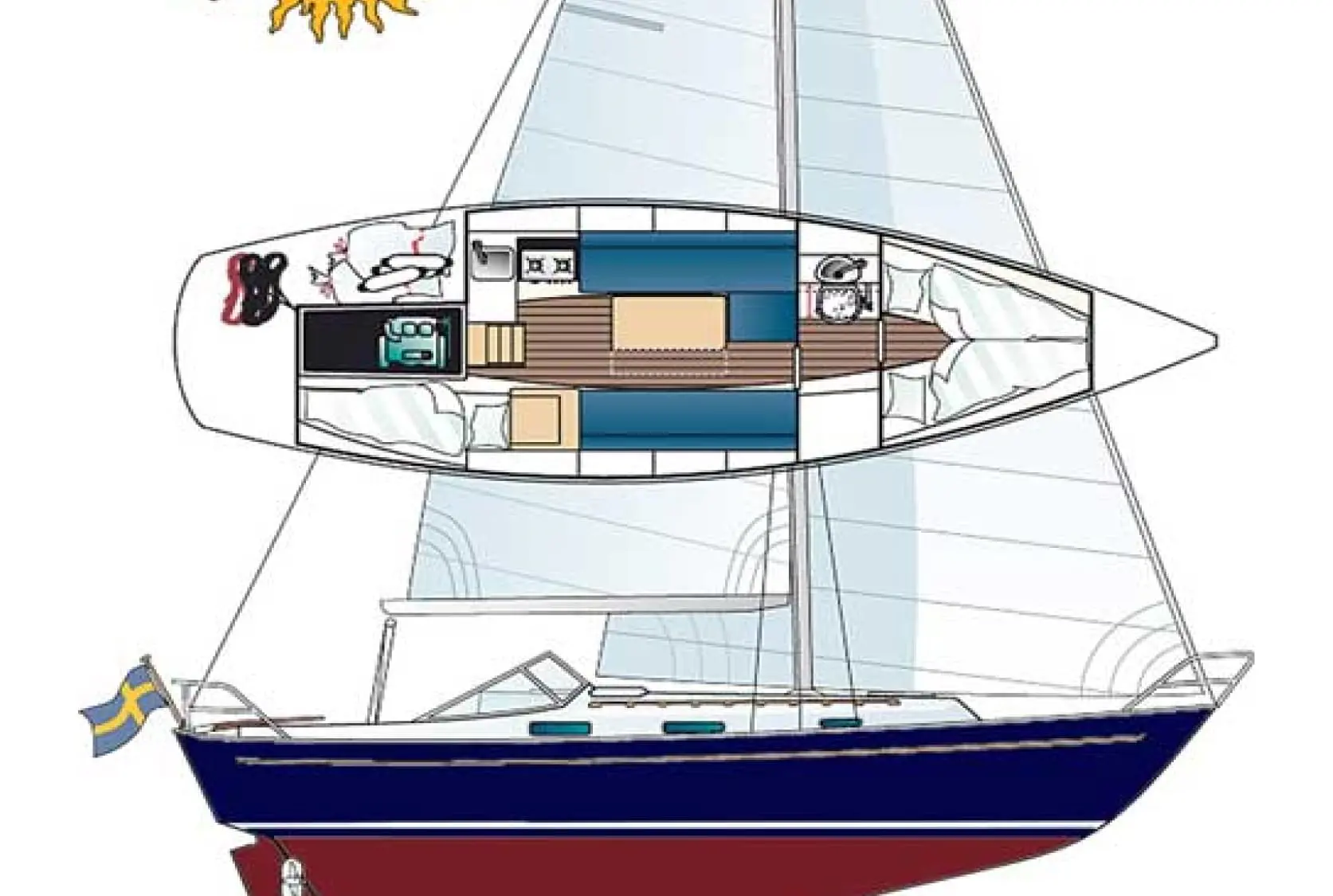

The main purpose of this section is to introduce you to the basic concepts of boats and to convey an understanding of what each boat is designed for, you should not neglect these nuances, or you may be in for a big disappointment.
We'll look through a lot of different manufacturers, you'll get a good understanding of boats.
One of the few sailboats with a long keel that you can buy new.


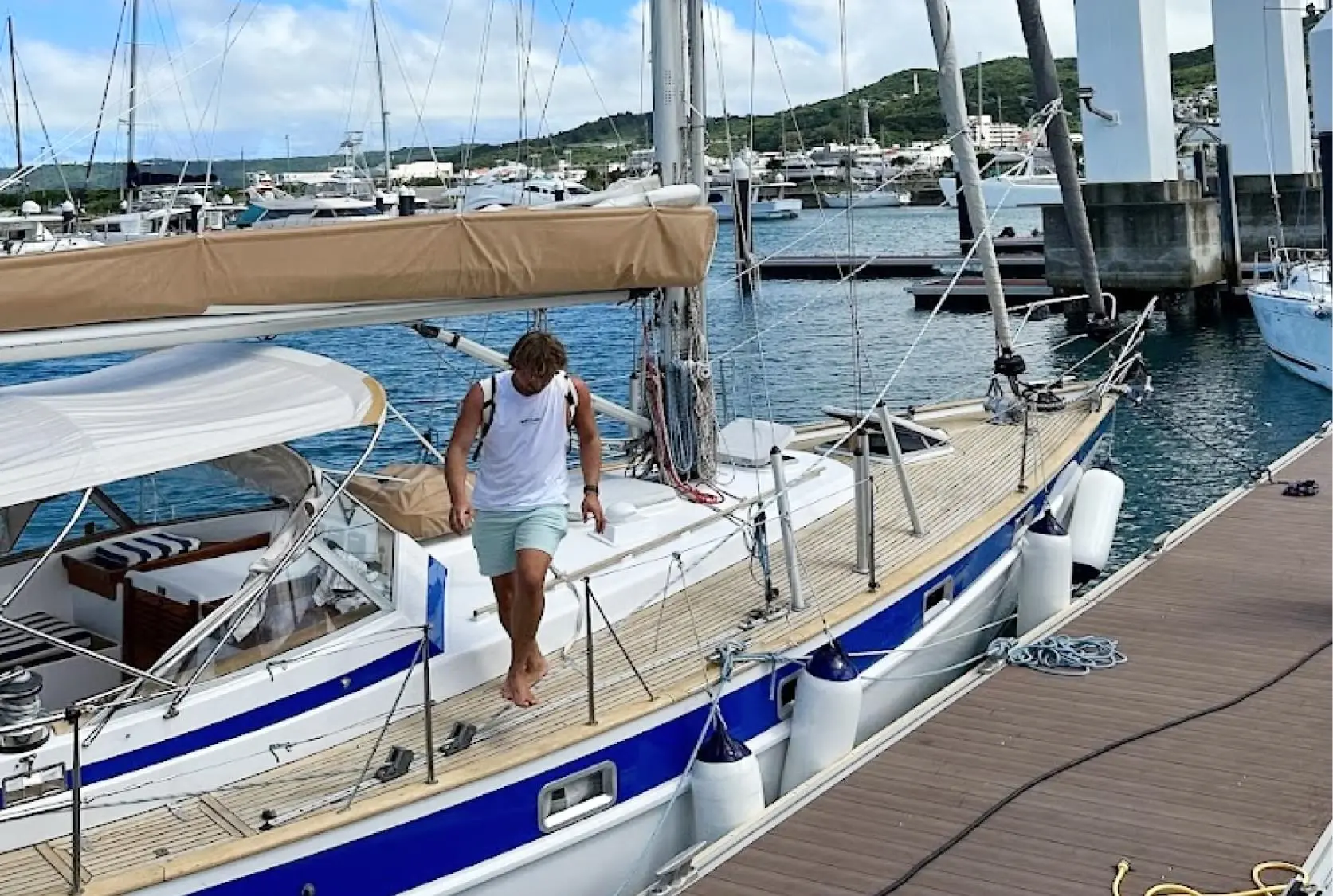

How I chose the boat, what's important to me.
I have some pretty clear criteria that not many boats meet, and you might like these criteria too.
I'll tell this in a short webinar. I'll explain why the HR382 is almost the perfect boat for me.
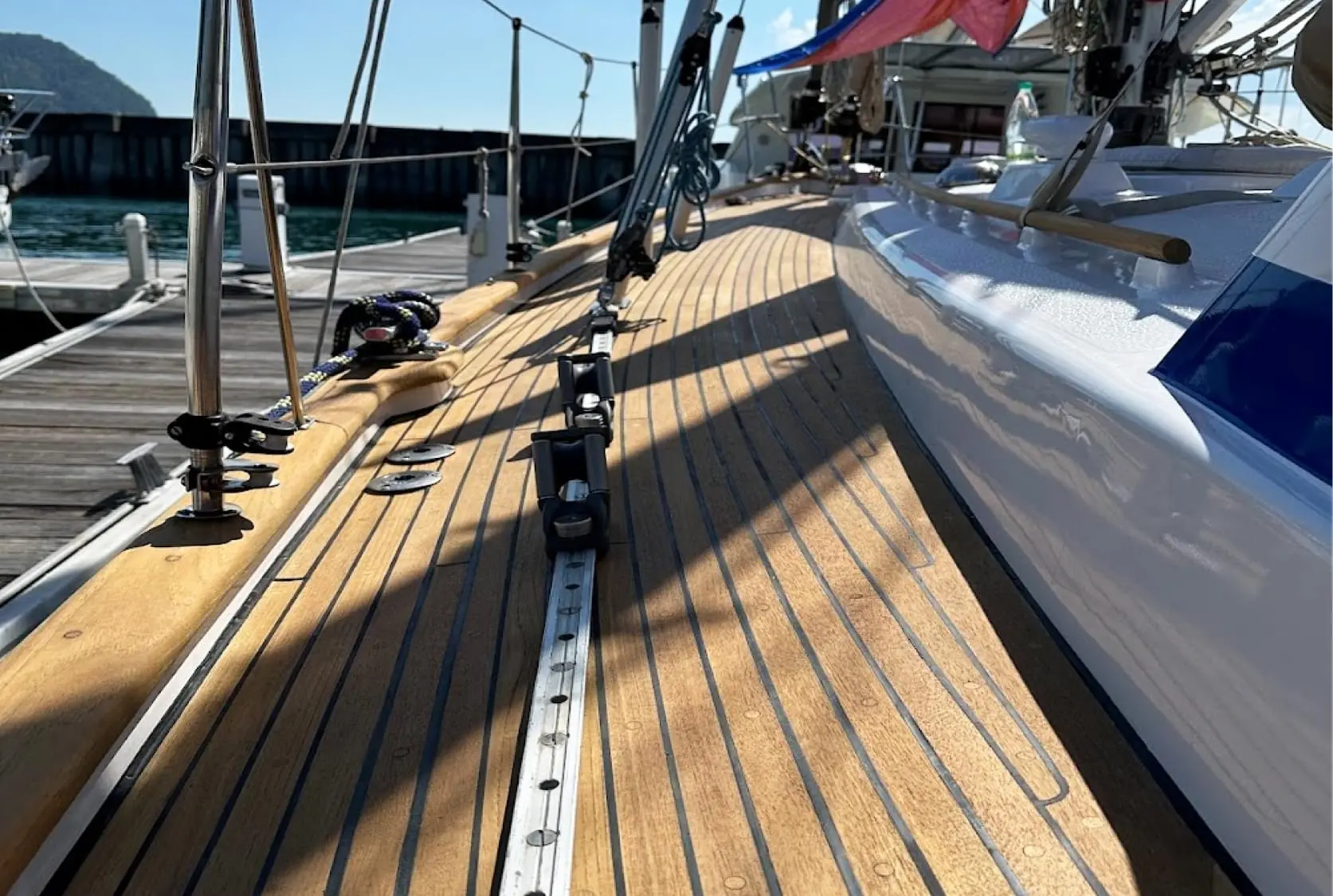

My experience with owning a boat with and without teak.
I think many understand that teak is beautiful, but very problematic to maintain.
In this webinar, I'll go into detail about the pros and cons of teak, my personal experience owning boats with and without teak.
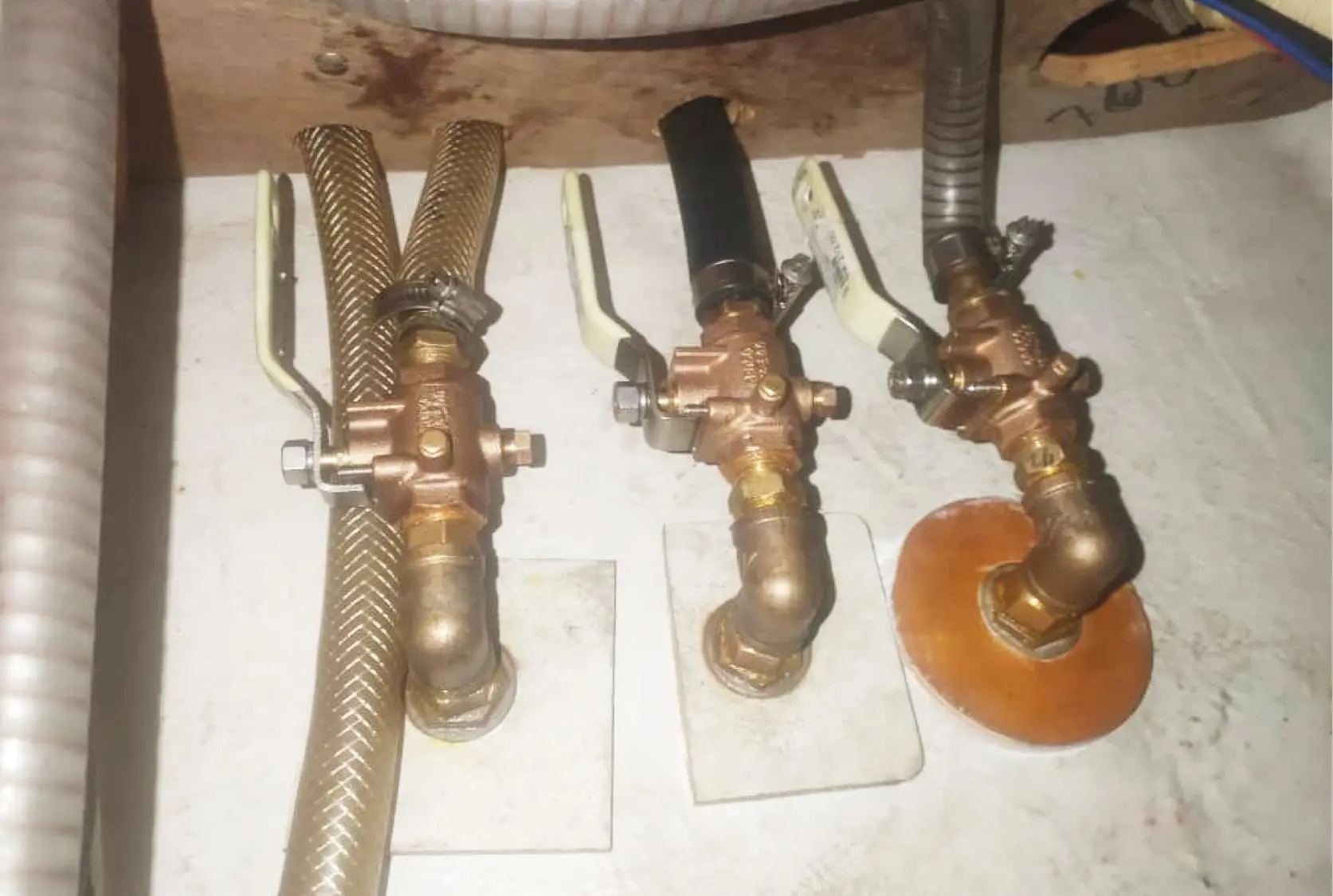
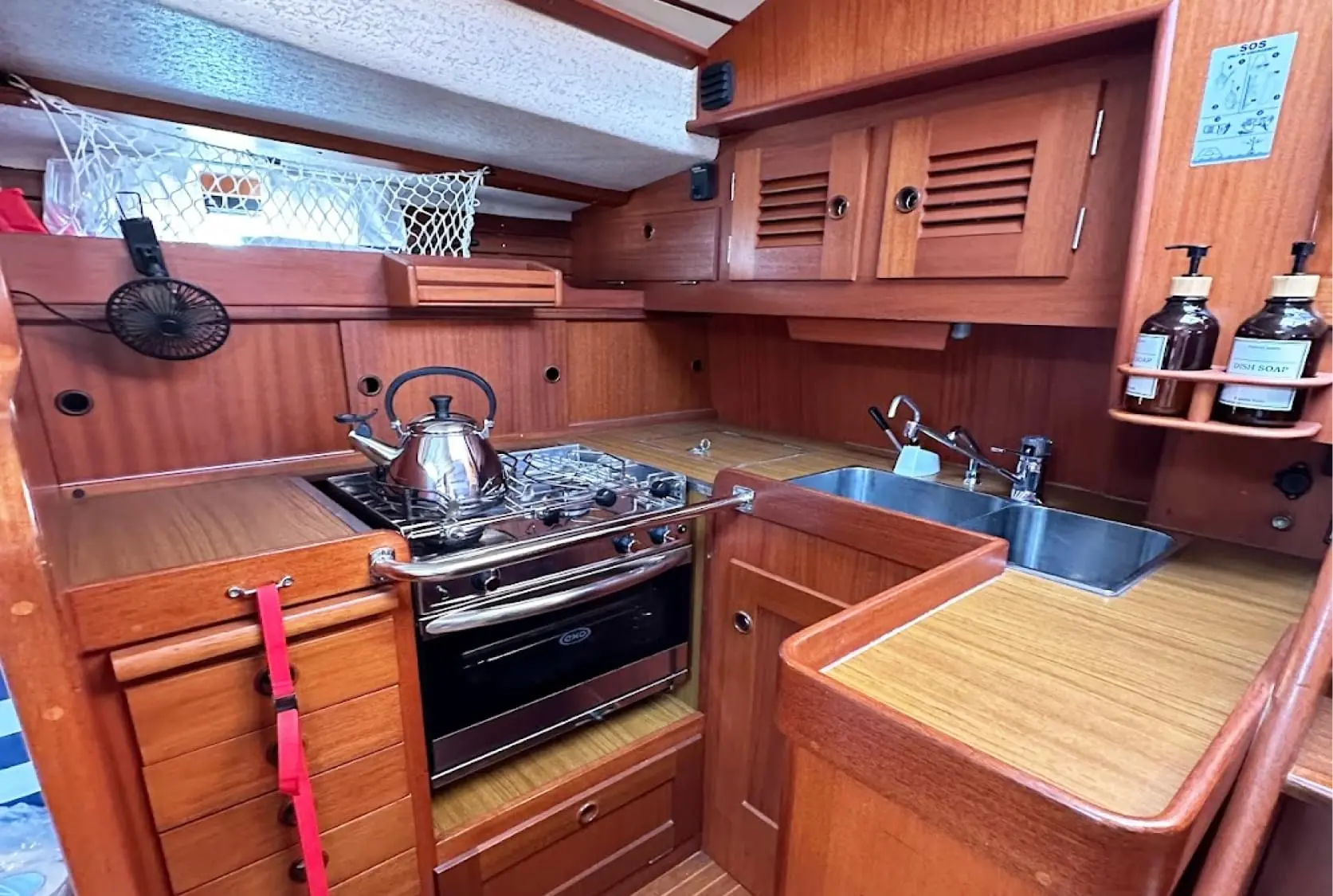

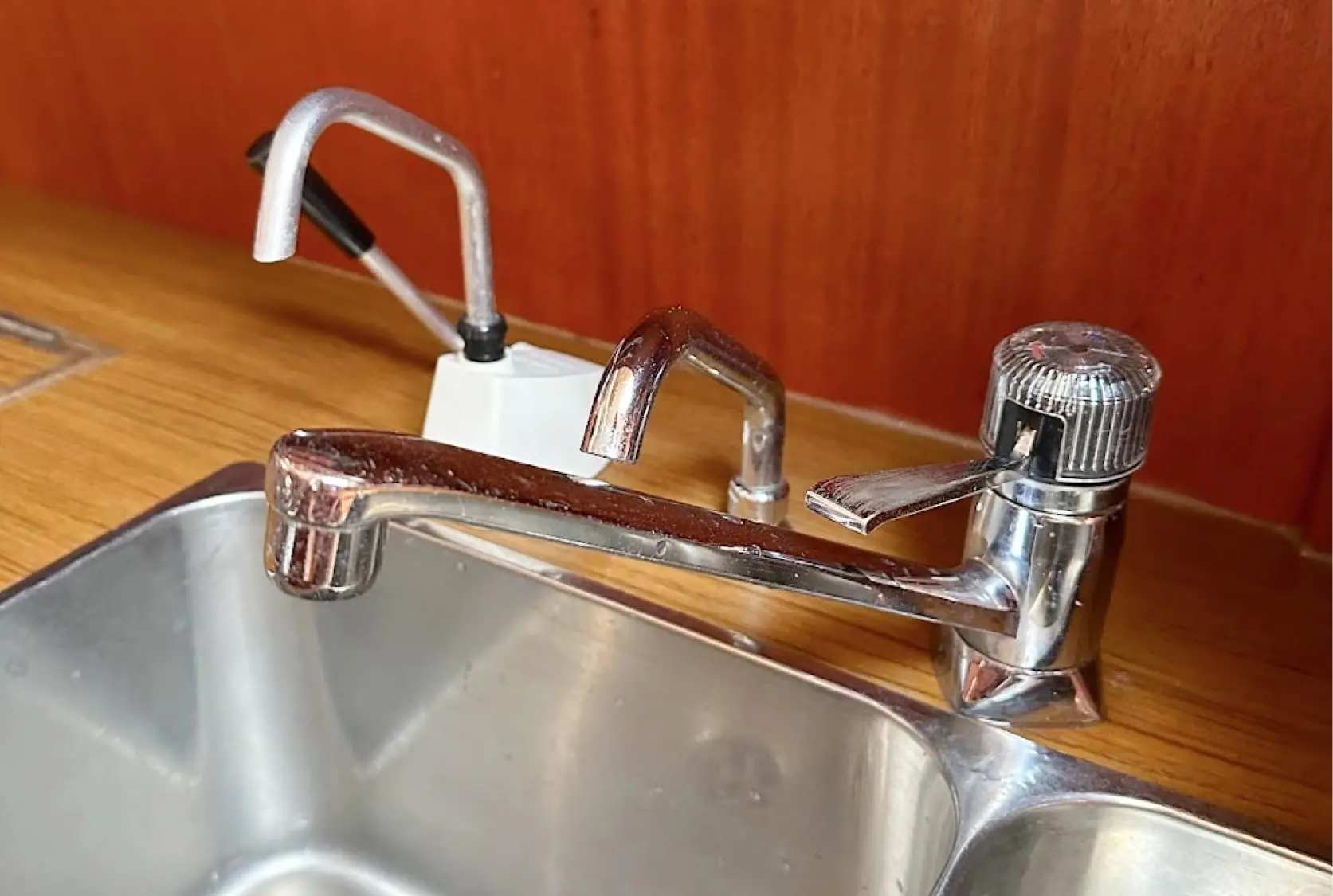
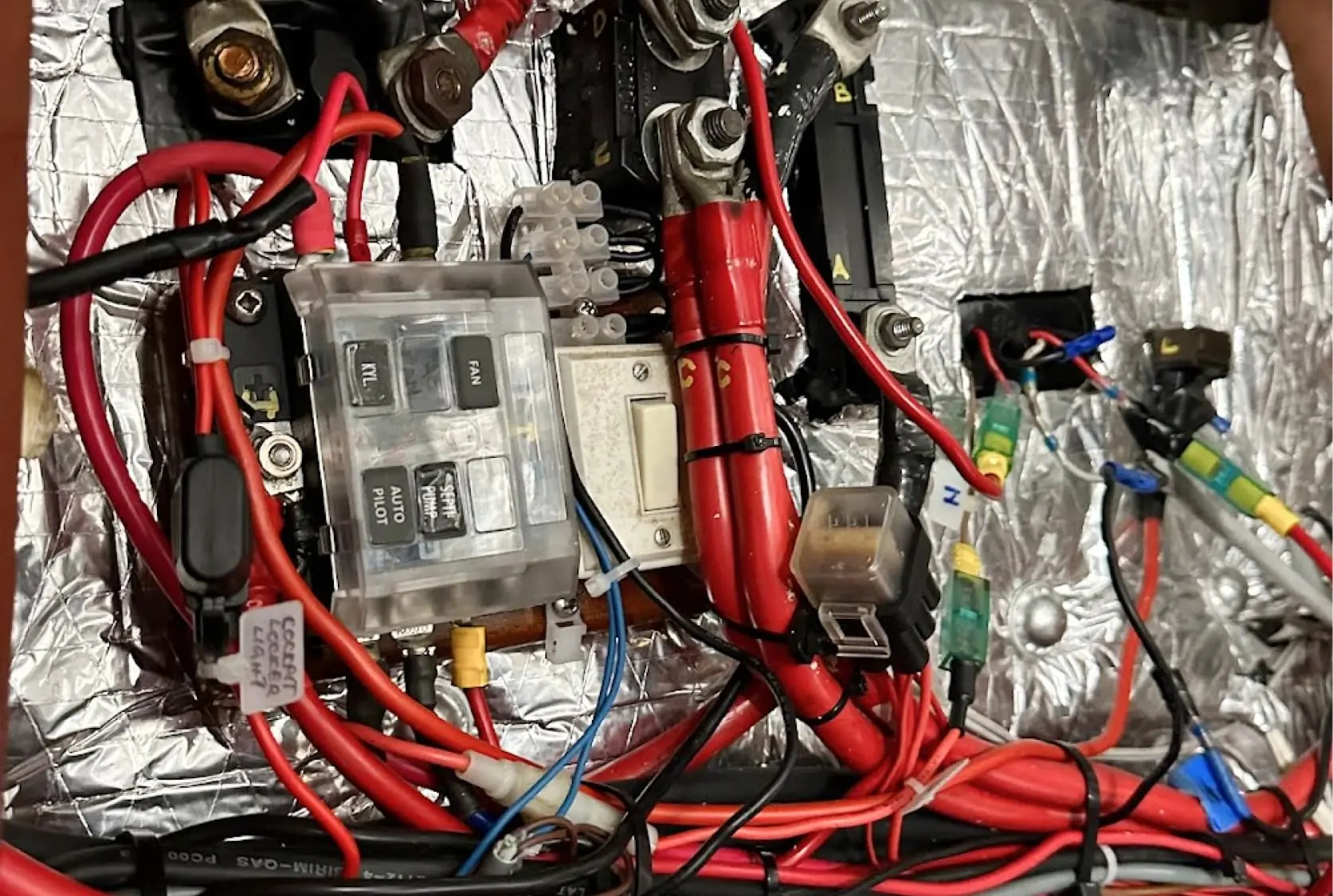
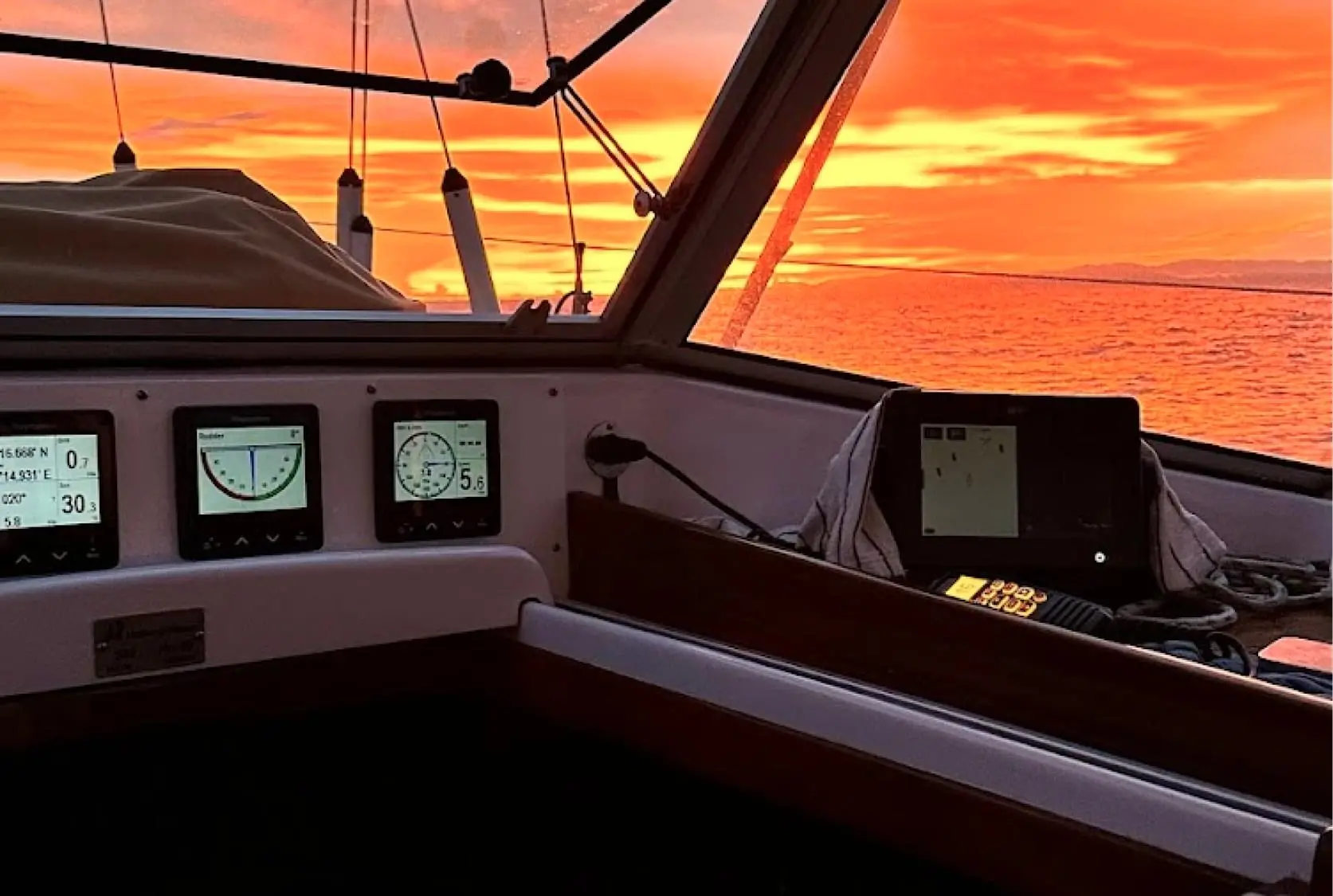

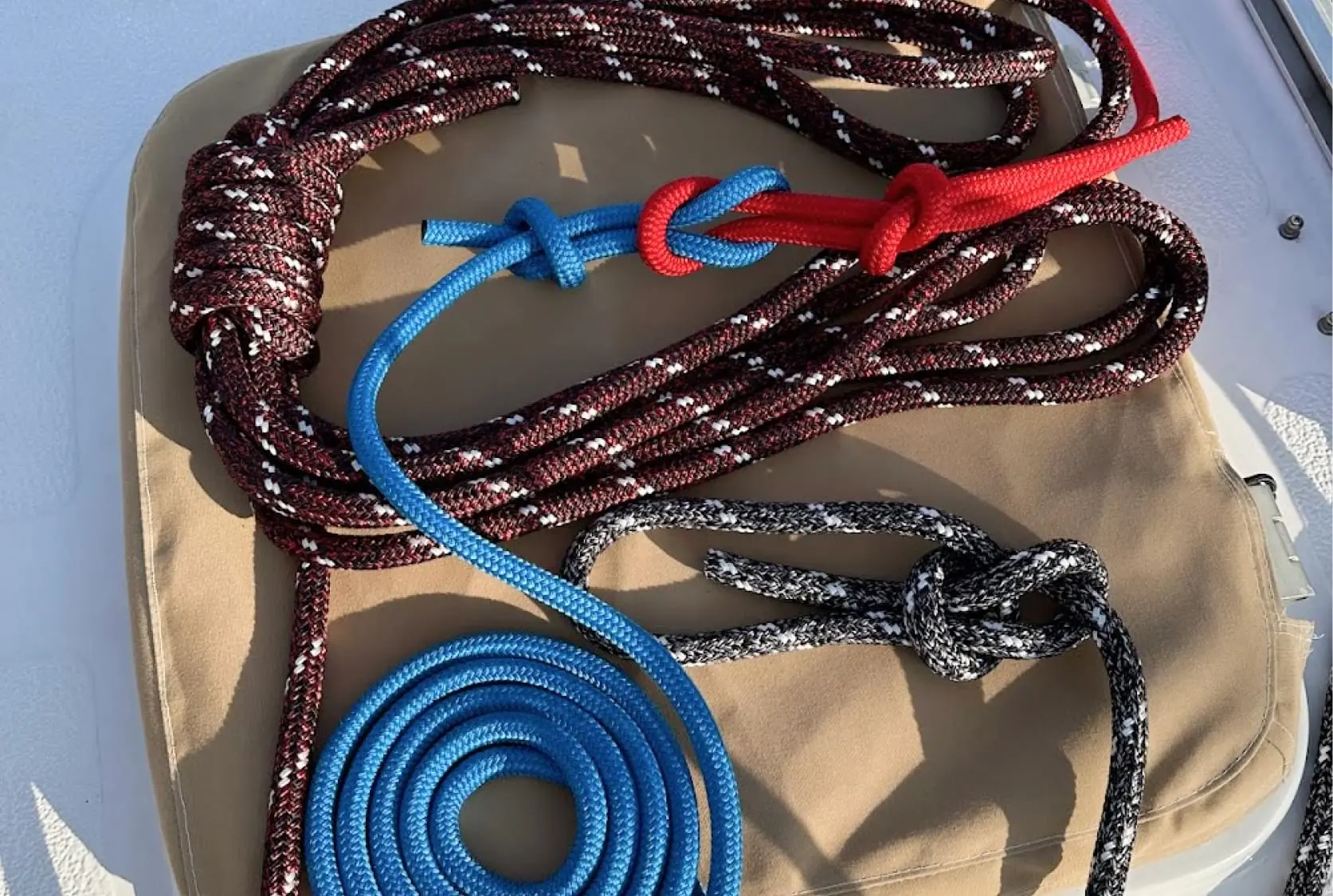
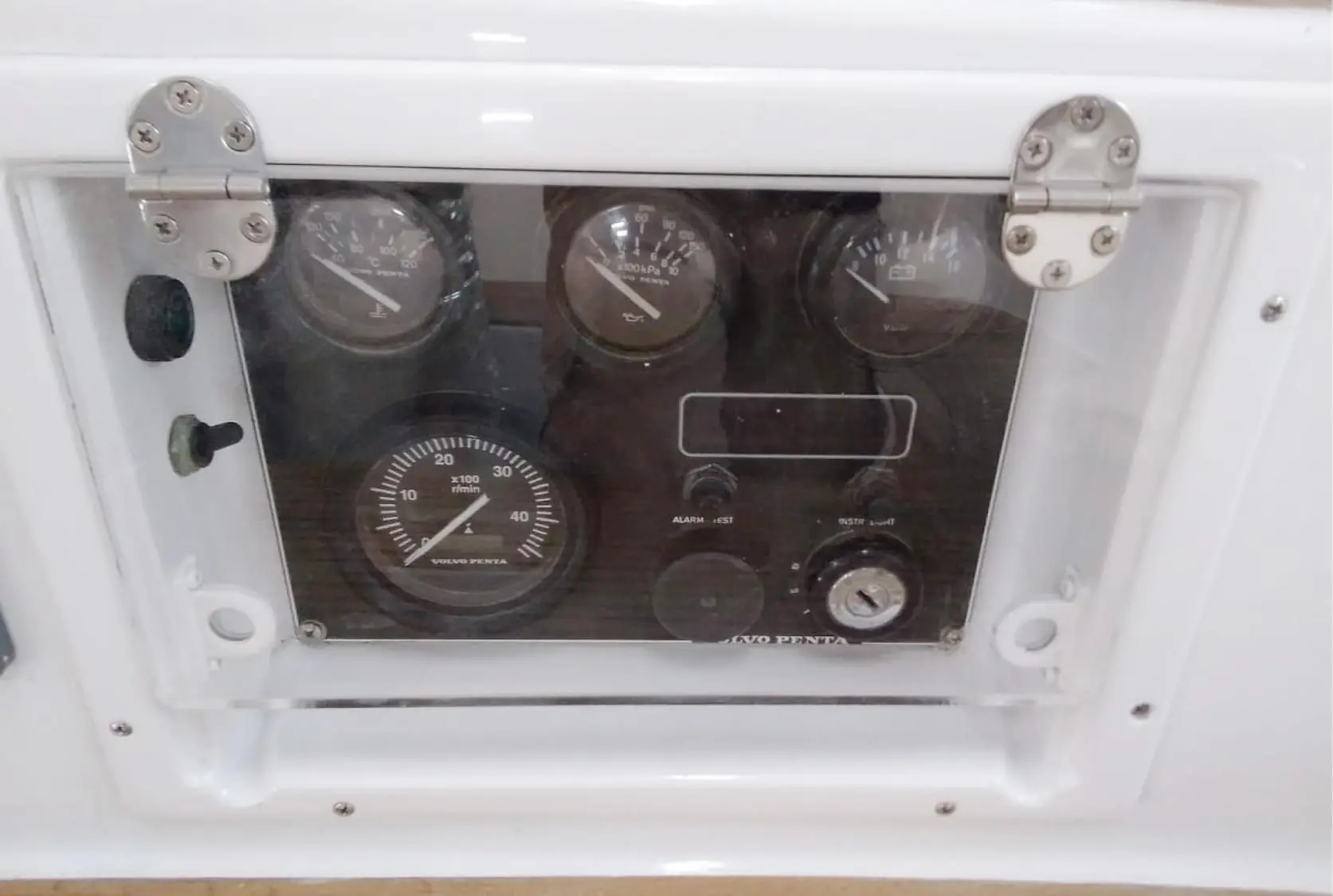


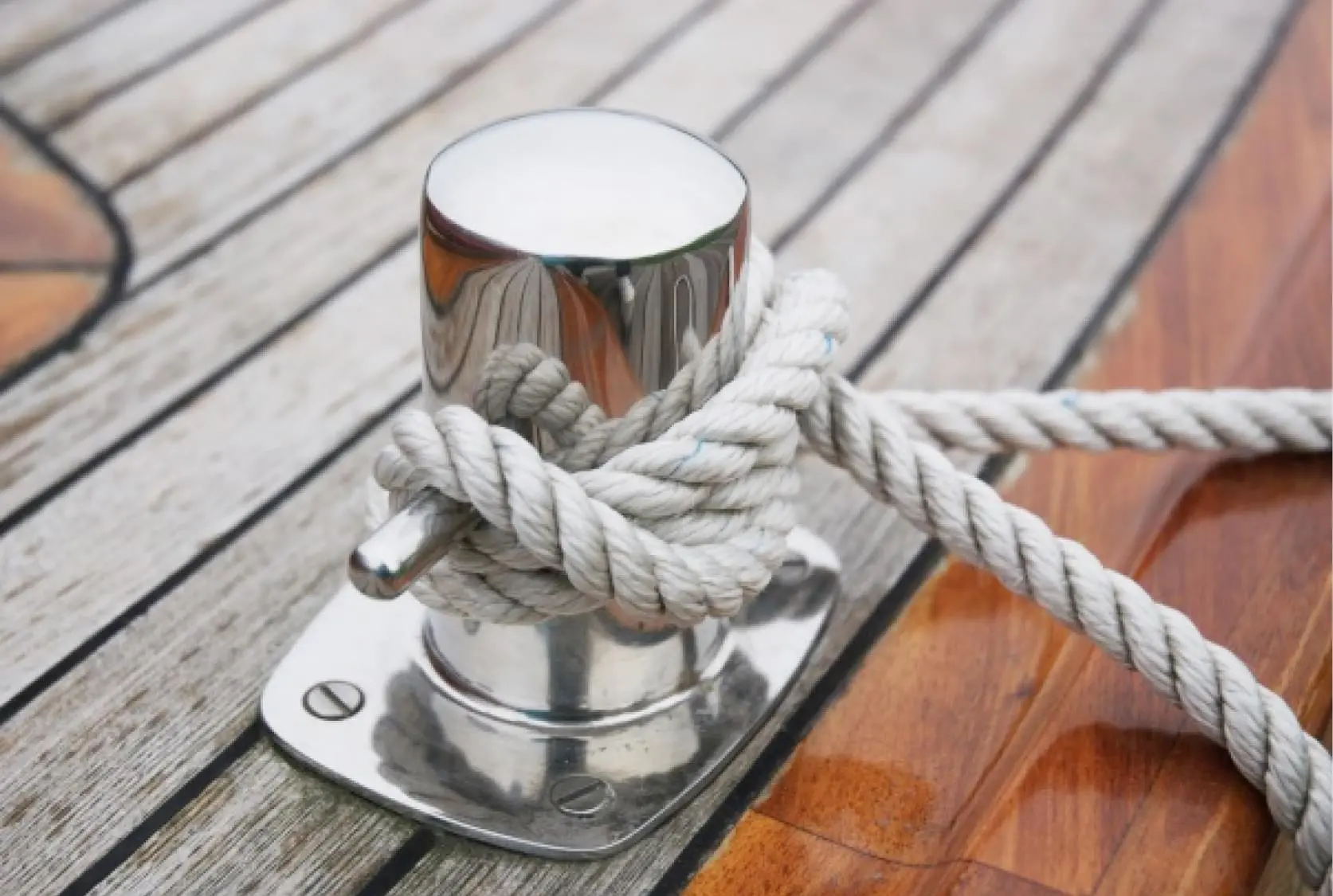
All moorings are recorded from both the helmsman and the sailor, as well as from the person receiving the mooring lines on shore.
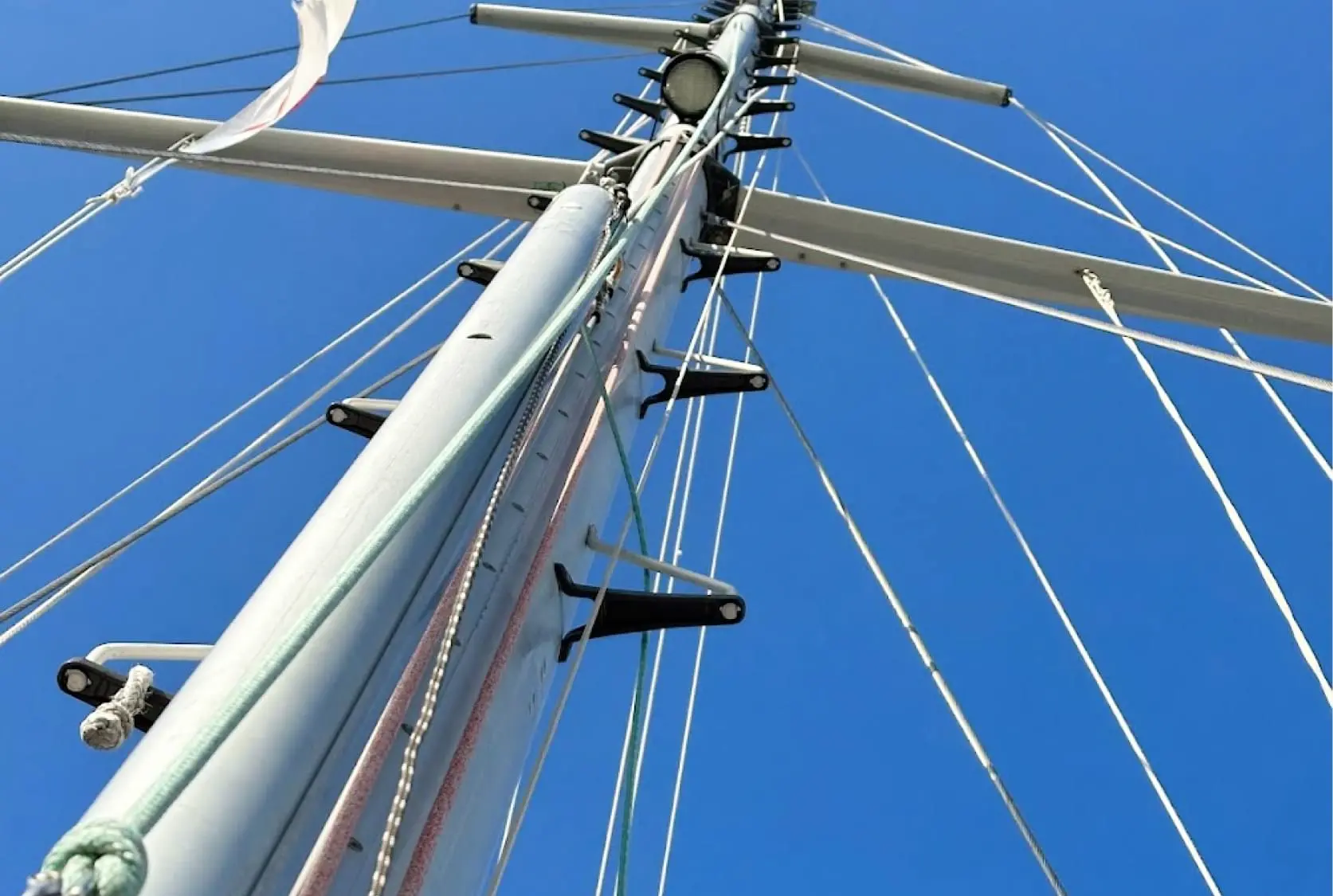
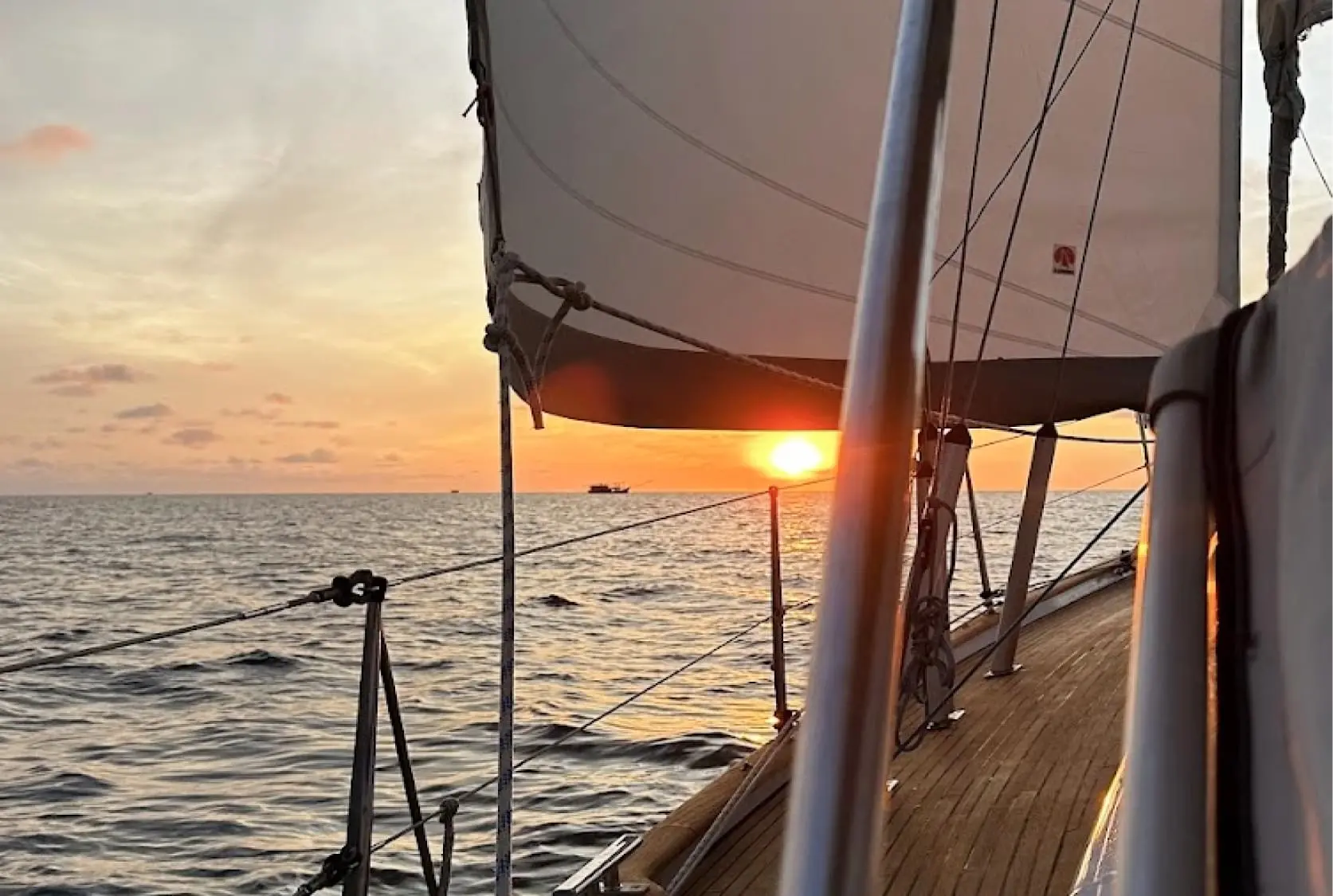
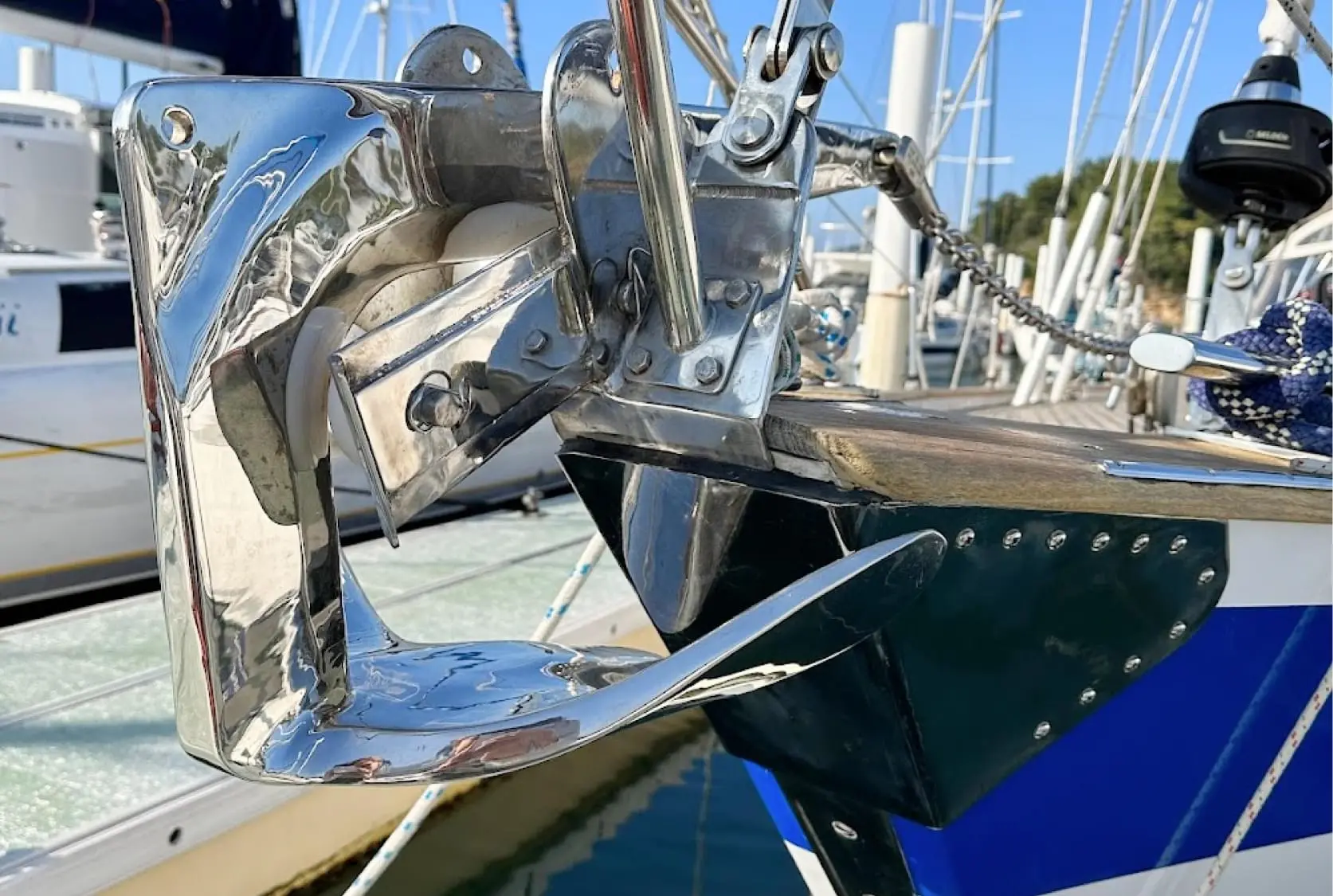
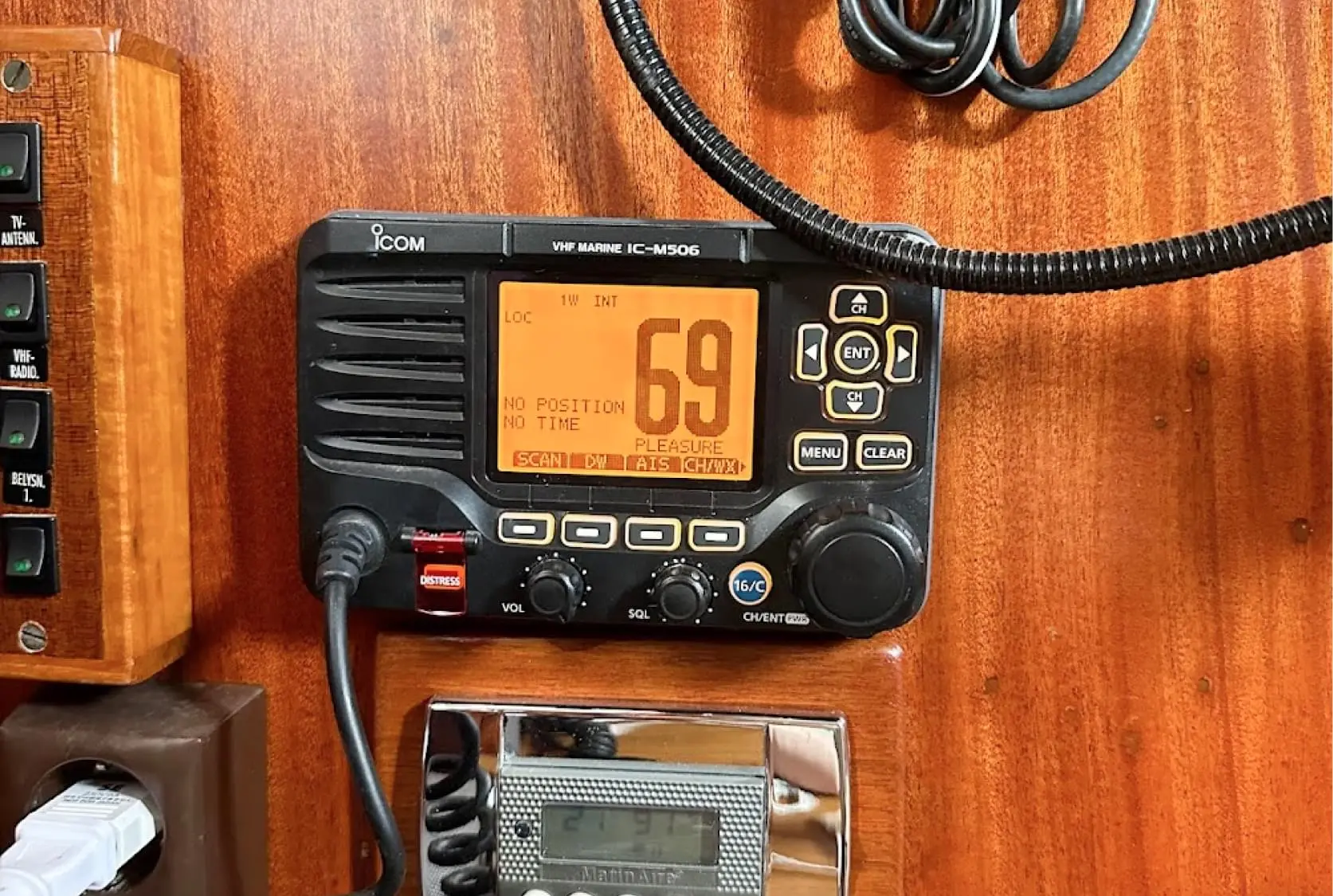

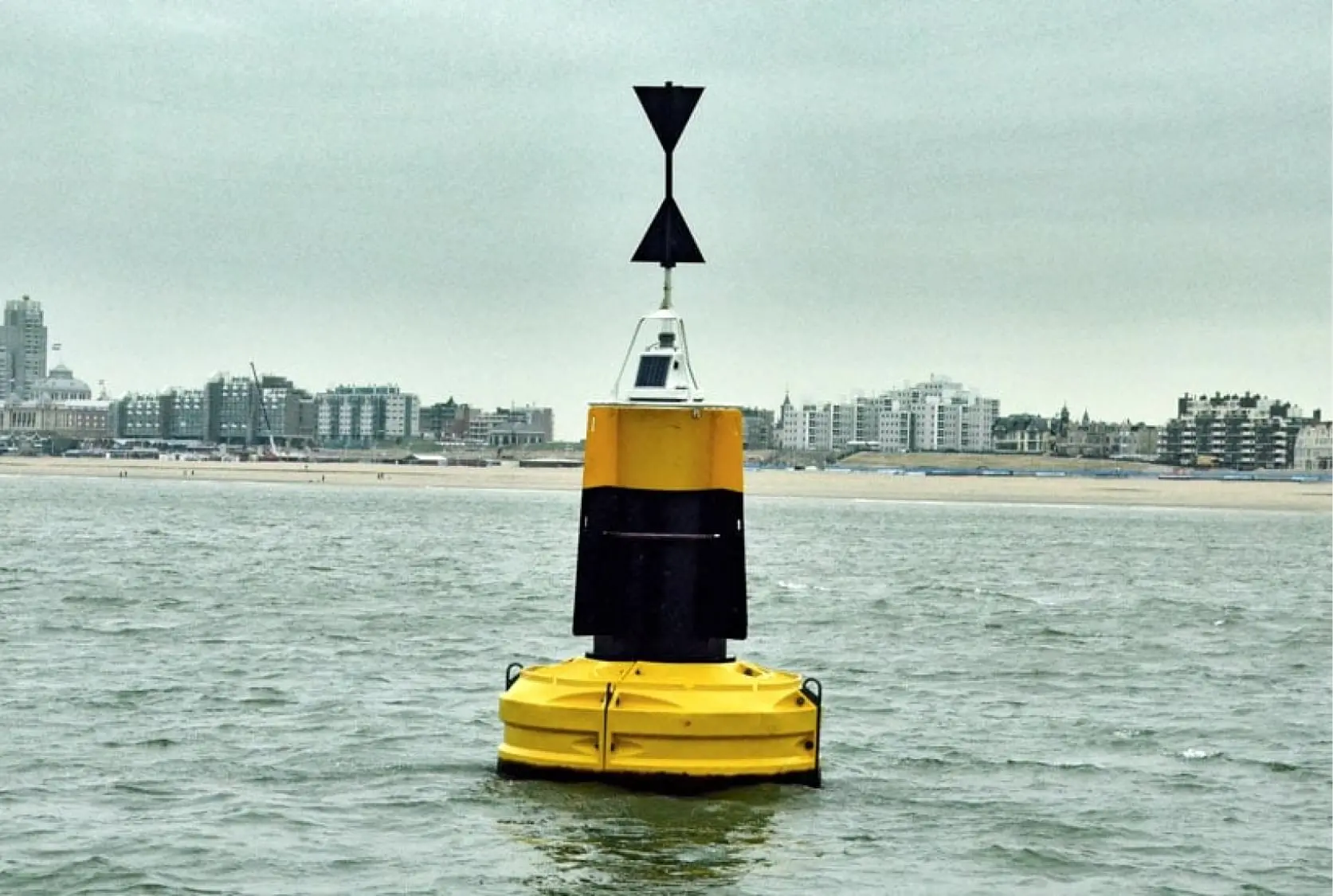
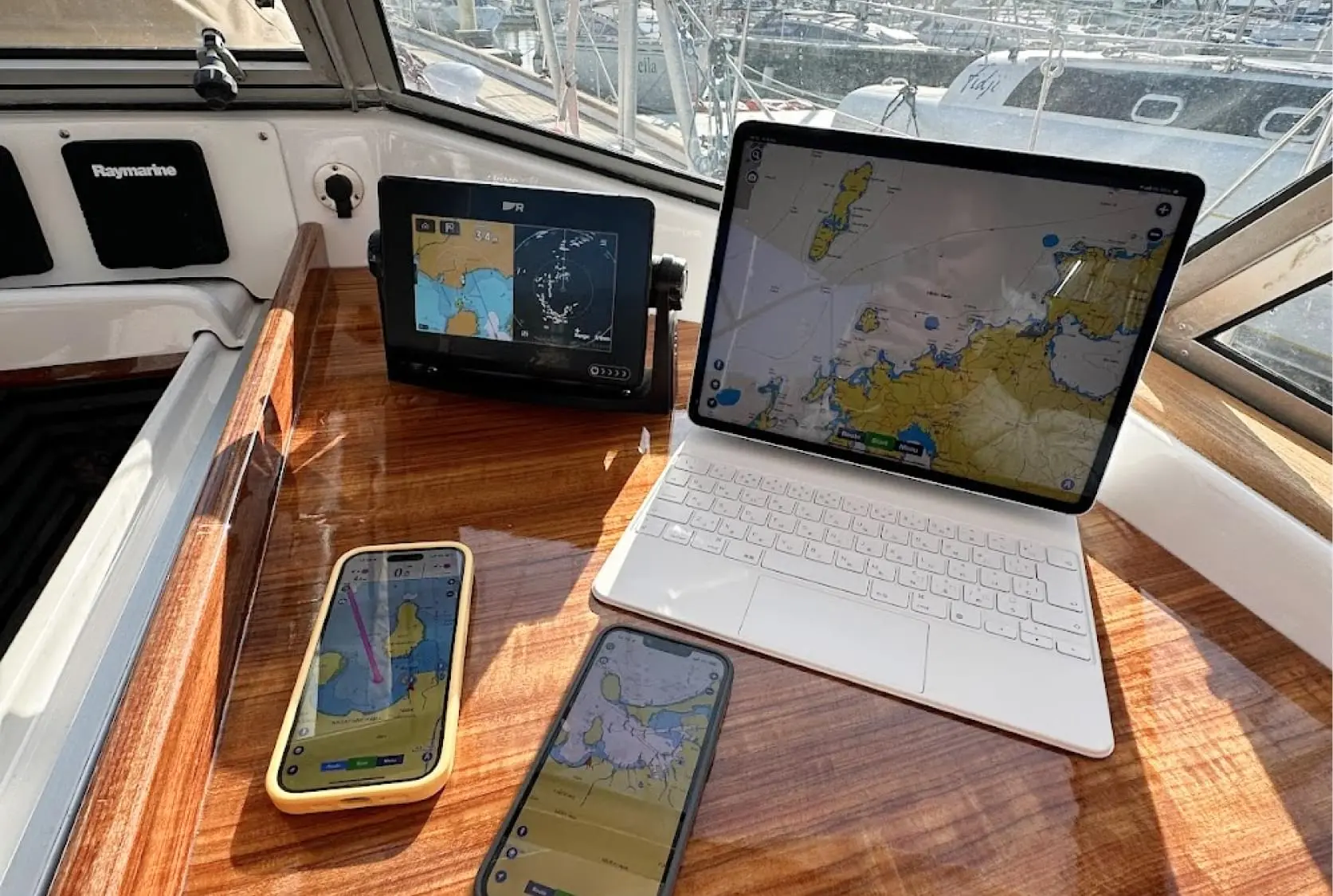
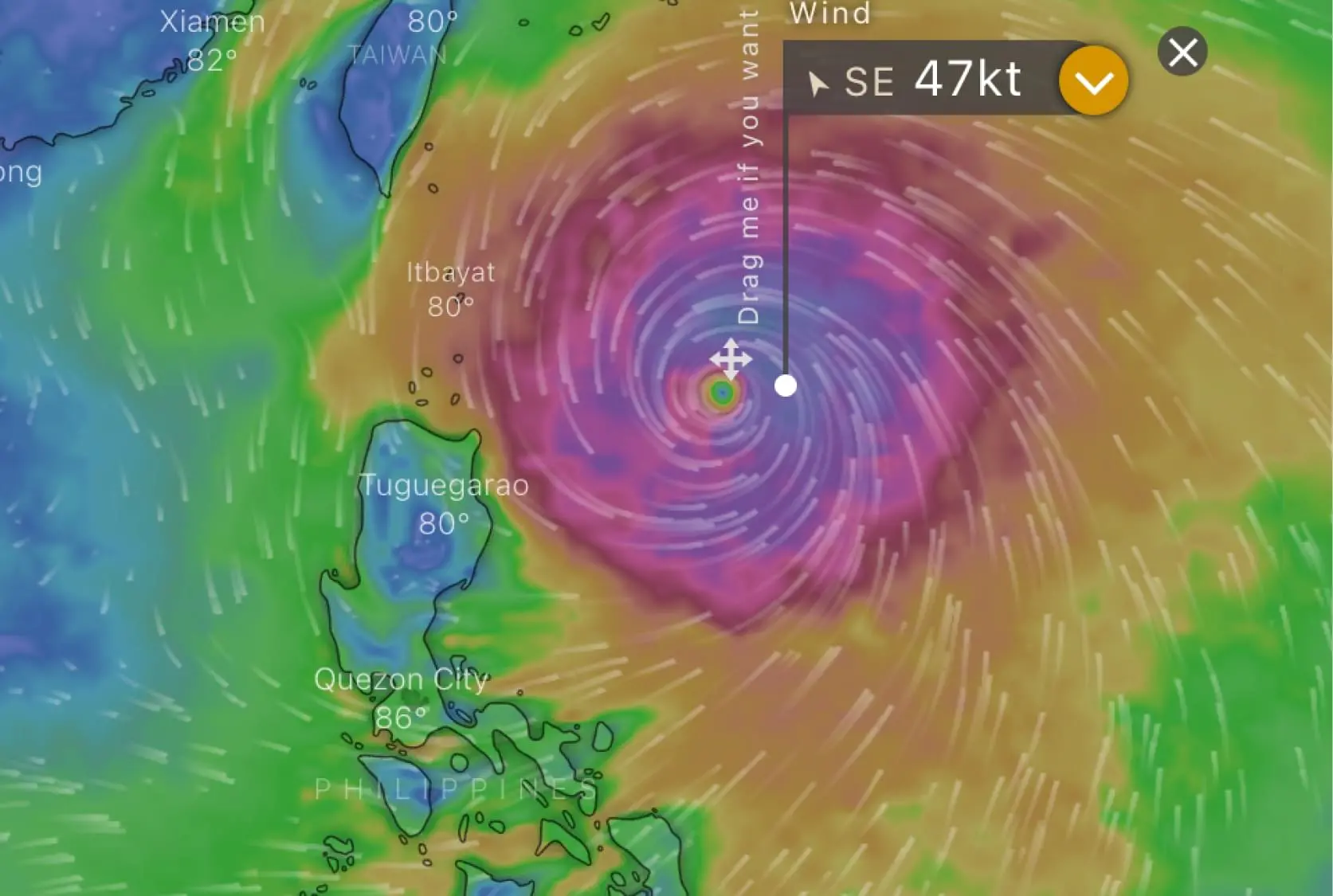
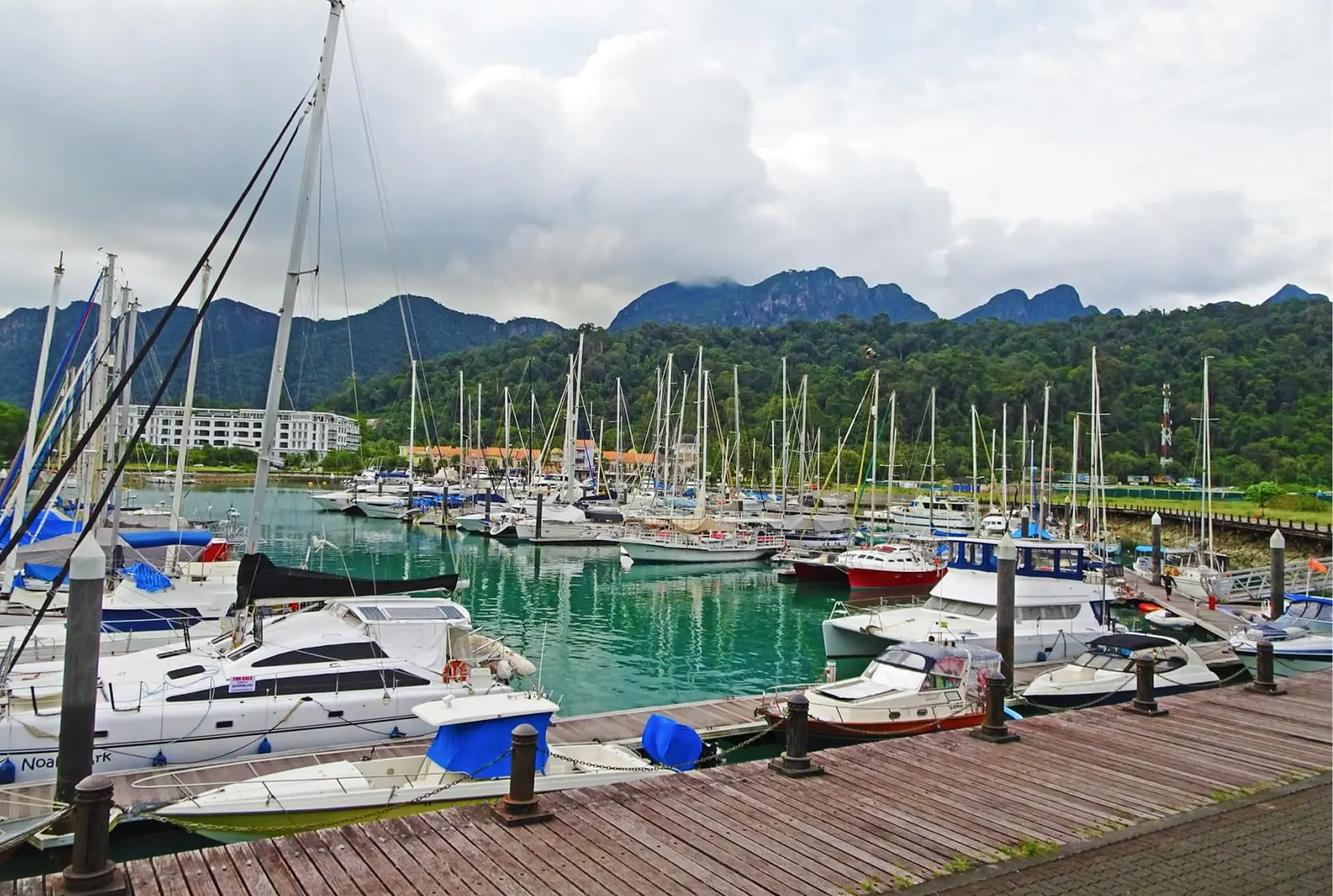
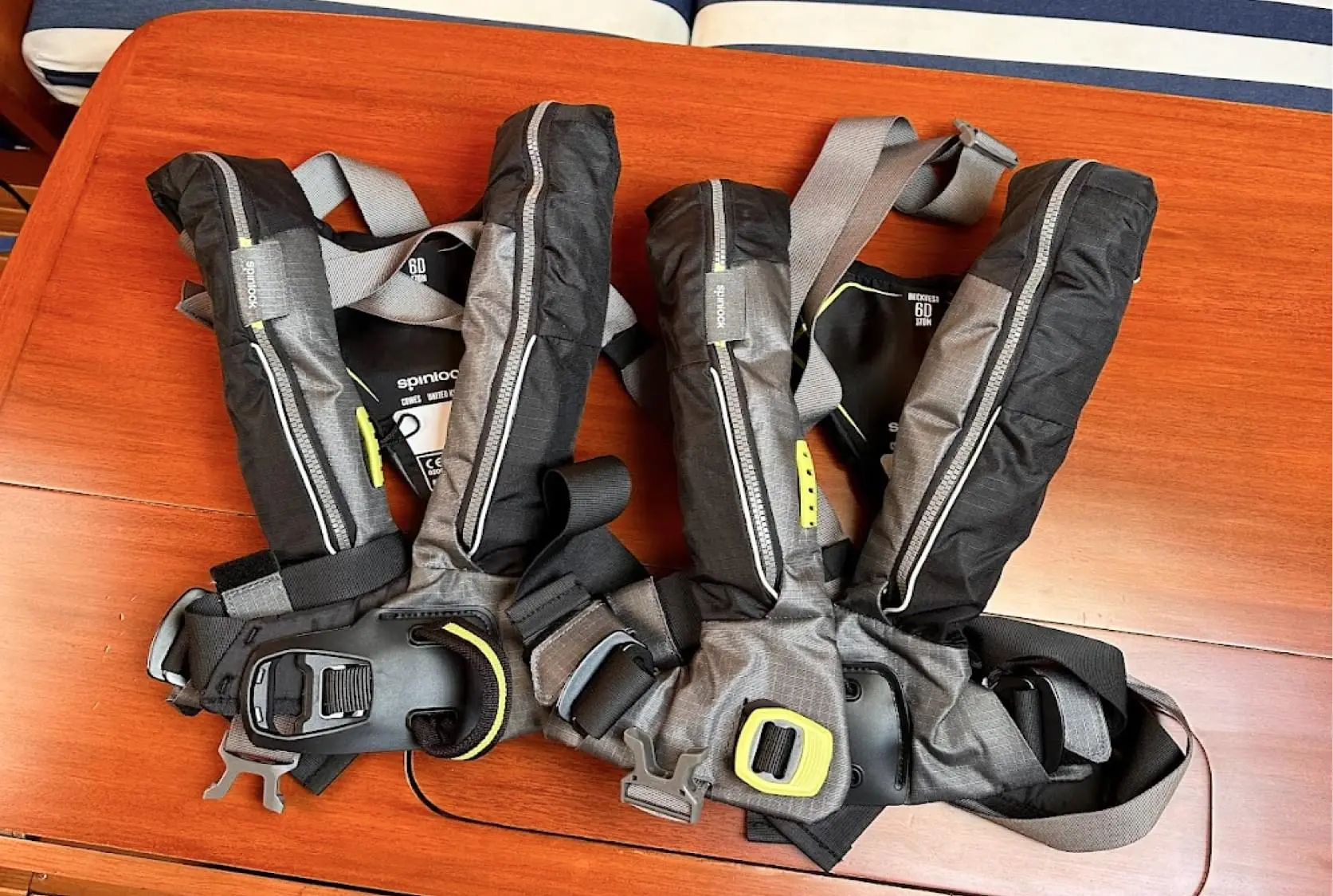

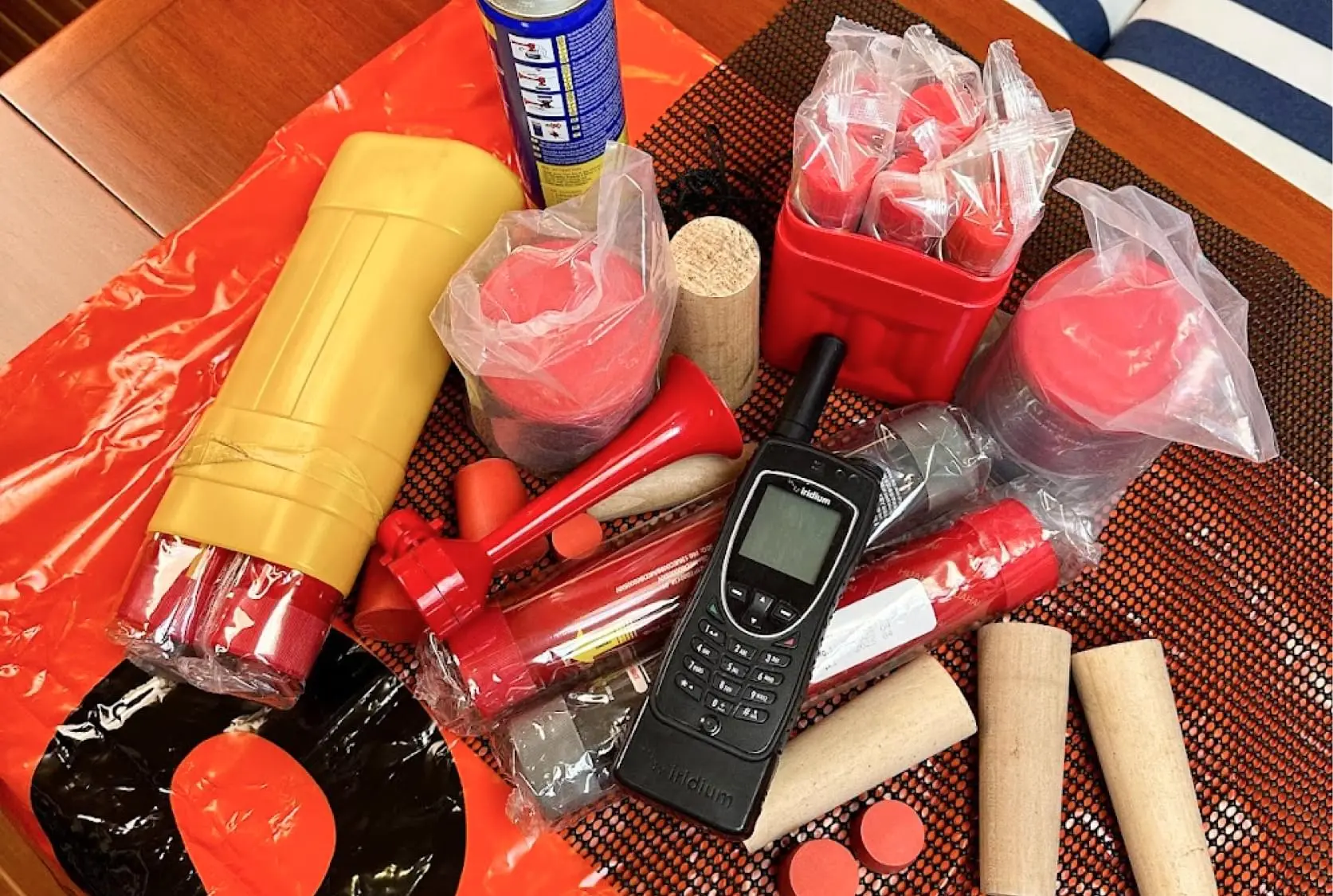
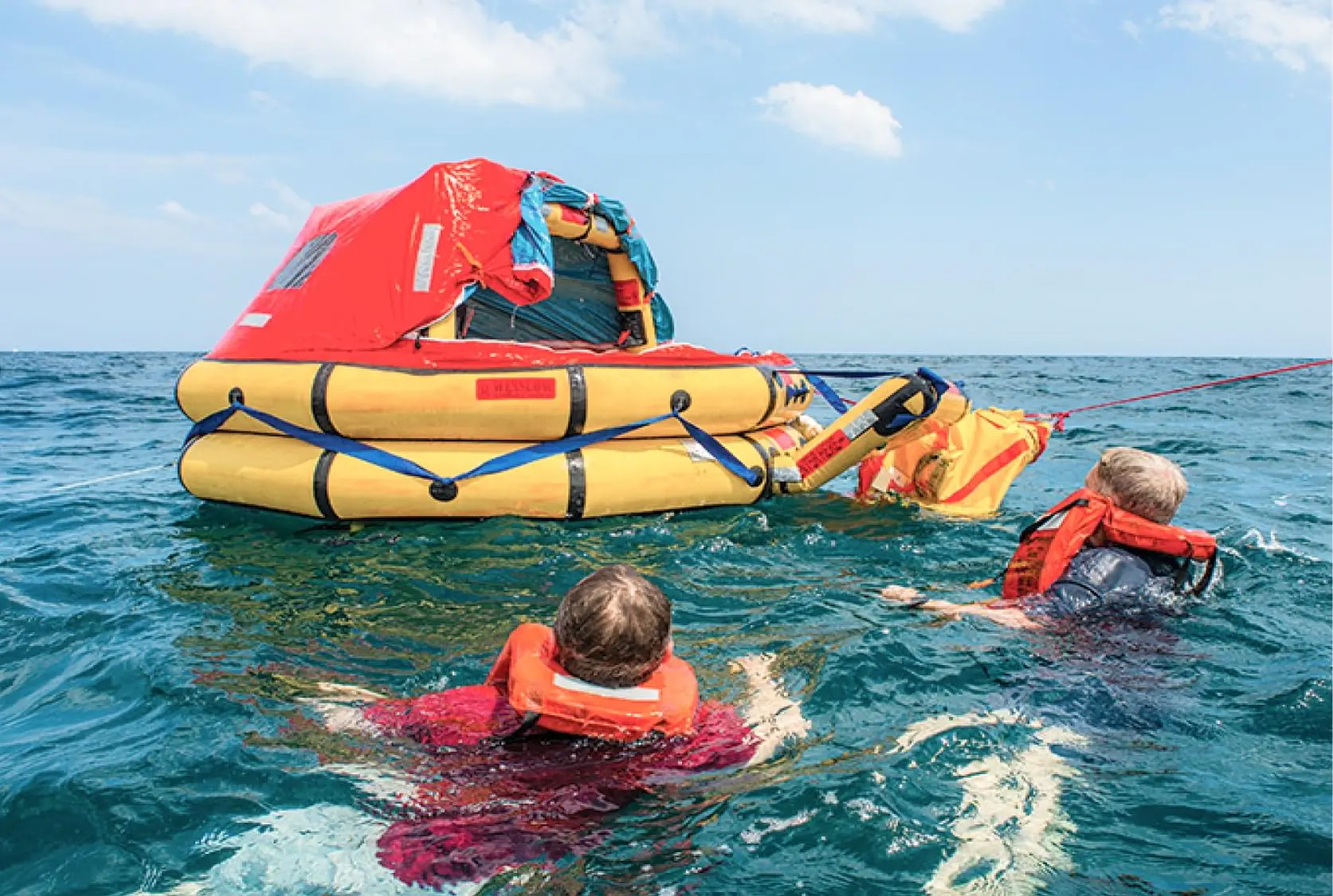
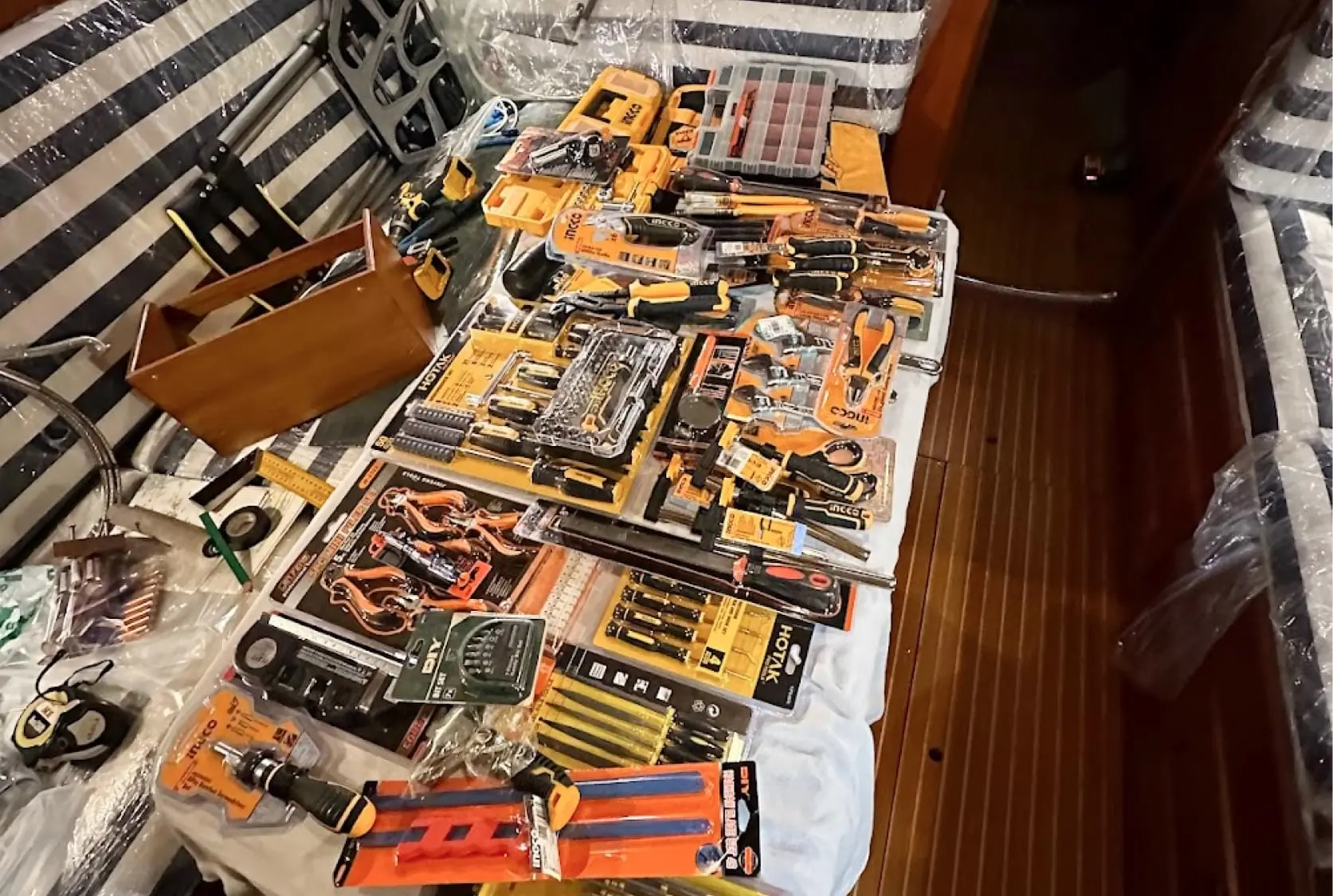
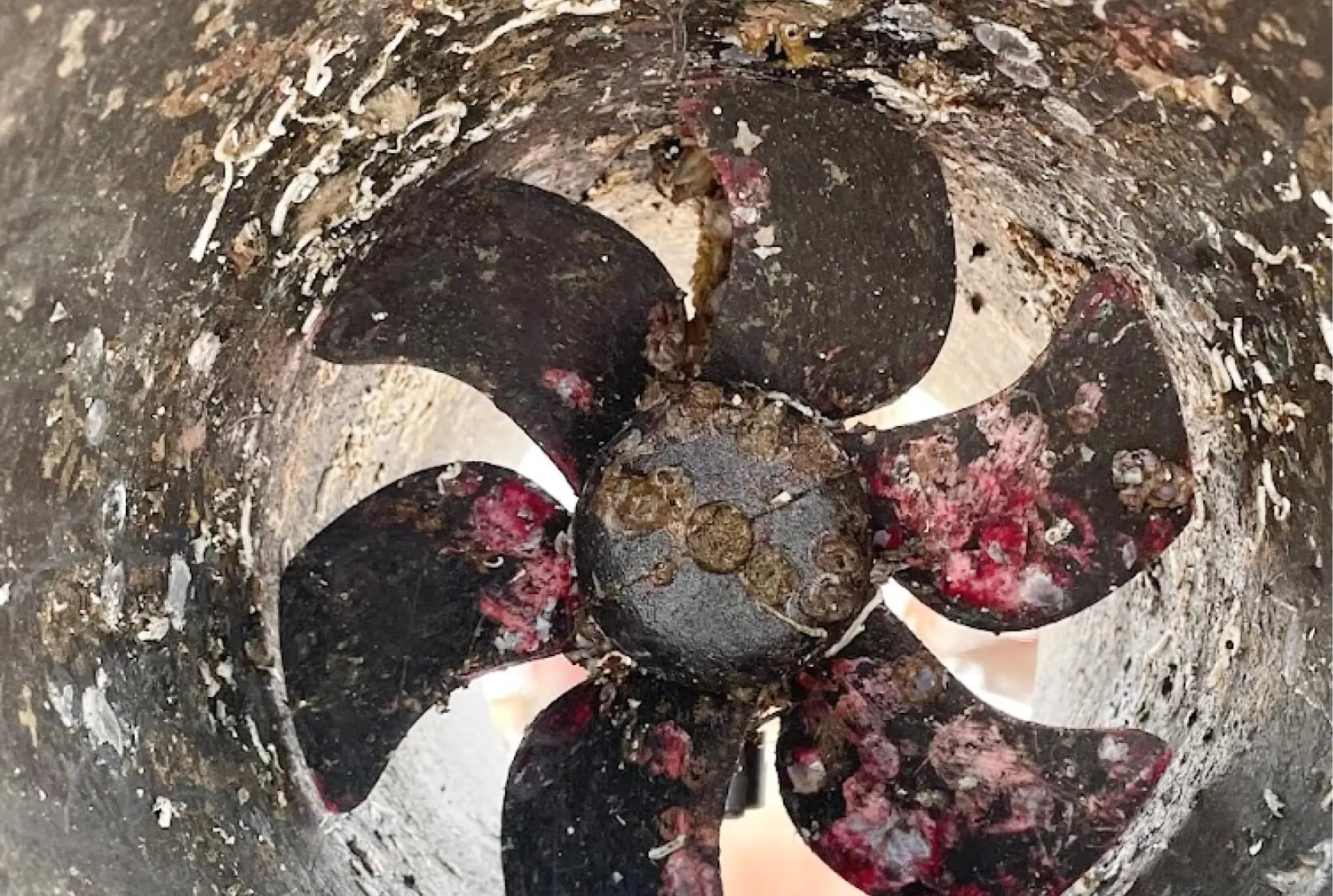
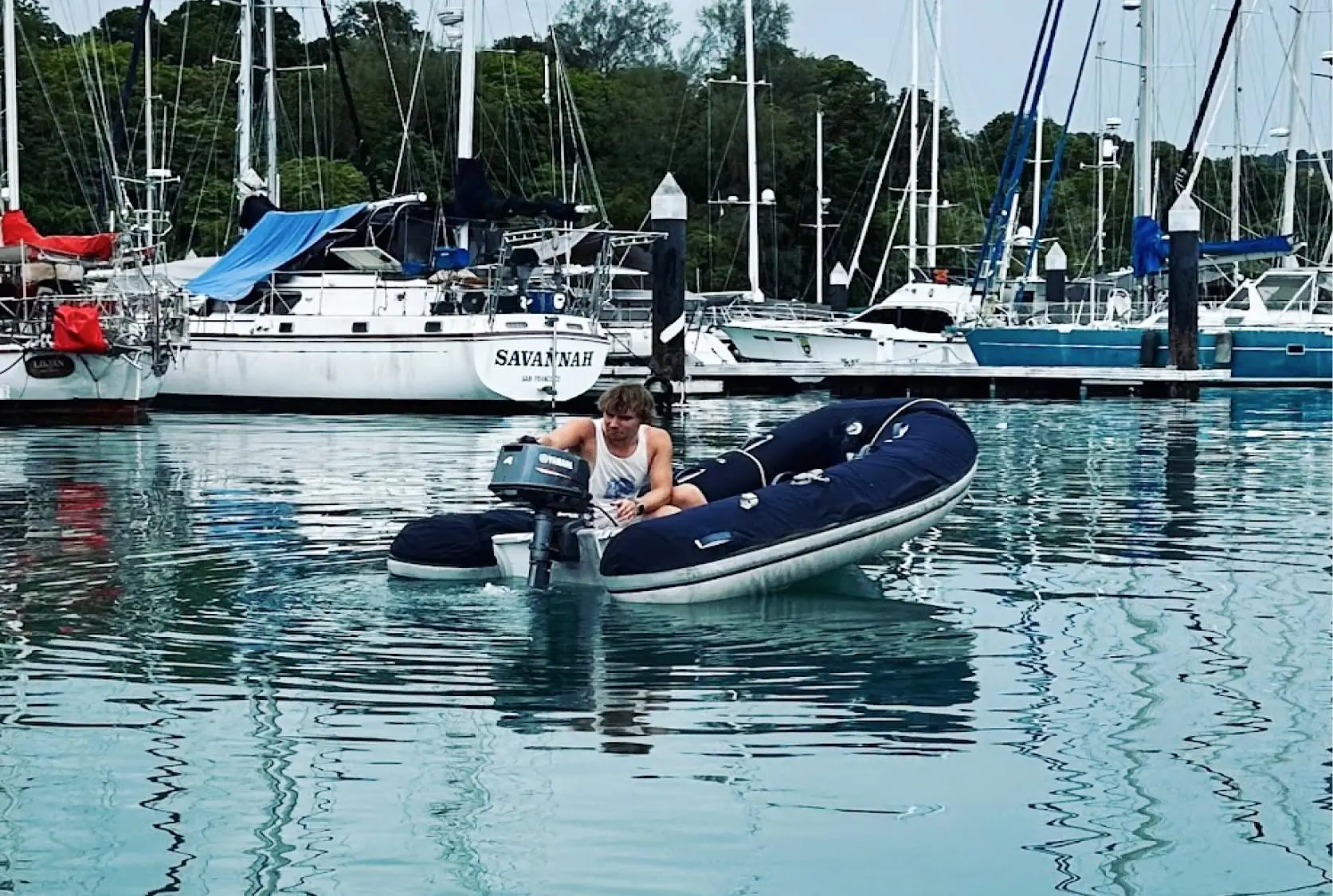

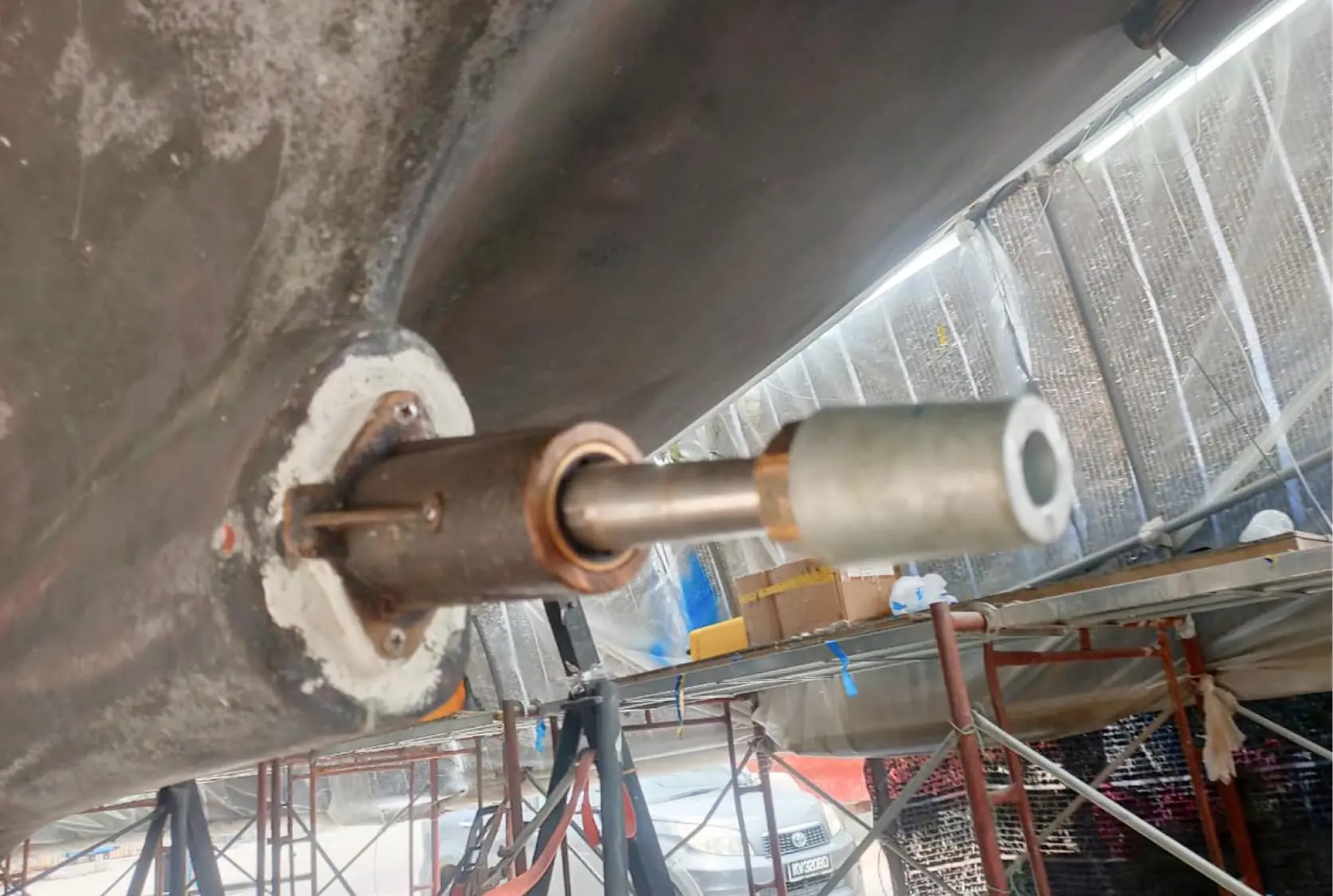
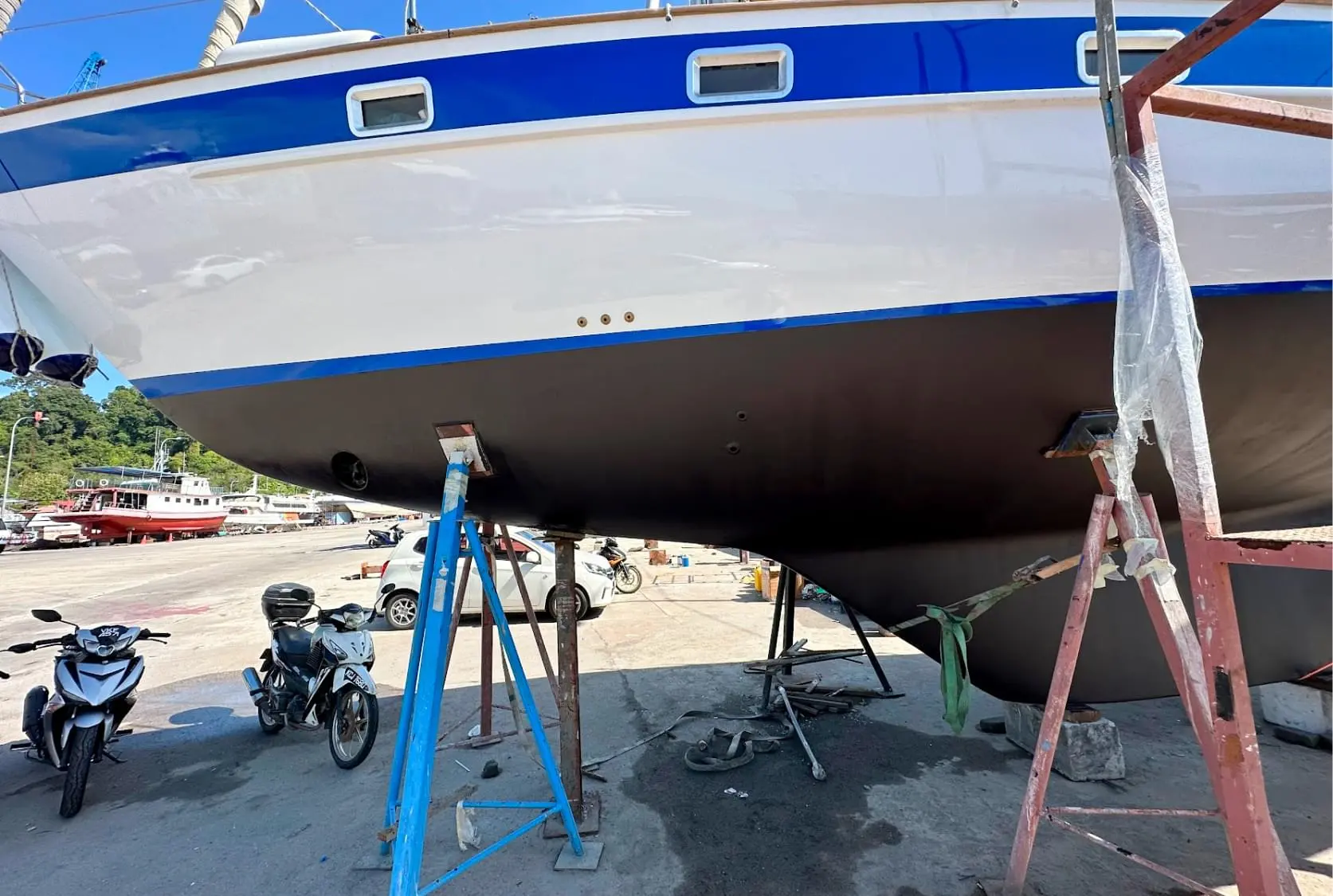
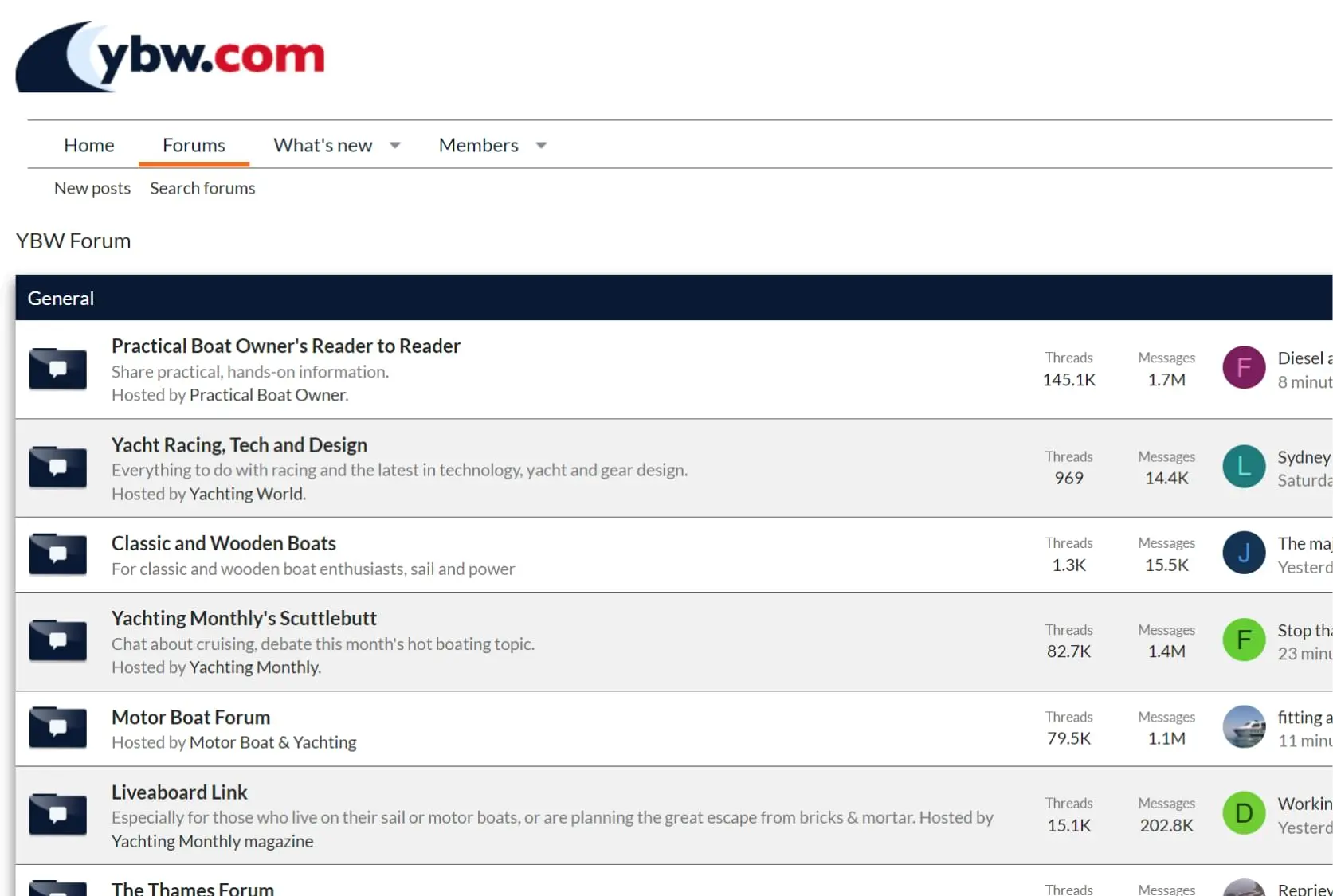



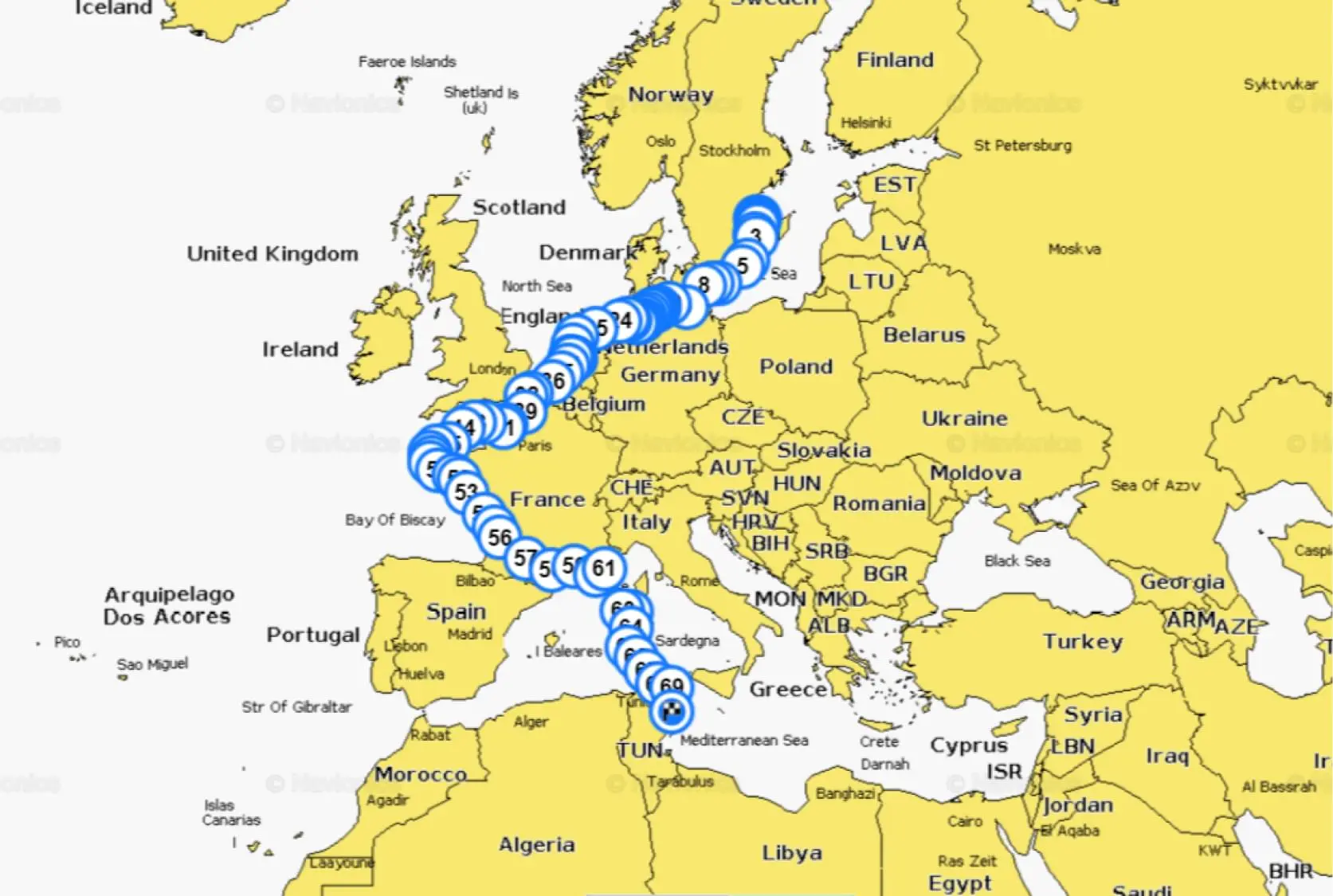

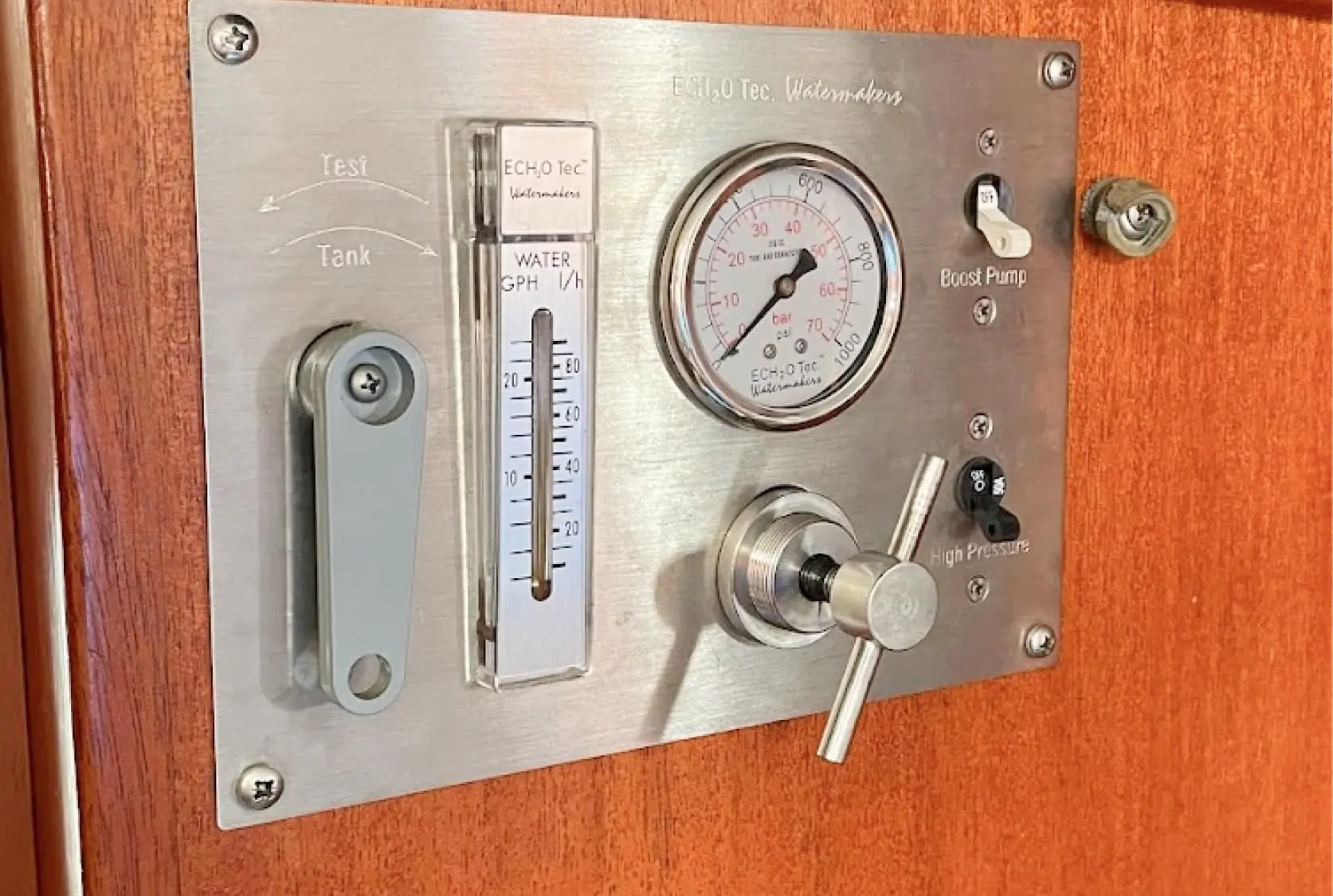
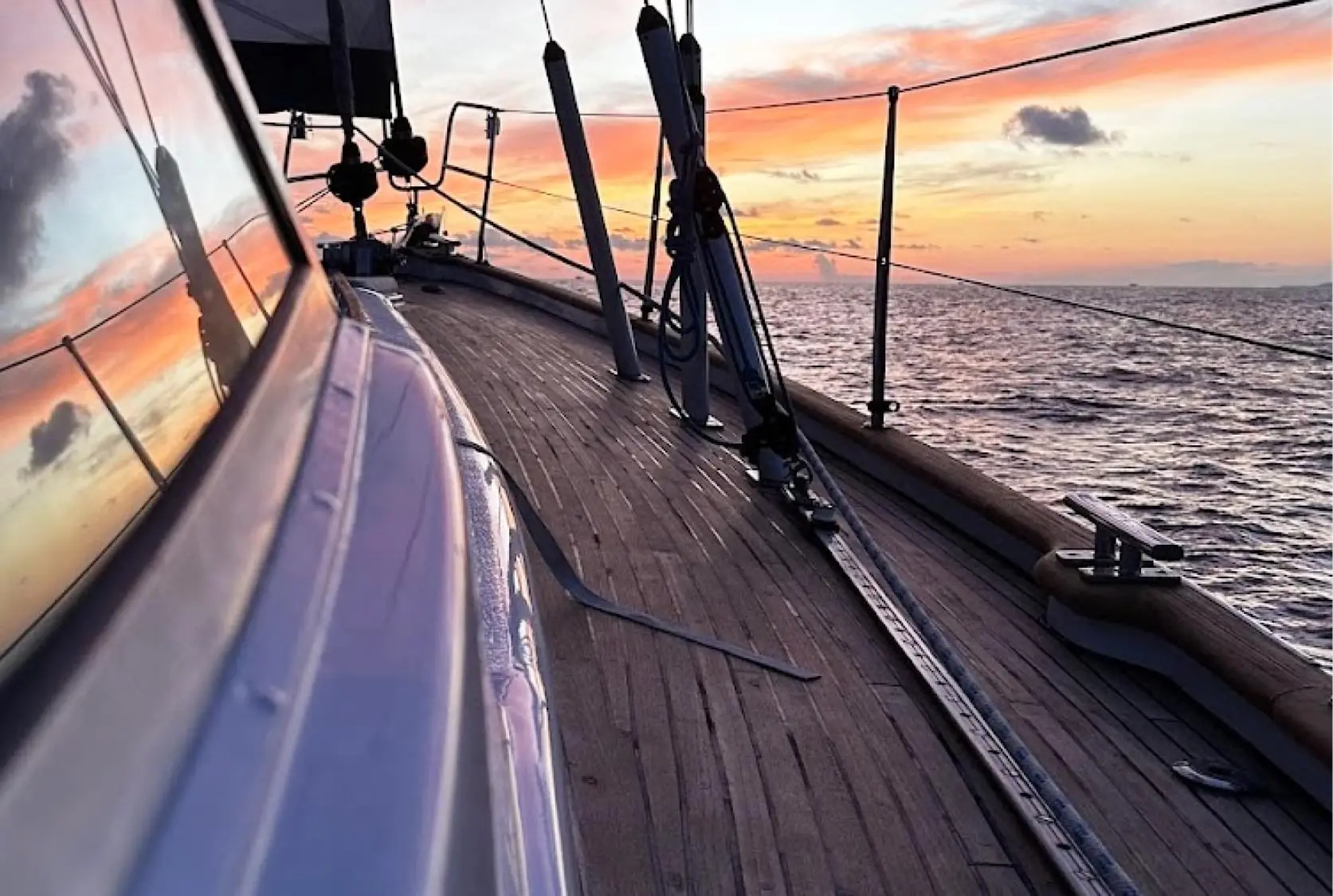
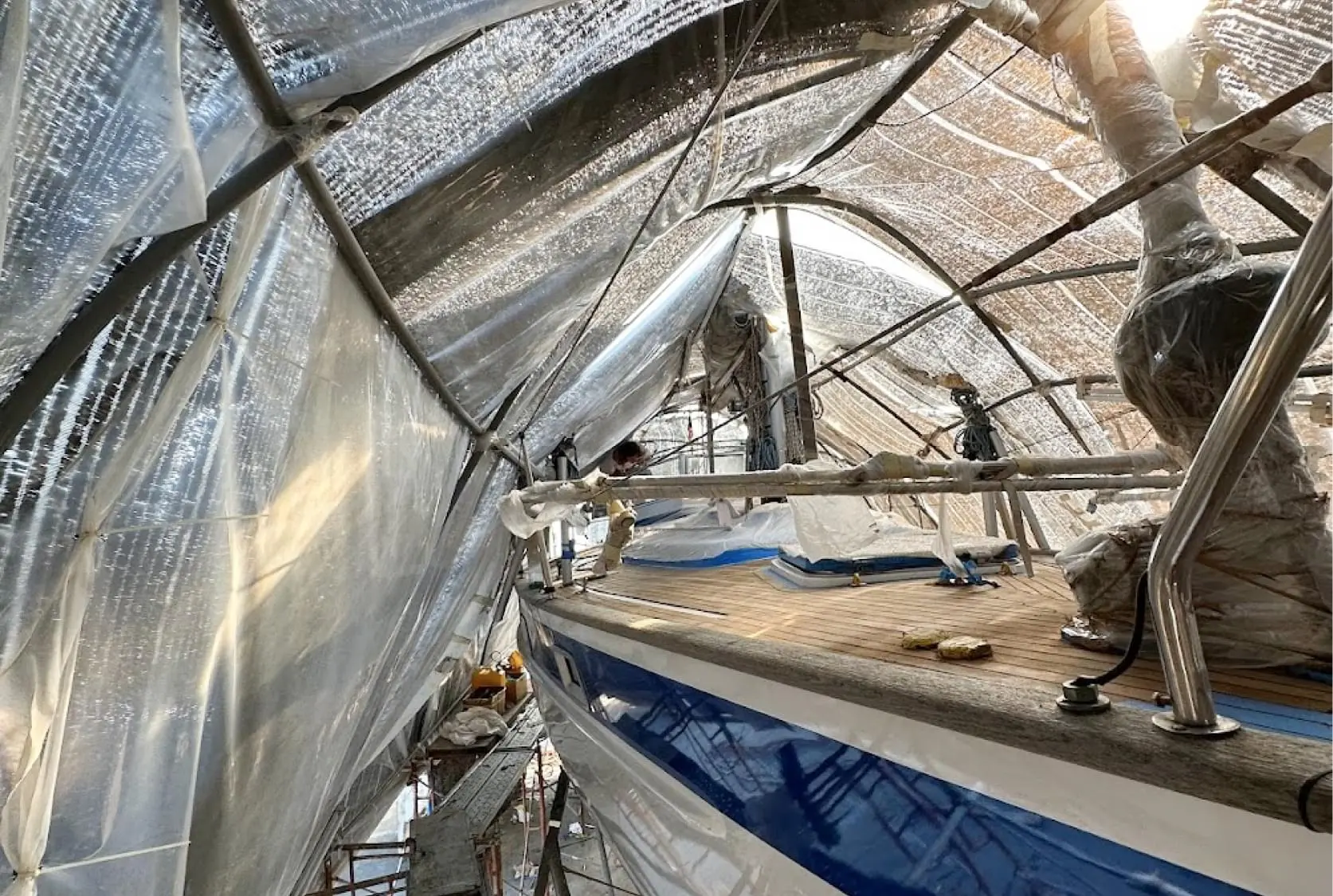

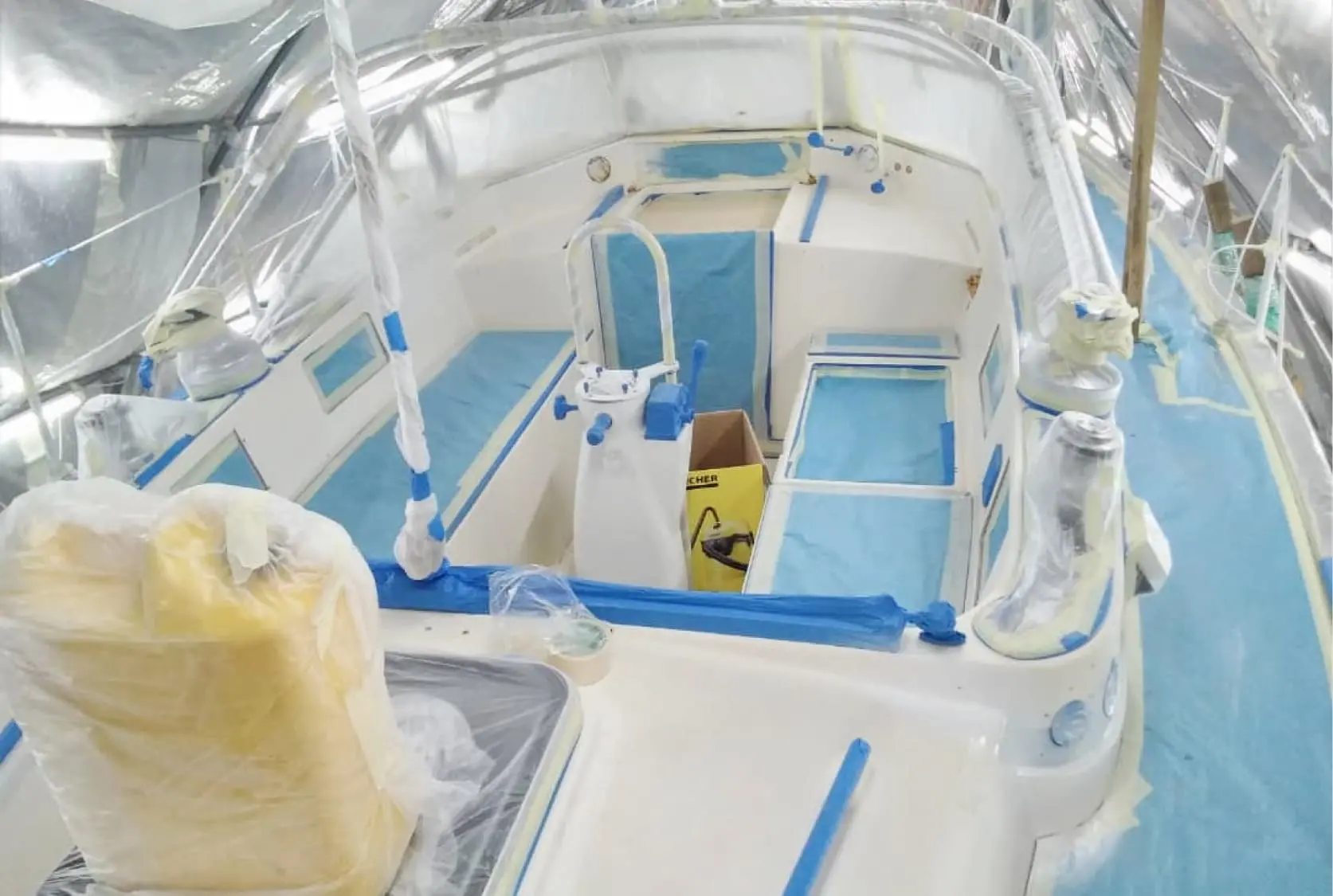

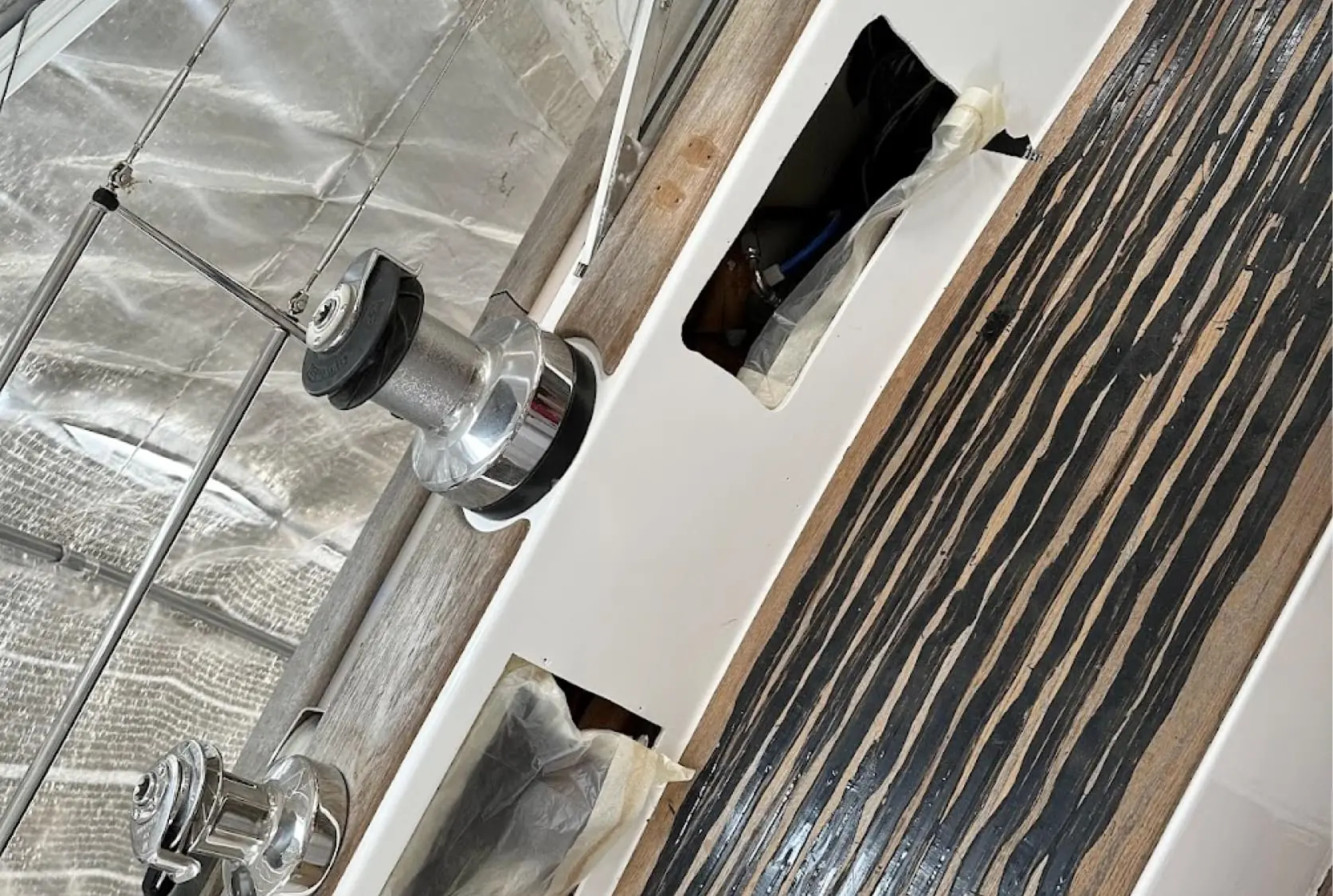

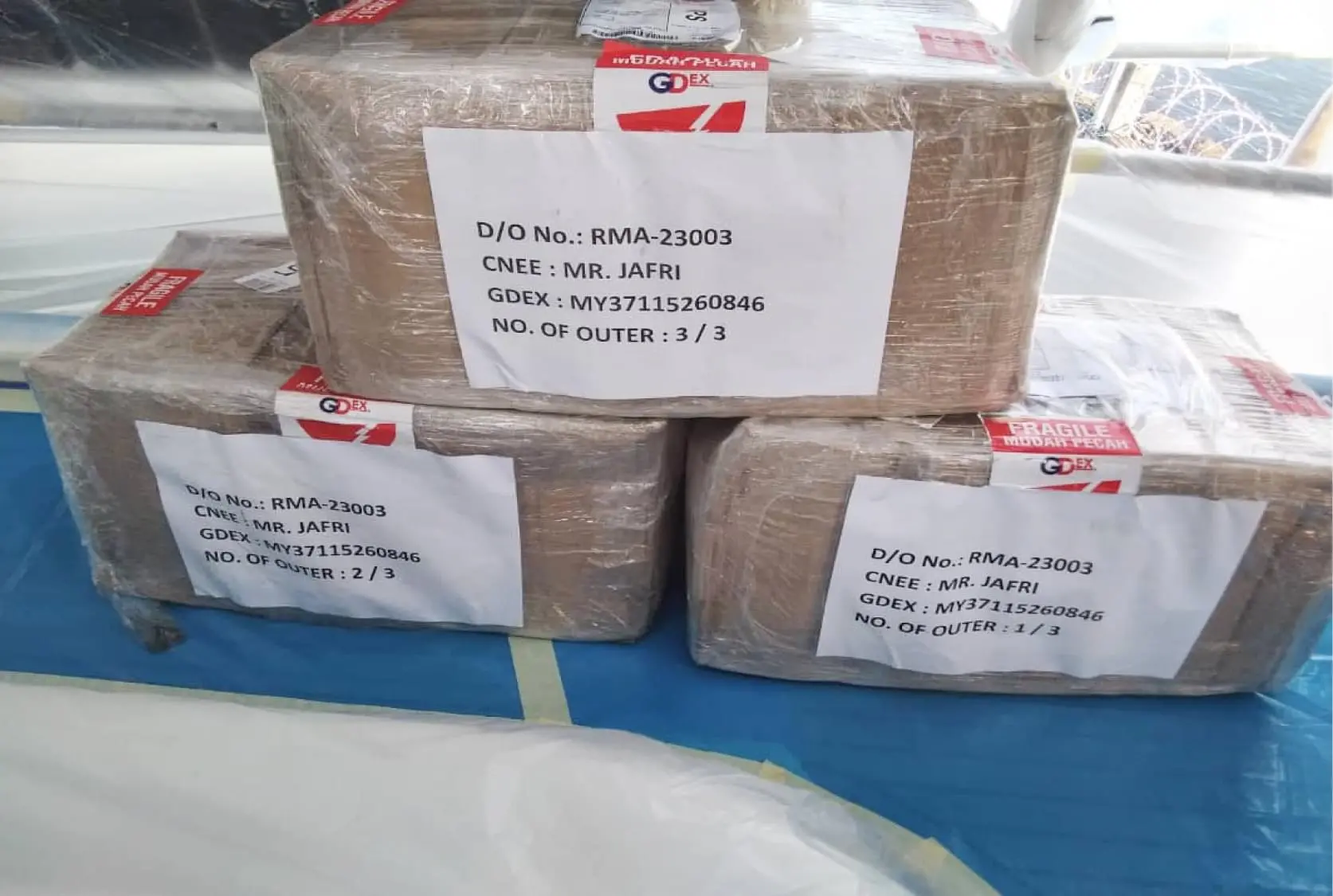

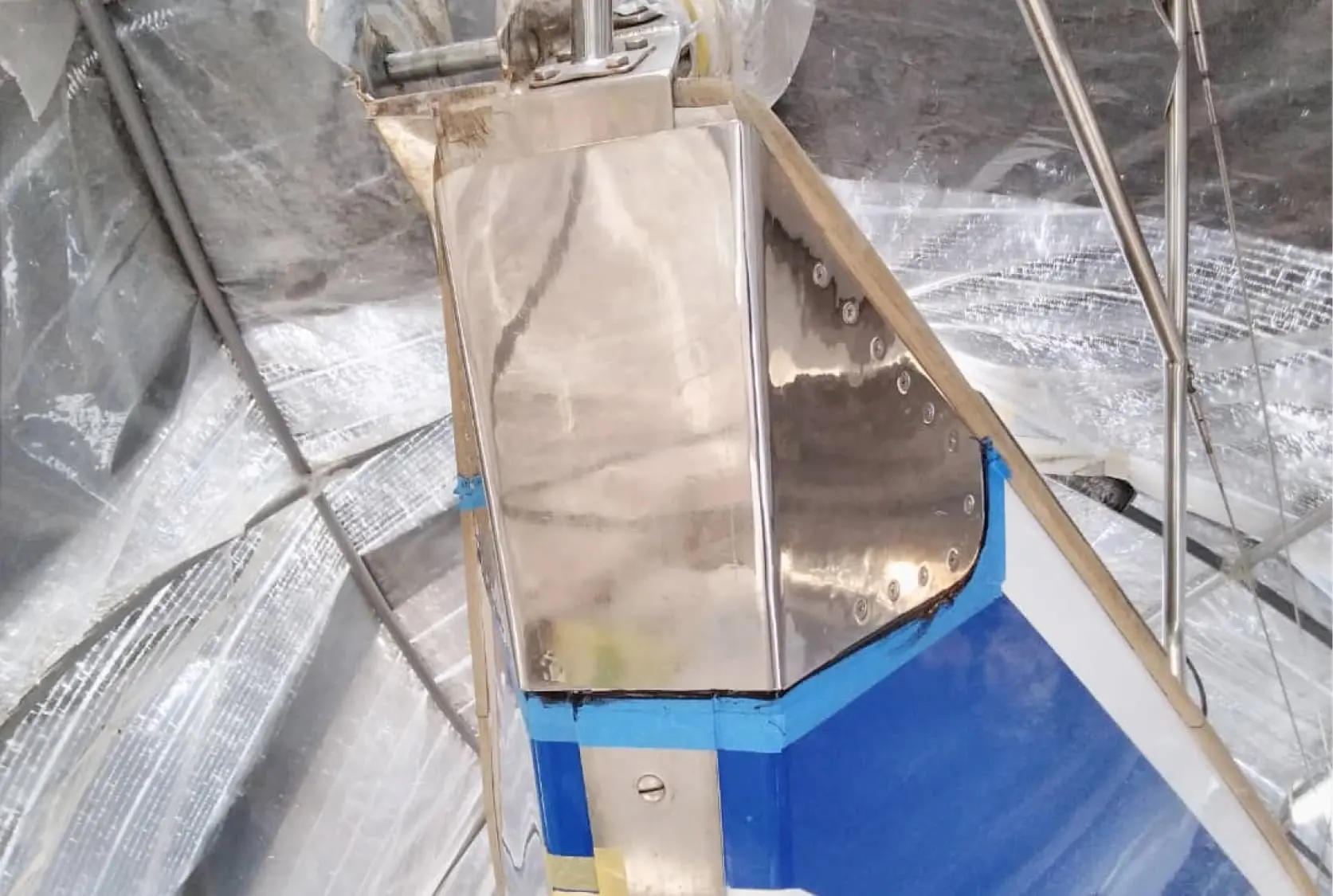

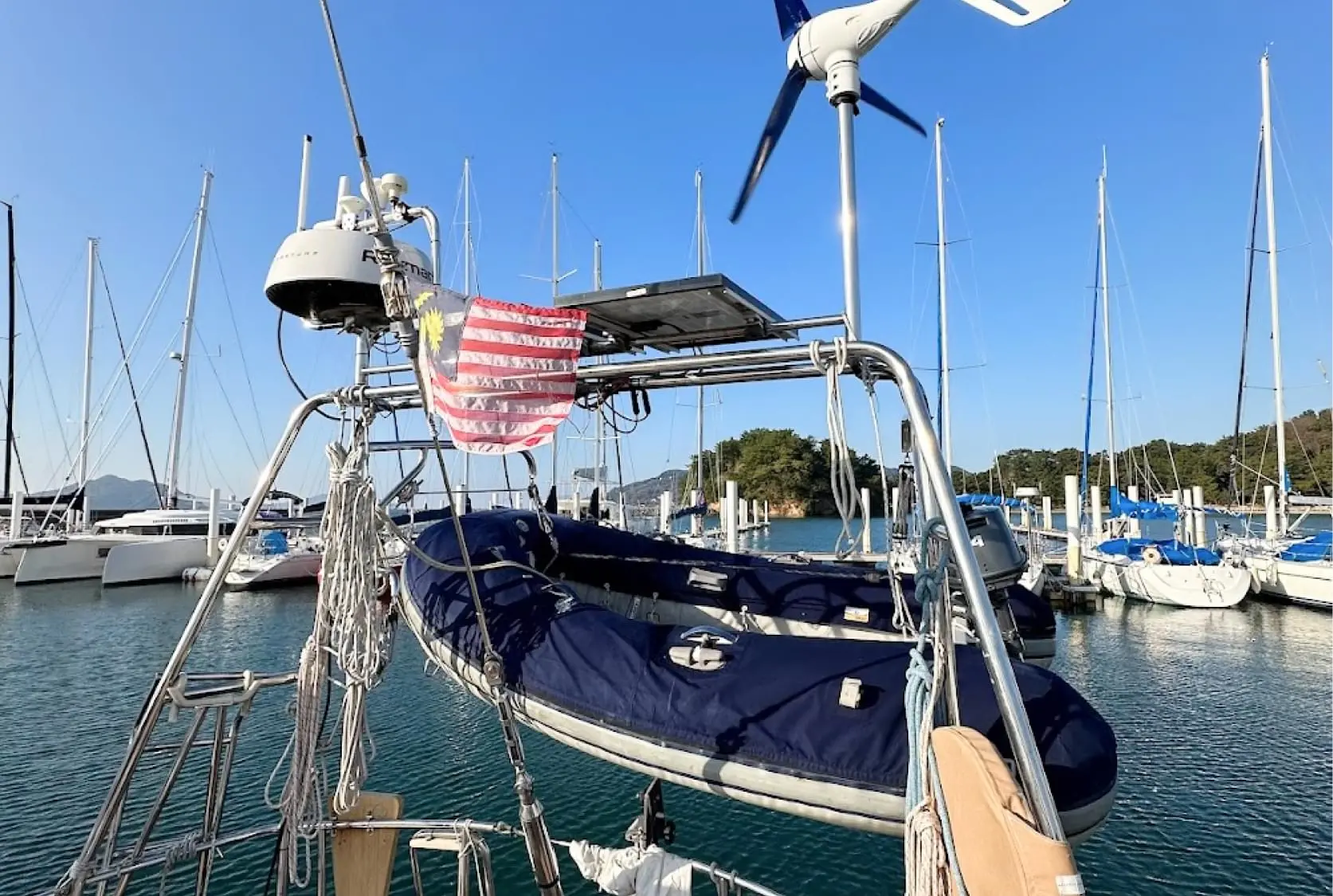

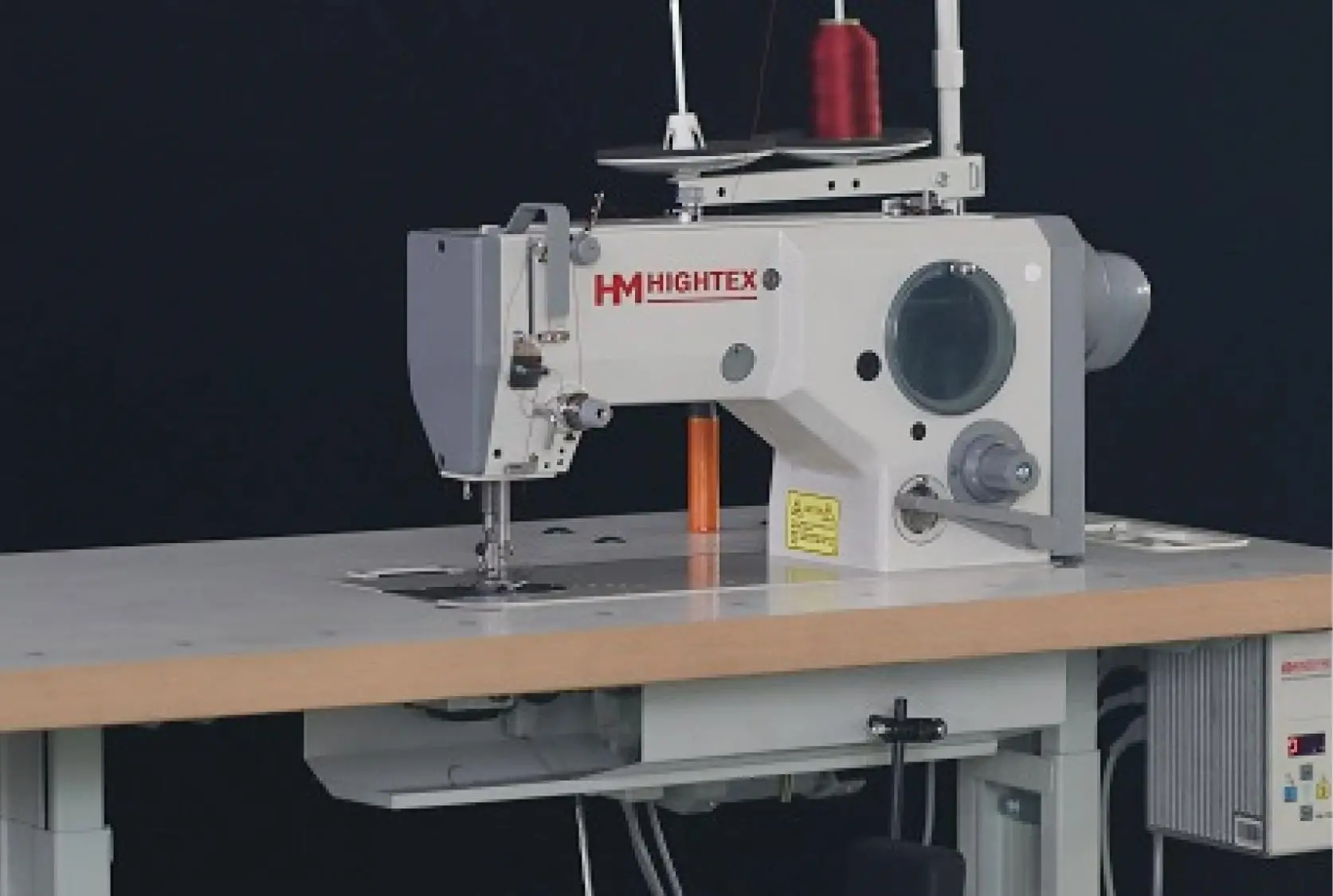





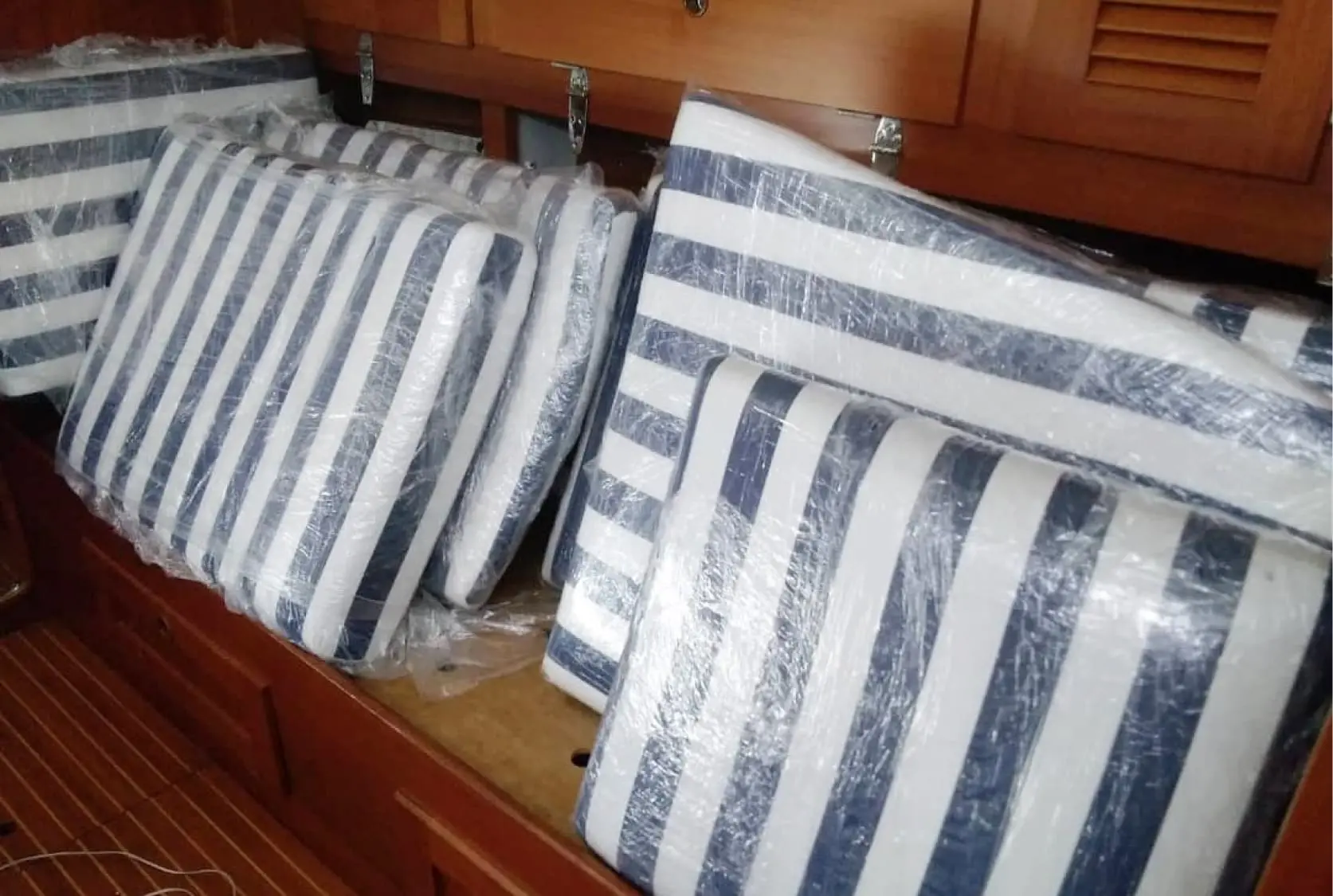

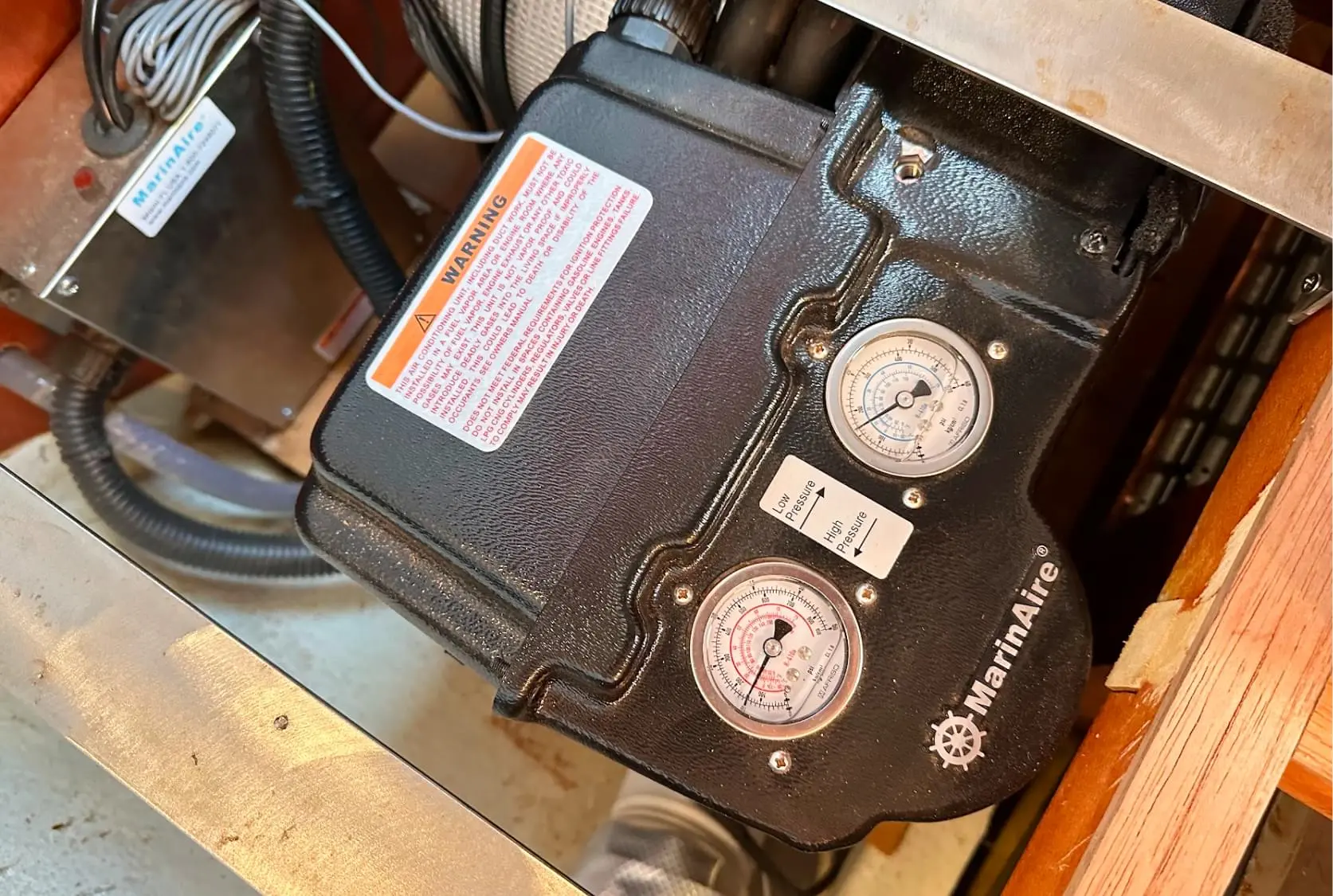

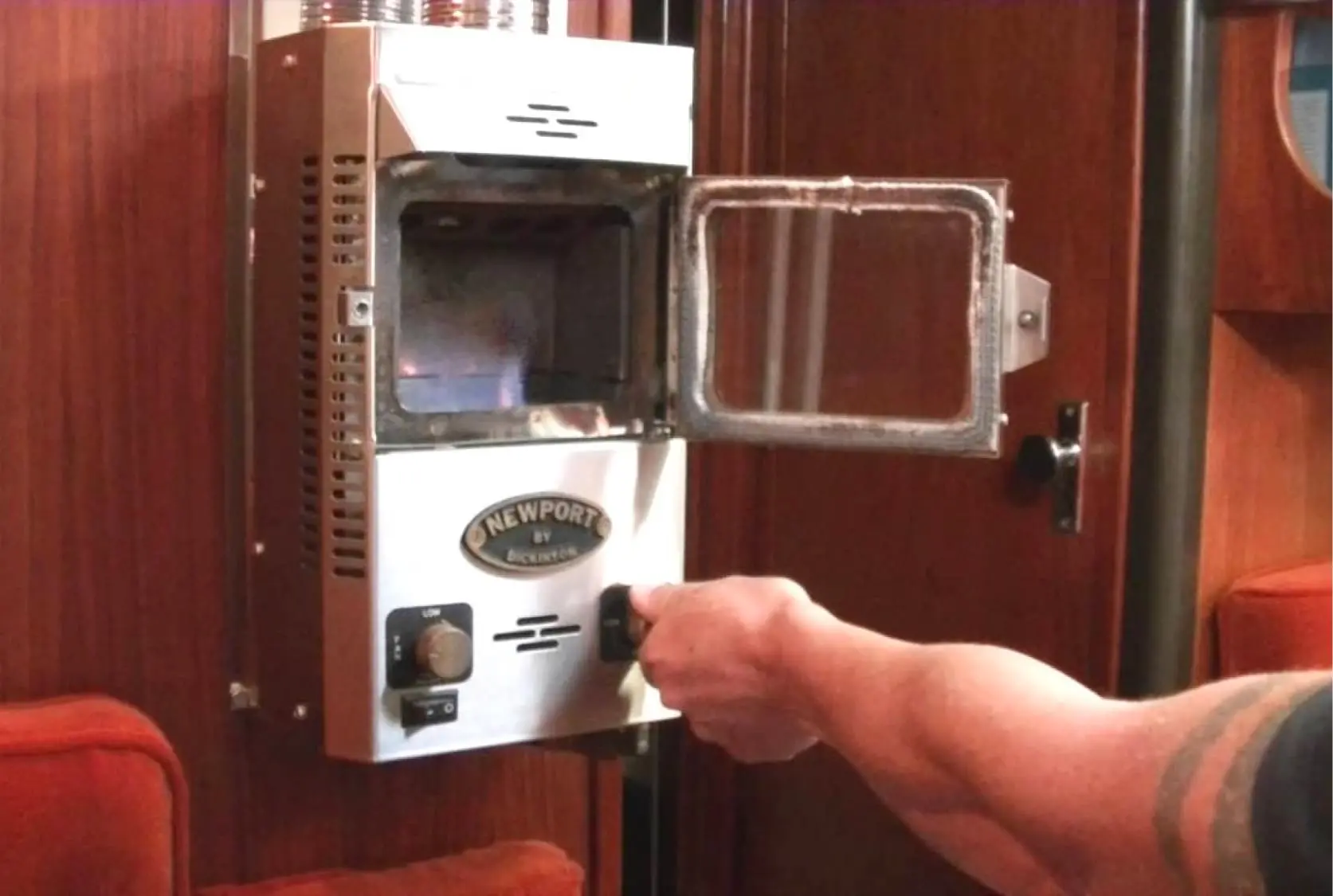

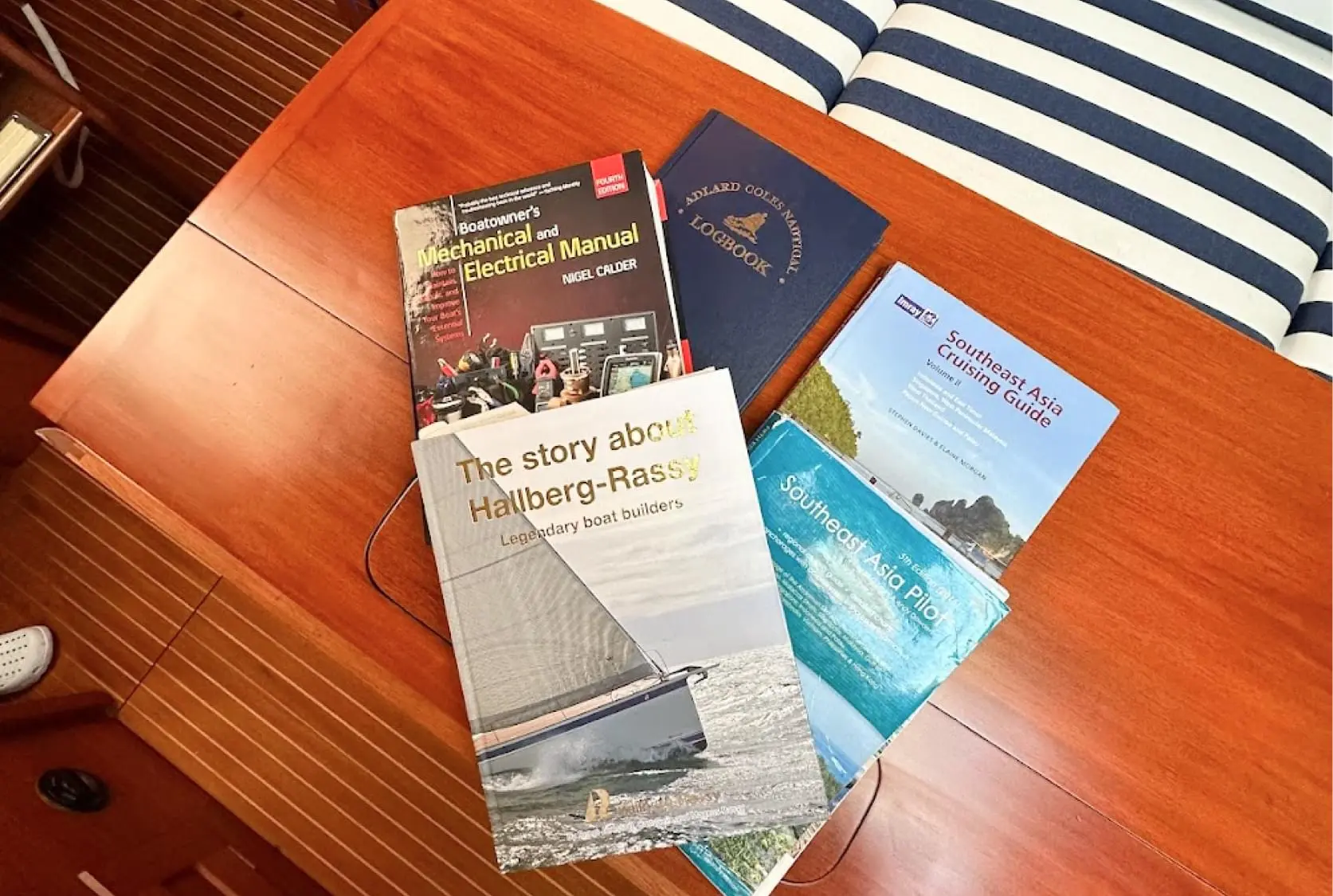

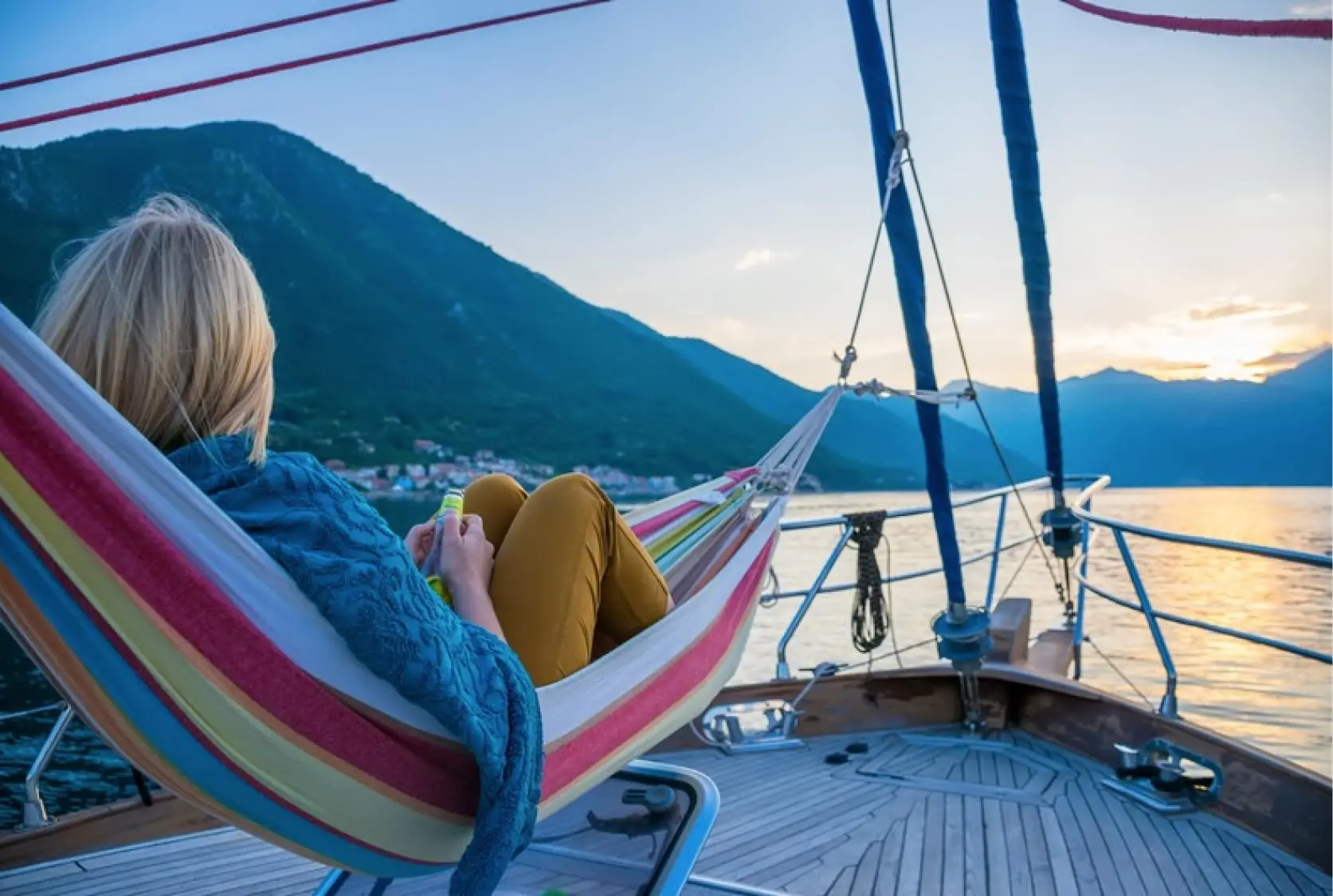


You're reading a book, and your dream turns into a step-by-step plan. The book covers even the smallest details of daily life.
All you have to do is create your plan and make it happen.



The course and book are translated into:
English, Dansk, Deutsch, Eesti, Español, Français, Hrvatski, Italiano, Latviešu, Lietuvių, Magyar, Nederlands, Norsk, Polski, Português, Română, Slovenčina, Suomi, Svenska, Türkçe, Čeština, Ελληνικά, Български, Русский, Українська, العربية, 中文, 日本語, 한국어.
Translation, voiceovers and subtitles are available in all languages listed.

Now we want to do a competition. The prize will be a real ocean yacht:
The budget we've set is 35,000 euros. The sailboat we're looking for is not just for leisure, it's truly a serious vessel!

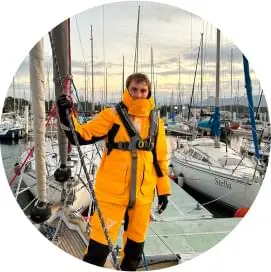
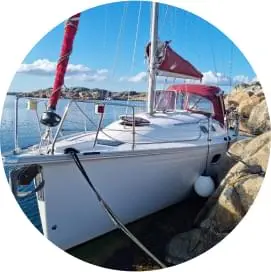
Each month I will raffle off a 5-7 day trip with me on my sailboat . This means that every month you have a chance to win this trip (you don't just participate once, but monthly after the course is released).
To participate in the travel drawing, you need to purchase a course and fill out a form. The form will be in the email with access to the course.
You come to visit me in Japan, we spend time together, get to know each other. I will show you the most interesting things ;)
In addition to the course, you can join our community chat. Here we discuss various sailboat-related topics.
You can ask your questions, and quite often you can get good answers.

 After the release of Part 2
After the release of Part 2






 After the release of Part 2
After the release of Part 2





Purchase the "Captain of your OWN Sailboat" video course package and my book "Buying a Sailboat from A to Z" with all the bonuses.
Watch the videos, and you'll gain an understanding of how to choose a sailboat, how to handle it, how to maintain it, and so on.
It's also worth getting some practice at a school or with an experienced captain.
Some of you will be able to come and visit me.
Choose your sailboat wisely. After the course, you'll have a clear understanding of what you need to buy, what to pay attention to, how to use it, and so on.
If you have questions — then you contact me for consultation, I will help you.
Once you buy the boat you will need to register it, make any small improvements you want to make, perhaps do some minor repairs.
Next, you'll start making your first voyages and gaining your own experience.
You can also ask me for help at this stage and I will answer any questions you may have.
After buying your first sailboat, you'll gain more experience and start to understand what you want in practice. Most likely, you'll buy your next boat.
If you follow my recommendations, the budget for a new boat will increase with each transaction due to the sale of the previous boat.

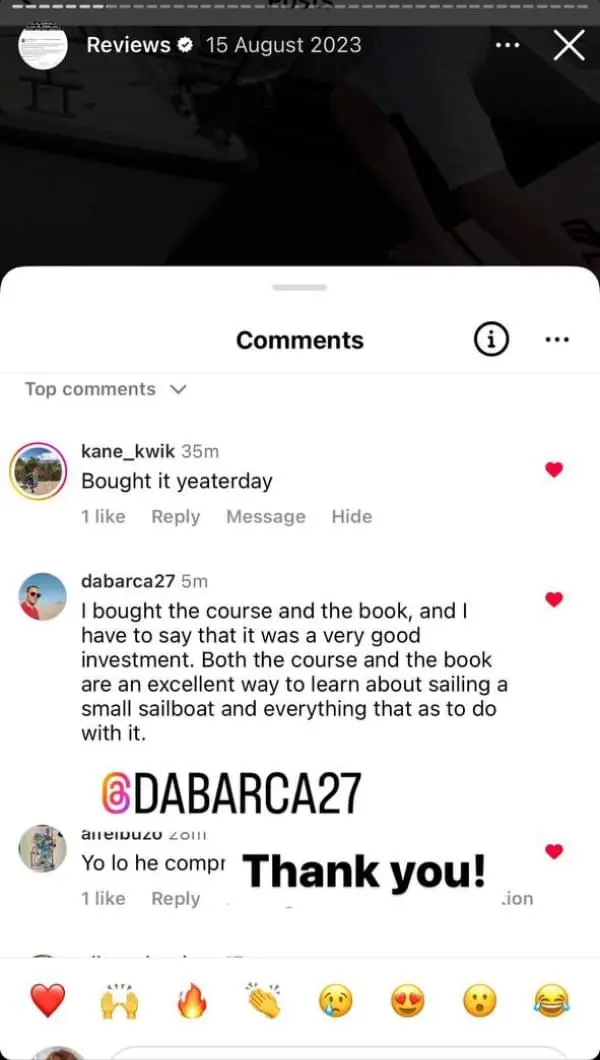

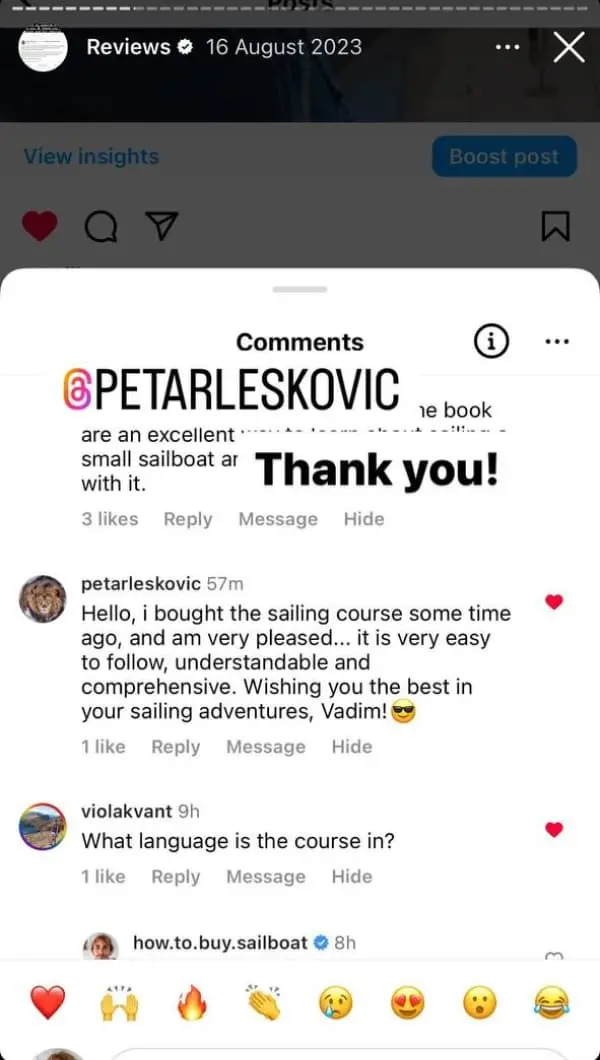
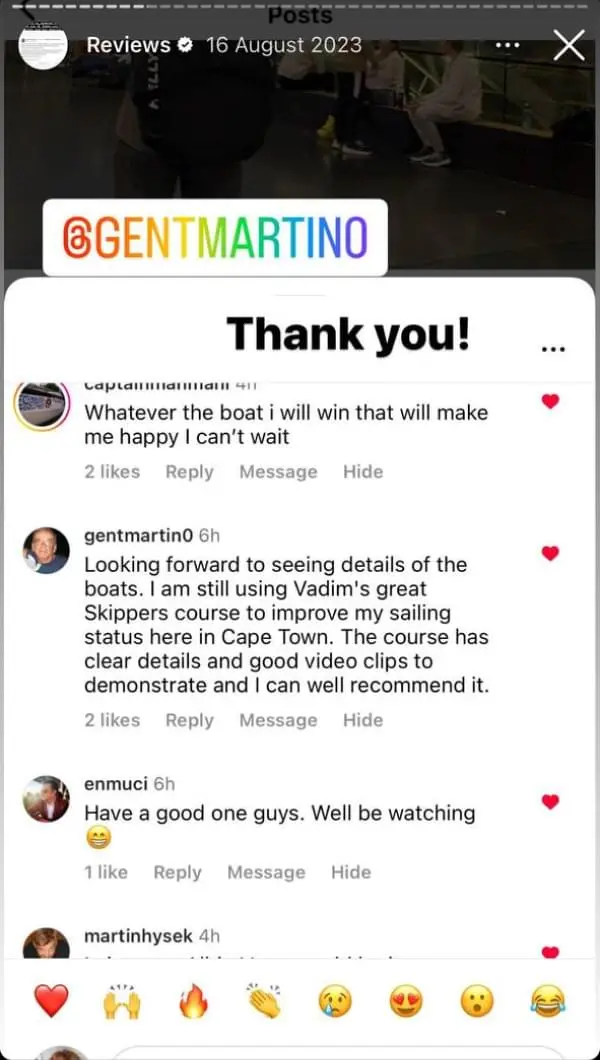
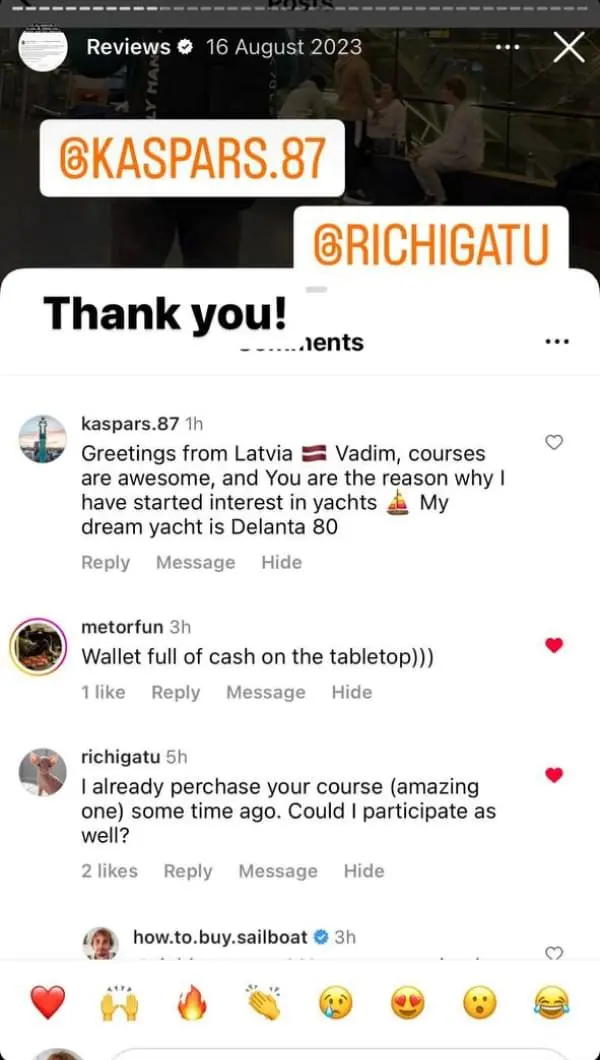
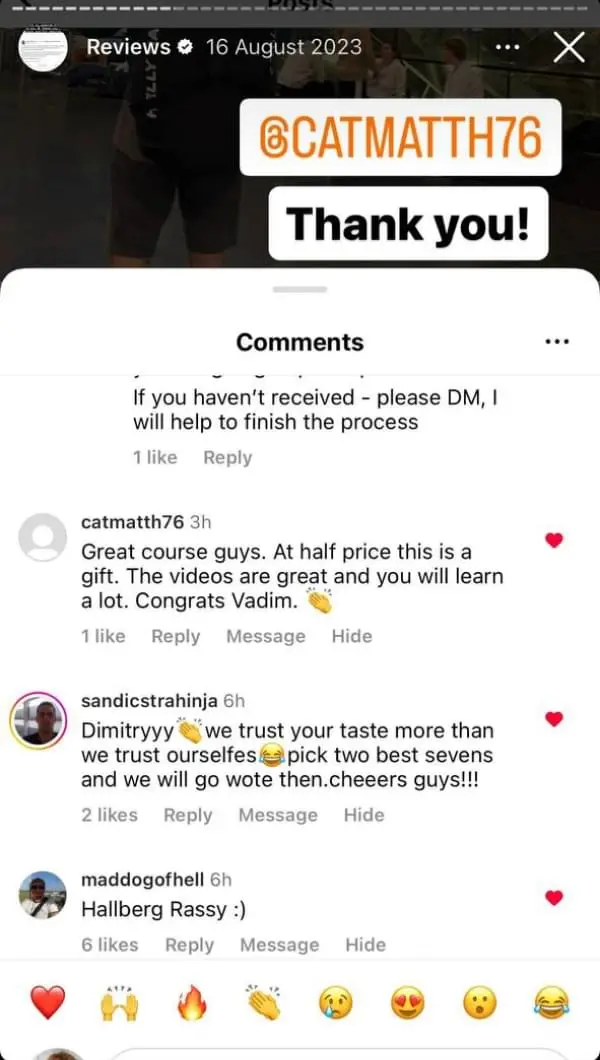

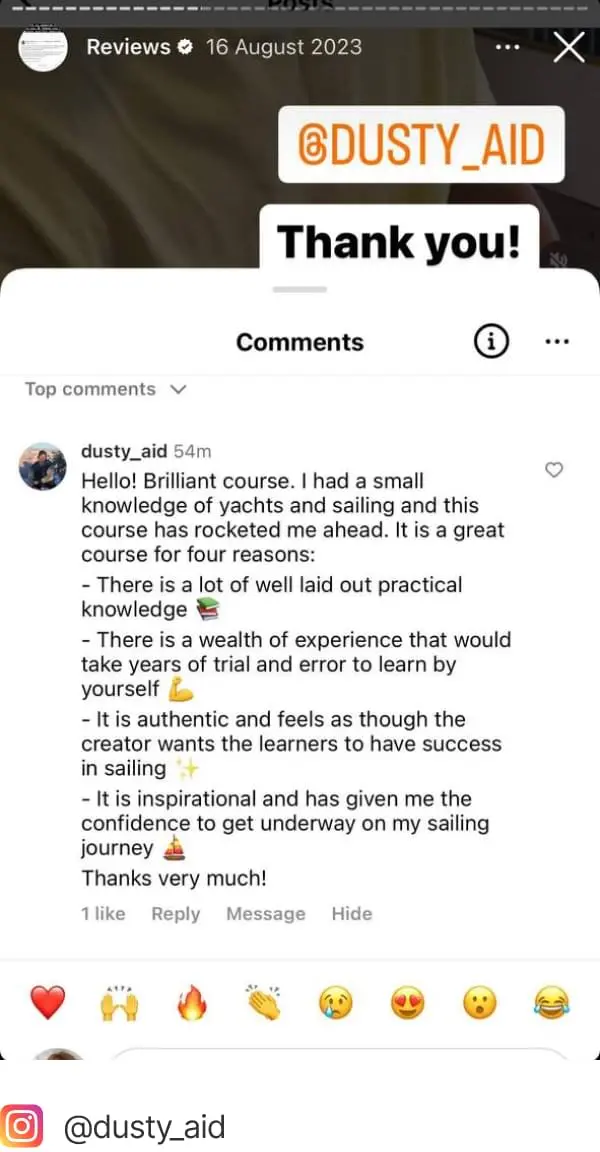


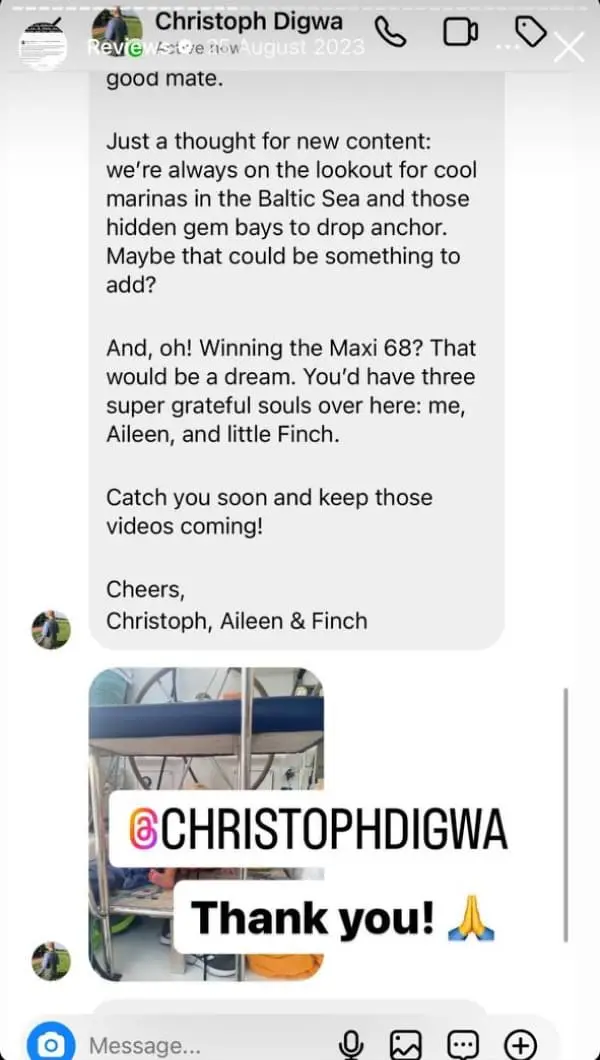
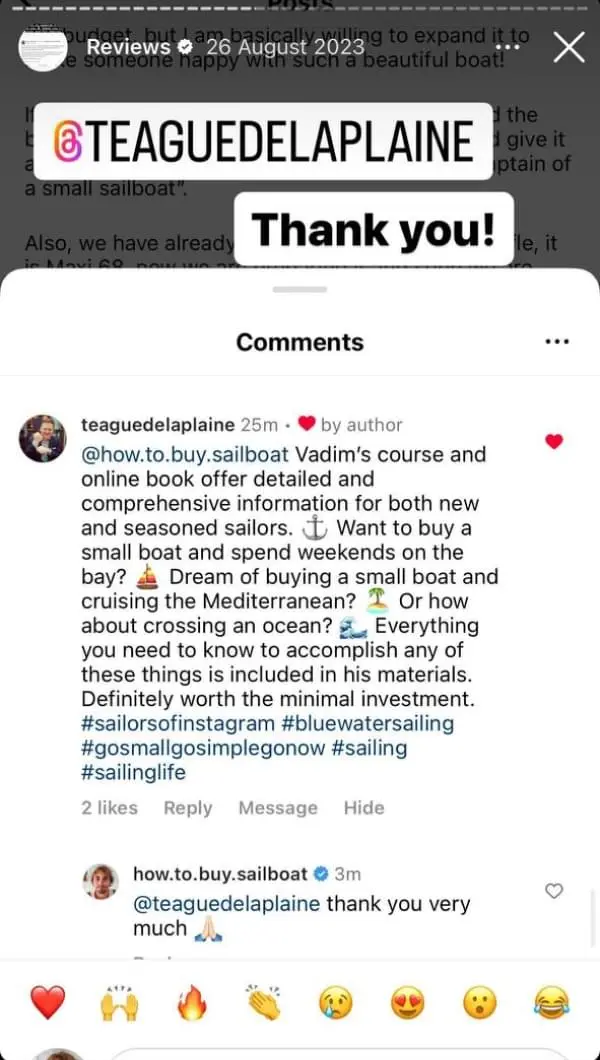
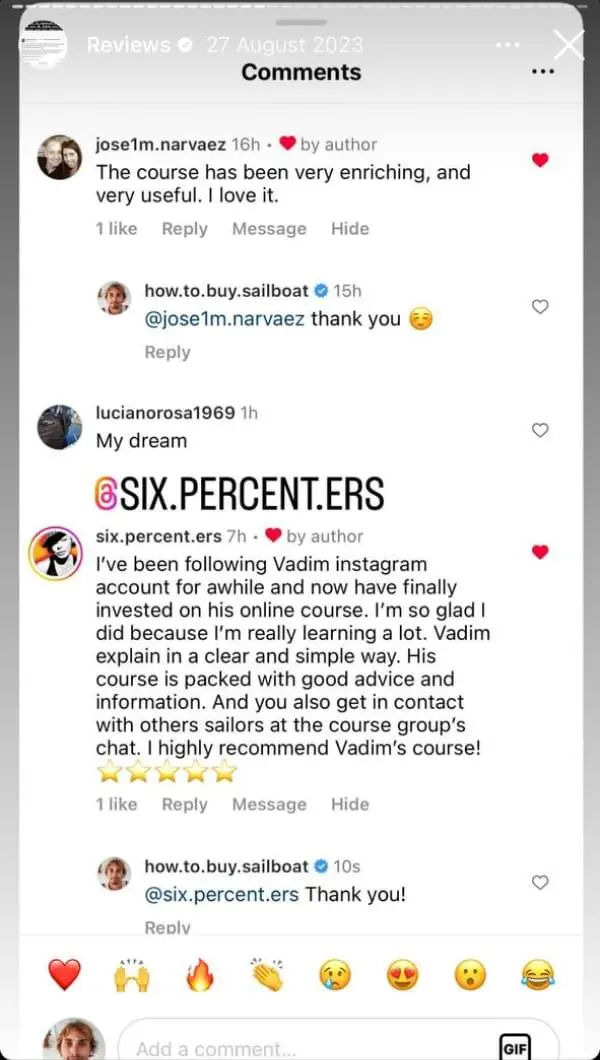
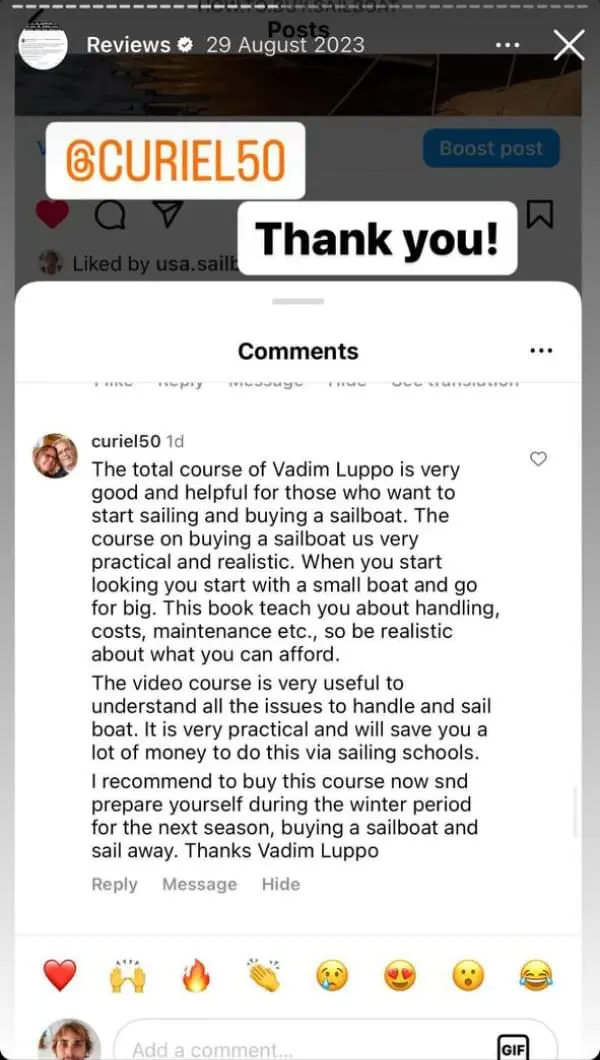
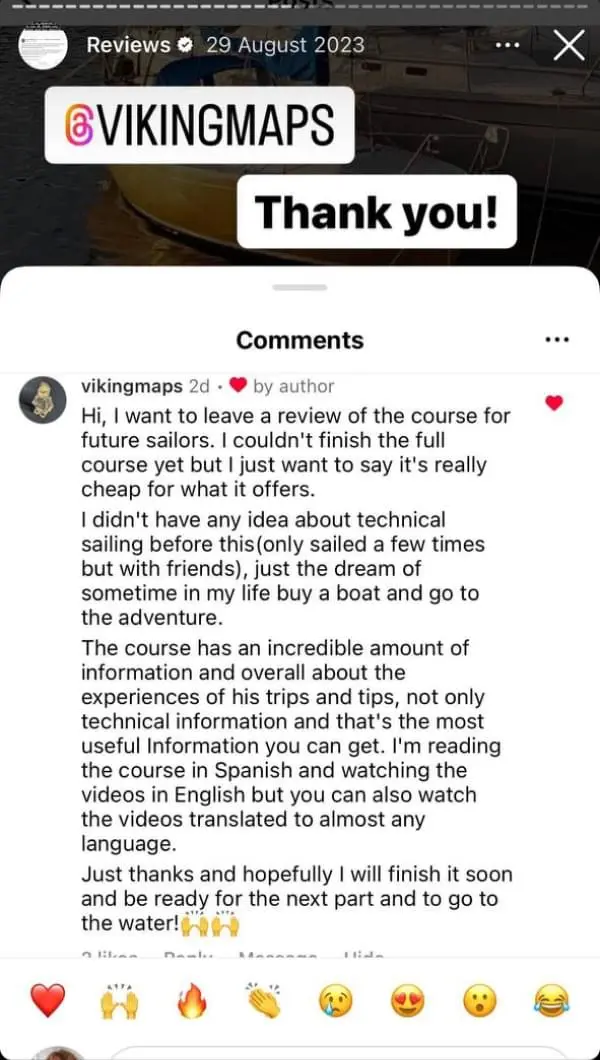
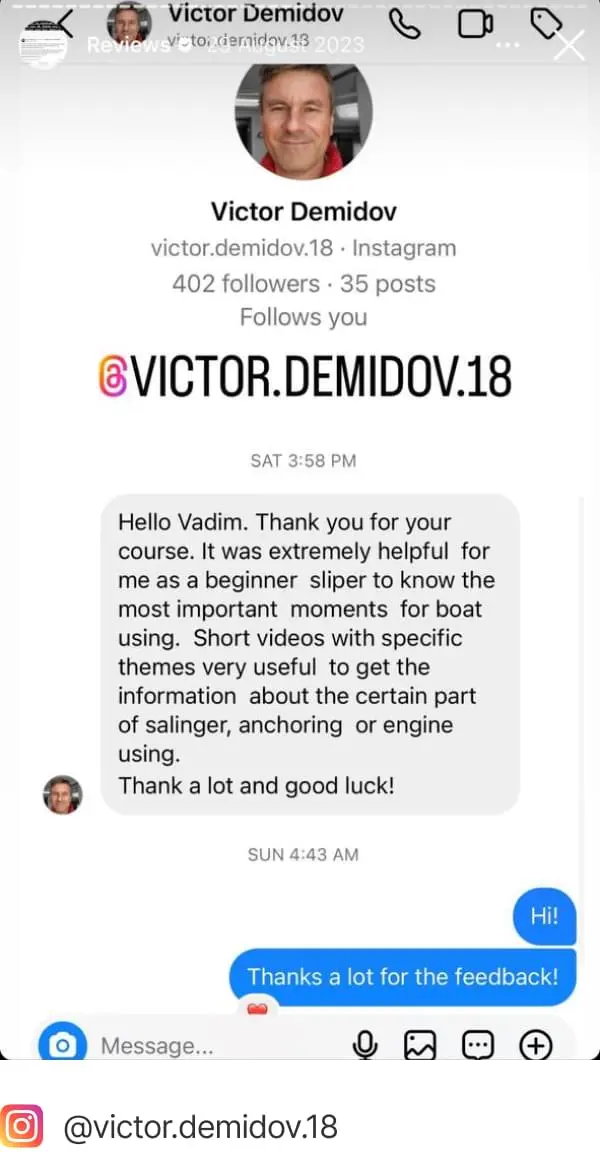

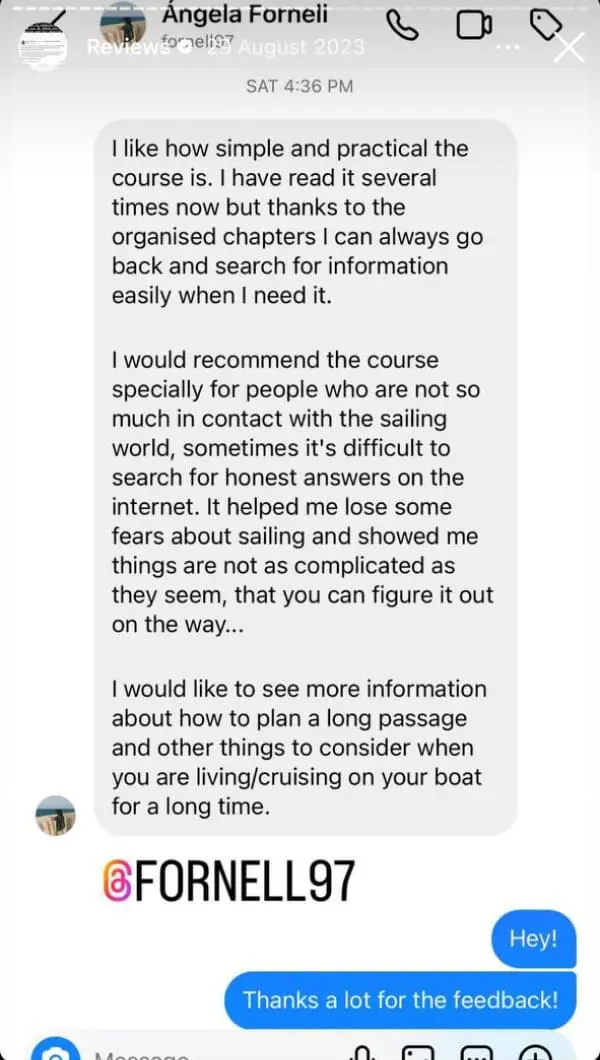
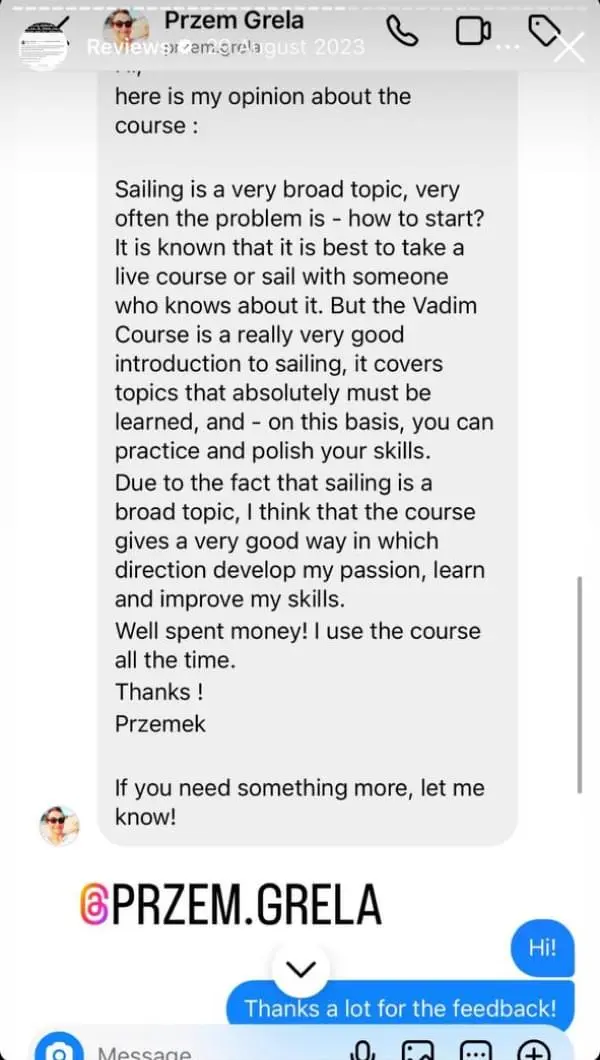
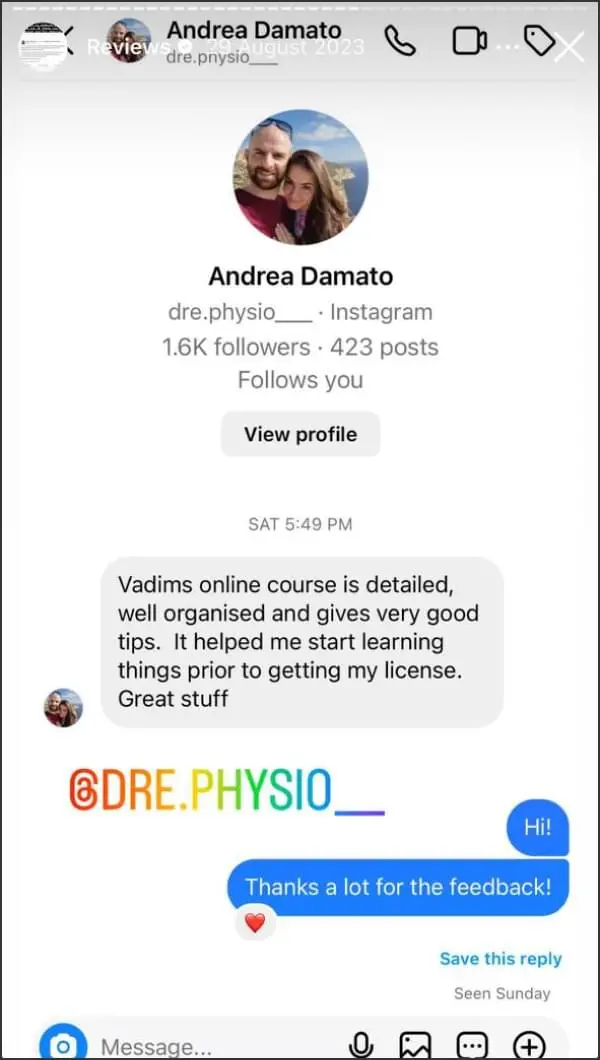

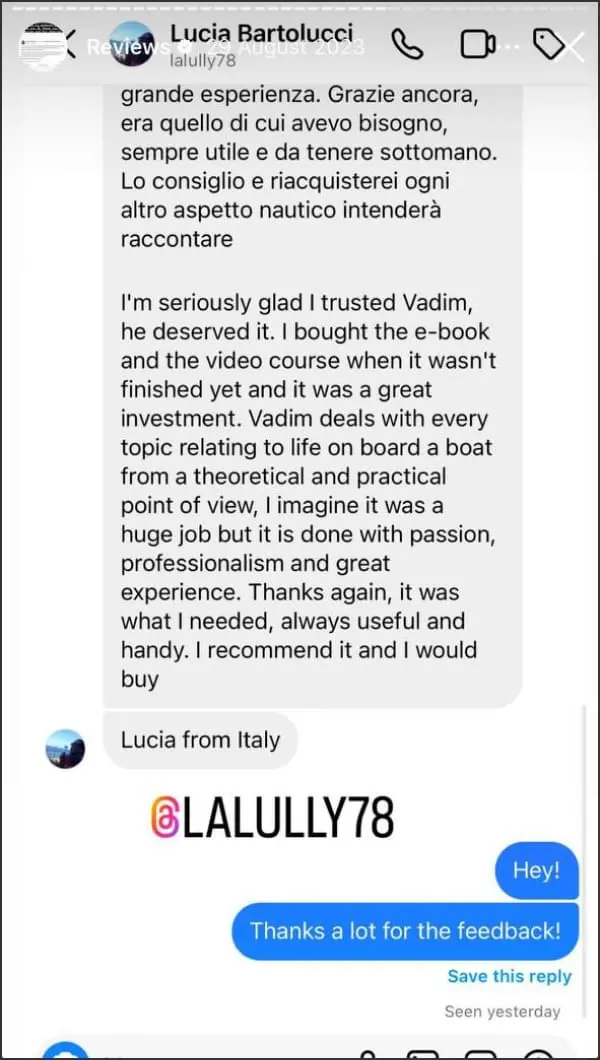
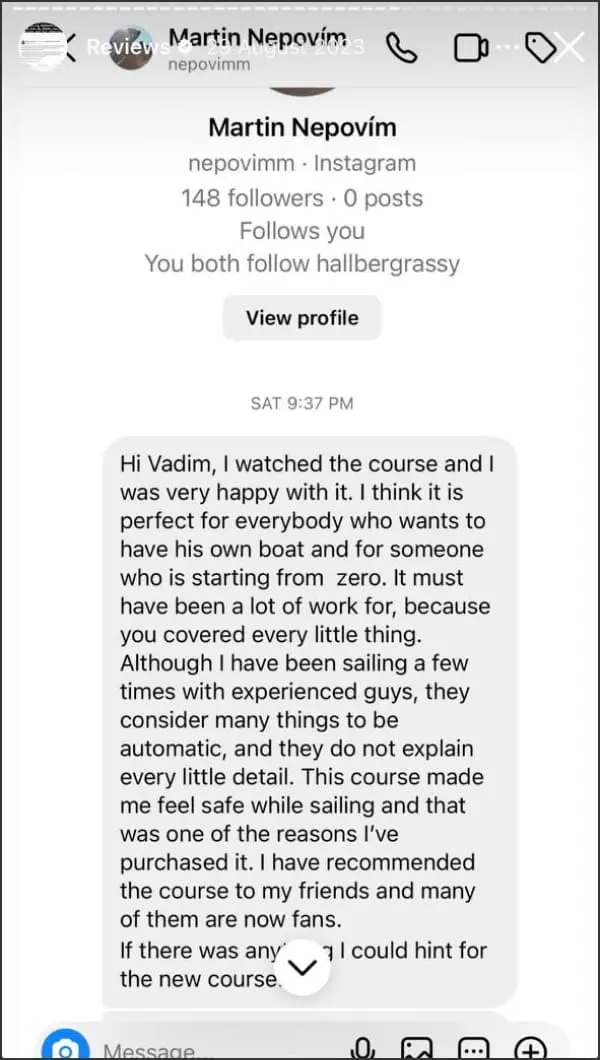

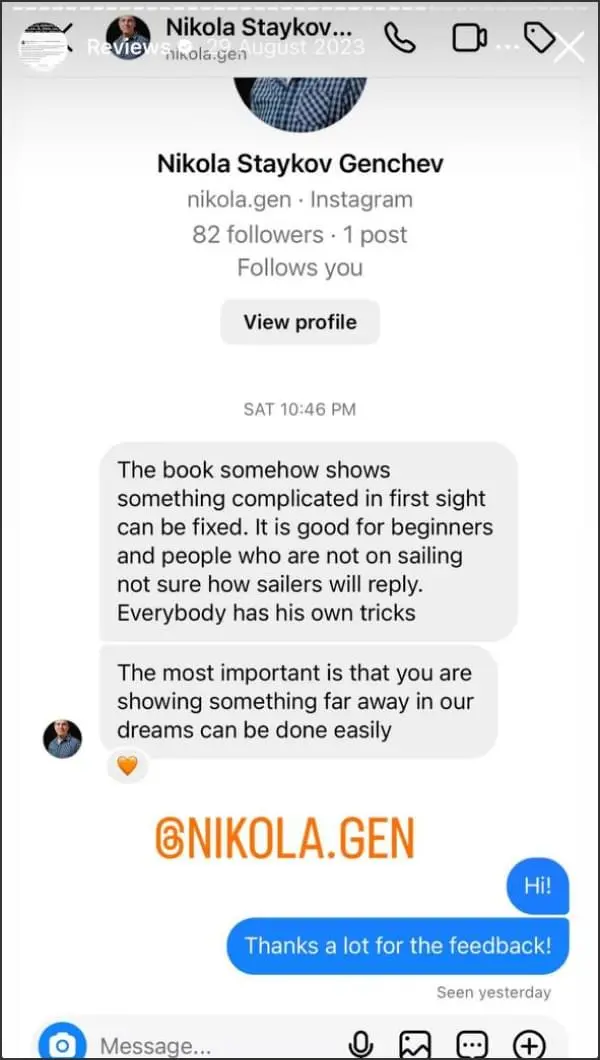
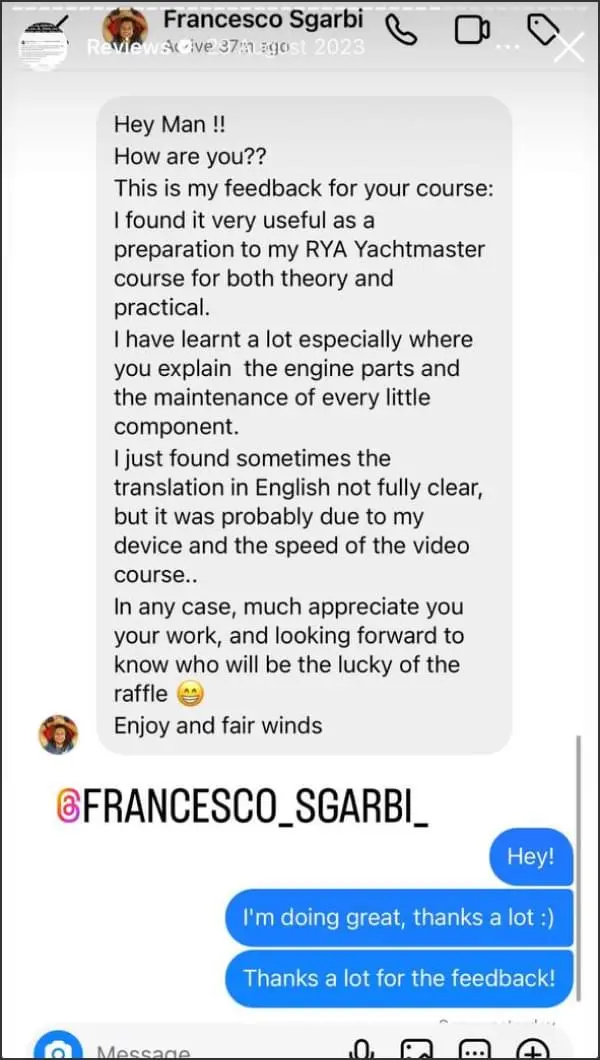
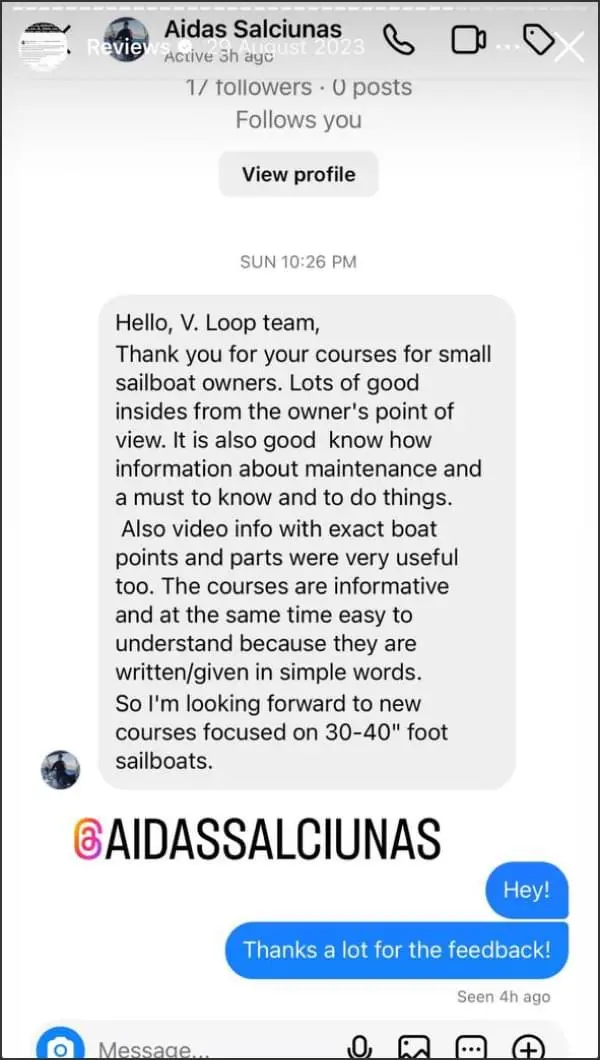
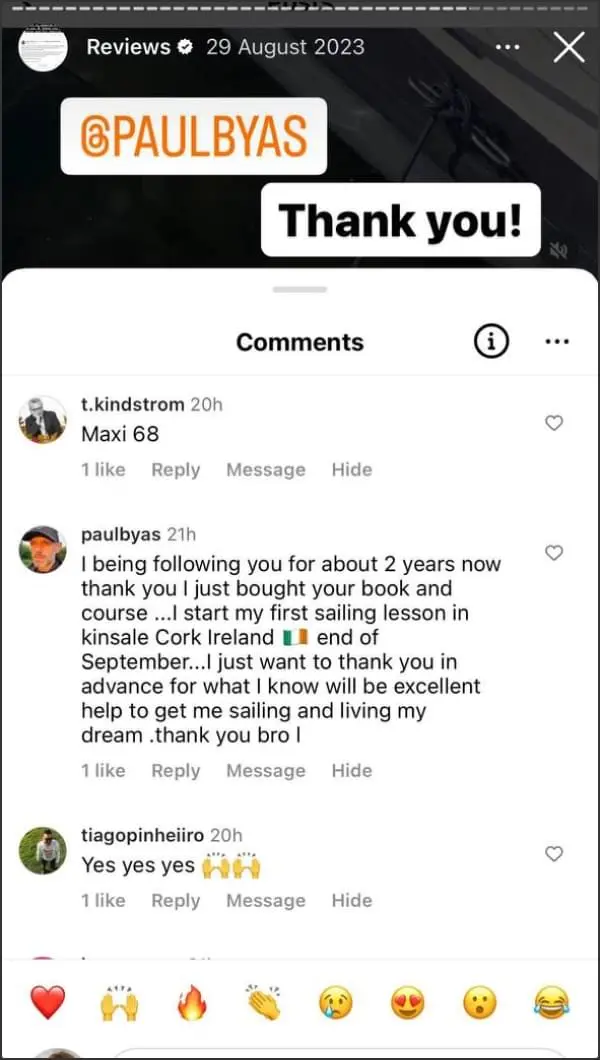
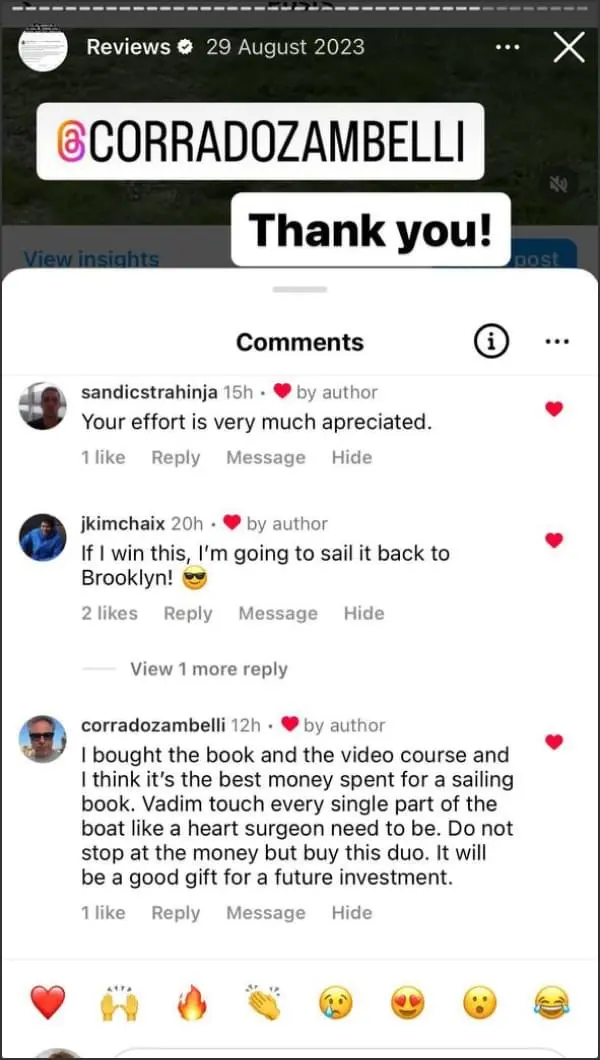
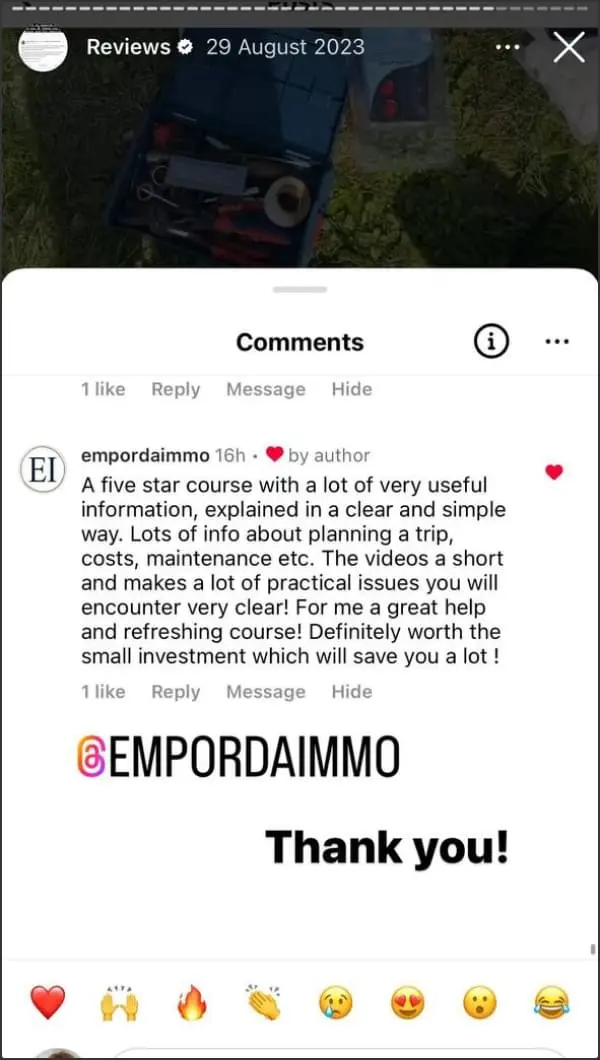


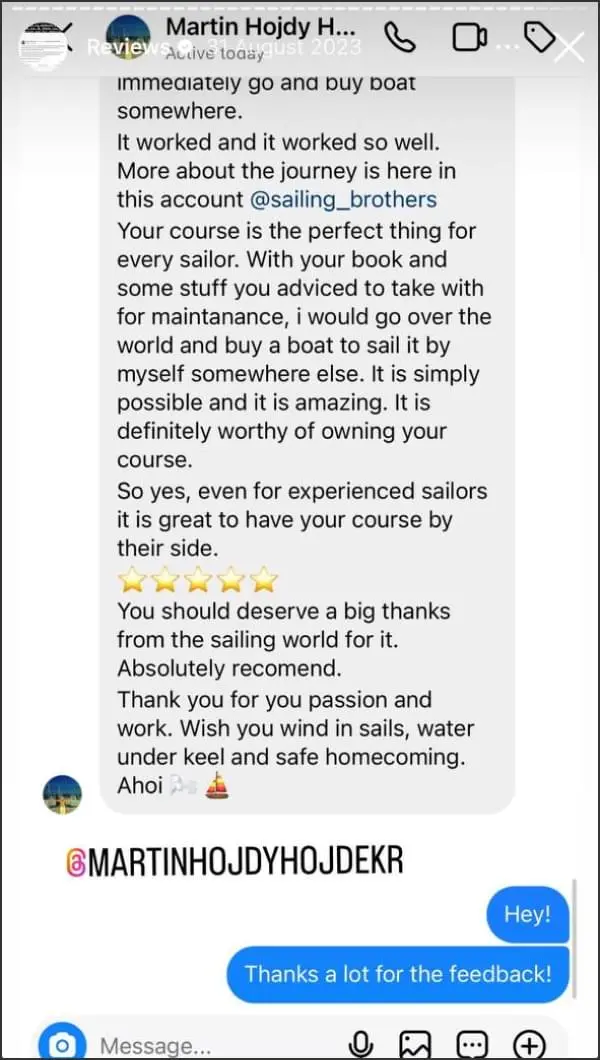
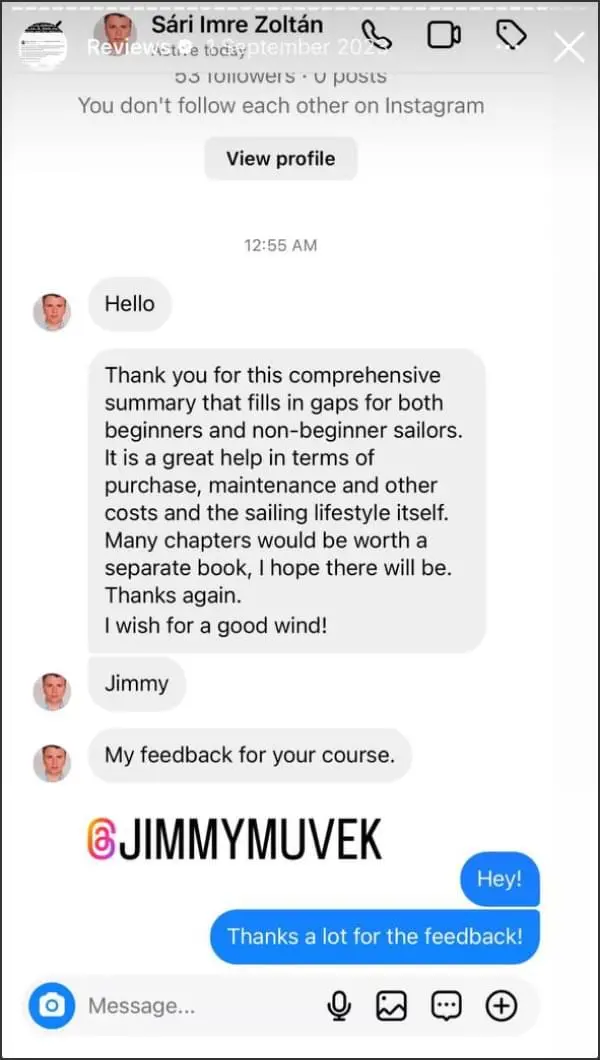
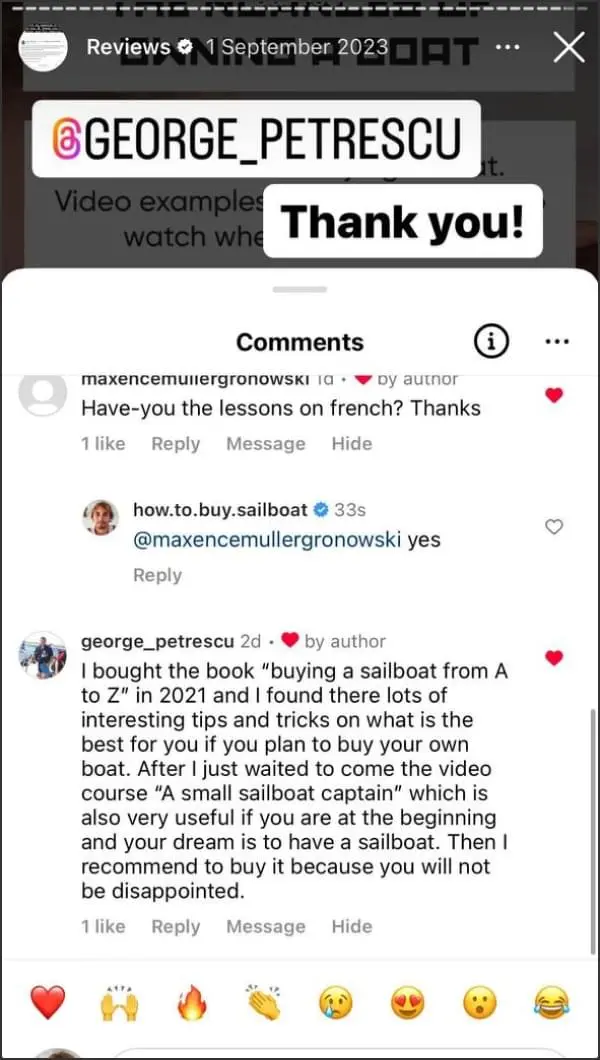
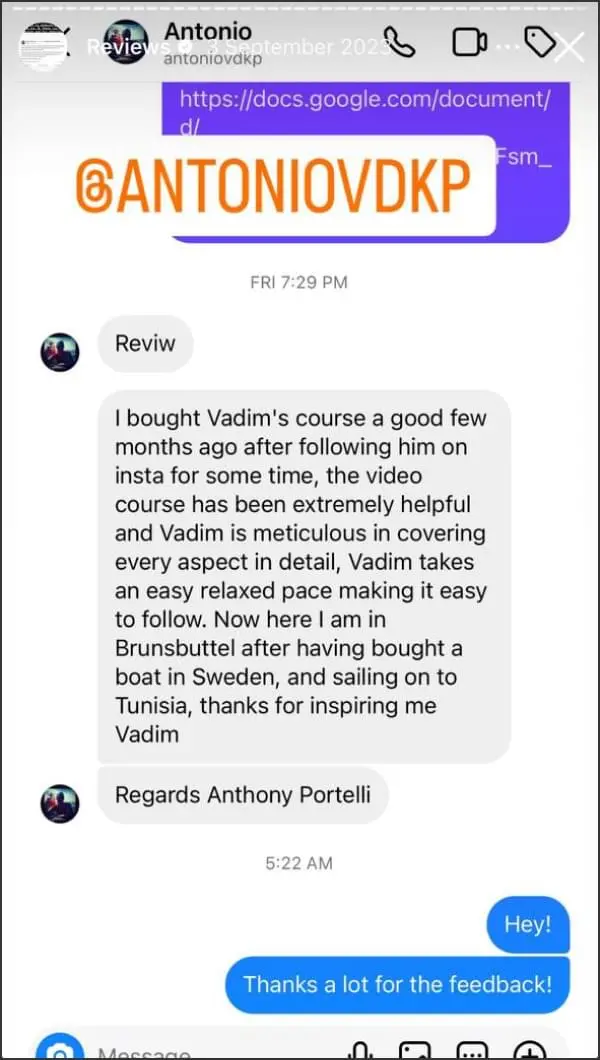
The course includes all the essential knowledge for sailboat handling (a program similar to RYA or IYT, but more focused on practical skills). You'll also gain knowledge and experience in purchasing and maintaining a sailboat. I'm preparing you to own a sailboat, not just to charter one.
The course is made up of short videos, with a separate clip for each topic. This is done for easy understanding. So you can always come back to the topic you're interested in, watch a 5-15 minute video, and refresh your memory.
The video course consists of 287 videos and about 200 more videos in development. We scheduled it to be completed in the 1st half of 2024.
The list of topics can be found on this website.
After your purchase, you can come visit me in Japan within 3 years, provided that you arrange the timing in advance. Also, you must watch the entire course and pass an internal theoretical test on the material.
This is being done so that I can entrust my boat to you, and you already have at least theoretical knowledge.
Every month after the course release I will raffle off a 5-7 day trip with me on my Hallberg-Rassy 382 sailboat in Japan or another country I will be in, but for now I am in Japan.
You just need to come to Japan, and everything else will be ready.
Every month, you have a chance to win this trip. There's no need to go right away; you can come anytime within 3 years.
Participation also requires completing the course and passing the final test.
Yes, by buying the course and filling out the form, you can participate in a competition to win a yacht. It will be a good boat, ready to travel, the prize budget is up to 35 000 euros!
To participate, tell us about yourself and share how you plan to use the sailboat. We'll post the best stories on social media, and the winner will be determined by a public vote. The winner will receive a sailboat.
The draw will be held next summer.
It's a pleasant surprise for those who've purchased the package, you'll find out after buying ;)
The course is aimed at giving all information about owning a sailboat of 7-15 meters. These are the yachts that I show you on social networks.
Most schools teach with the expectation that you will charter a yacht. Also, the handling of a small sailboat is somewhat different from the large yachts on which they train in schools. For example, setting and adjusting the sails is done a little differently, and the moorings are also slightly different.
These are the insights that most schools don't provide!
In my opinion, after my course you will be better prepared to own and sail both small and large yachts. This is not self-promotion, but my reference point. I make a product for specific purposes, narrower than those of sailing schools. This course is specifically for members of our community, with all the nuances we require.
You can do an internship at any school based on this theory, i.e. all you need is practice.
The video course is partially complete (287 videos), the second part (200 videos) is in development, with a planned release date in the first half of 2024.
The book gives step-by-step instructions on how to buy an inexpensive but good yacht in Europe. The topic is covered from A to Z. Also, the book tells how to prepare the yacht for the voyage quickly and take the boat from Sweden to the Mediterranean.
The book is digital, and it works on any device with a browser, both online and offline (after the first download). Since the book is in electronic format, you get it instantly, and I can update and add new topics (which I do all the time).
Check your email, there's a special offer for readers. If you haven't received this offer — contact me on social media or by email.
There is a special offer for you to upgrade your course to "Captain of your OWN sailboat". It's available hereafter you sign in.
Just message me on social media, tell me about your situation. I'll do my best to help.
Just click the “Purchase” button, then enter your e-mail in the form, click “Get the package”, pay, and access will be sent to your e-mail.
You have to walk towards your dream, even if you walk slowly, even if you crawl. If you can't crawl, you have to lie down in the direction of your dream. In this case, you take the first step, it is usually the most difficult, and then life usually presents us with different options, different opportunities.
One of these opportunities is to win a sailboat, which is quite possible, but not the only one. Life offers many chances, so by taking the first step, you'll start to see where to take the second step, then the third, and so on.
Now's your chance to take the first step, will you do it?
The content will be available for 3 years from the release of the second part, and it can also be extended.
The course and book are translated into: Dansk, Deutsch, Eesti, English, Español, Français, Hrvatski, Italiano, Latviešu, Lietuvių, Magyar, Nederlands, Norsk, Polski, Português, Română, Slovenčina, Suomi, Svenska, Türkçe, Čeština, Ελληνικά, Български, Русский, Українська, العربية, 中文, 日本語, 한국어. There are also subtitles available in all the listed languages.
I've detailed all the benefits of my product very thoroughly, so I won't repeat myself. The only question left is: what's best for you? Do you think this purchase will bring you closer to your dream?
In matters of putting off "for later", I usually convert the rest of my life until age 60 into days, and I end up with less than 10,000 days left. As a result, I quite often decide that it’s better to do it and regret it than not to do it and regret not doing it :)
Just a reminder, there are a limited number of places available for the journey—I physically won't be able to invite more than 30 people per year, and it's also possible that I won't make such an offer next year.
Ask yourself honestly, what's better for you, and make a decision!
 After the release of Part 2
After the release of Part 2






 After the release of Part 2
After the release of Part 2






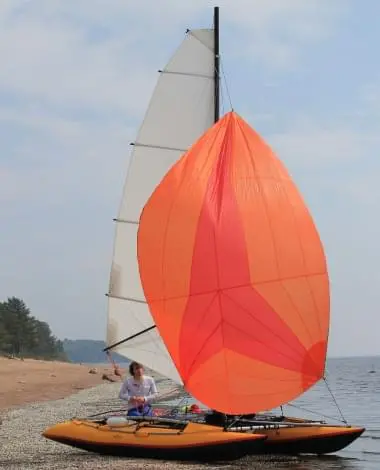

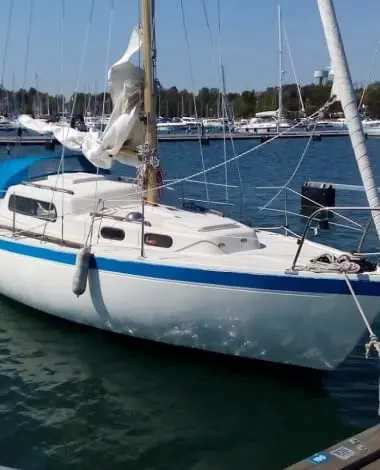
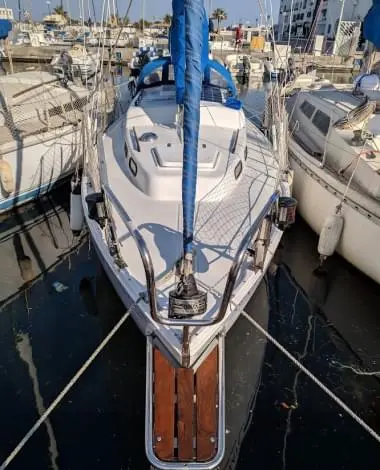
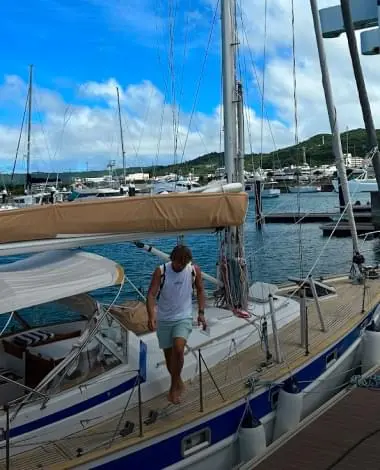
The 1st boat was a dismountable cat, length 5.5 meters, width 2.5 meters, coastal sailing, bought in 2011 for 4000 euros
The second boat is Karlskrona Viggen, 7.1 meters, width 2.24 meters, was bought for 1200 euros in Sweden in 2014, then was sold for 3000 euros (travels in Sweden and Finland, Åland Islands)
The 3rd boat is Albin Vega, it was a more mature boat, but still with outboard engine, length 8.25 meters, width 2.46 meters, bought in 2016 for 2300 euros.
We had planned to take her to Amsterdam, but decided to travel around Sweden and Finland instead, and then sold her for 6000 euros
The 4th boat also Albin Vega, but already very much renewed, with a new engine, repainted, everything is very fresh, the past owners have invested a total of about 25,000 euros, and I invested 3500 euros more.
Purchased in 2018 for 6,500 euros, sailed around Europe from Sweden to Tunisia, sold in the Mediterranean for 15,000 euros
The 5th boat is Hallberg-Rassy 382, current boat, we came to Japan on it